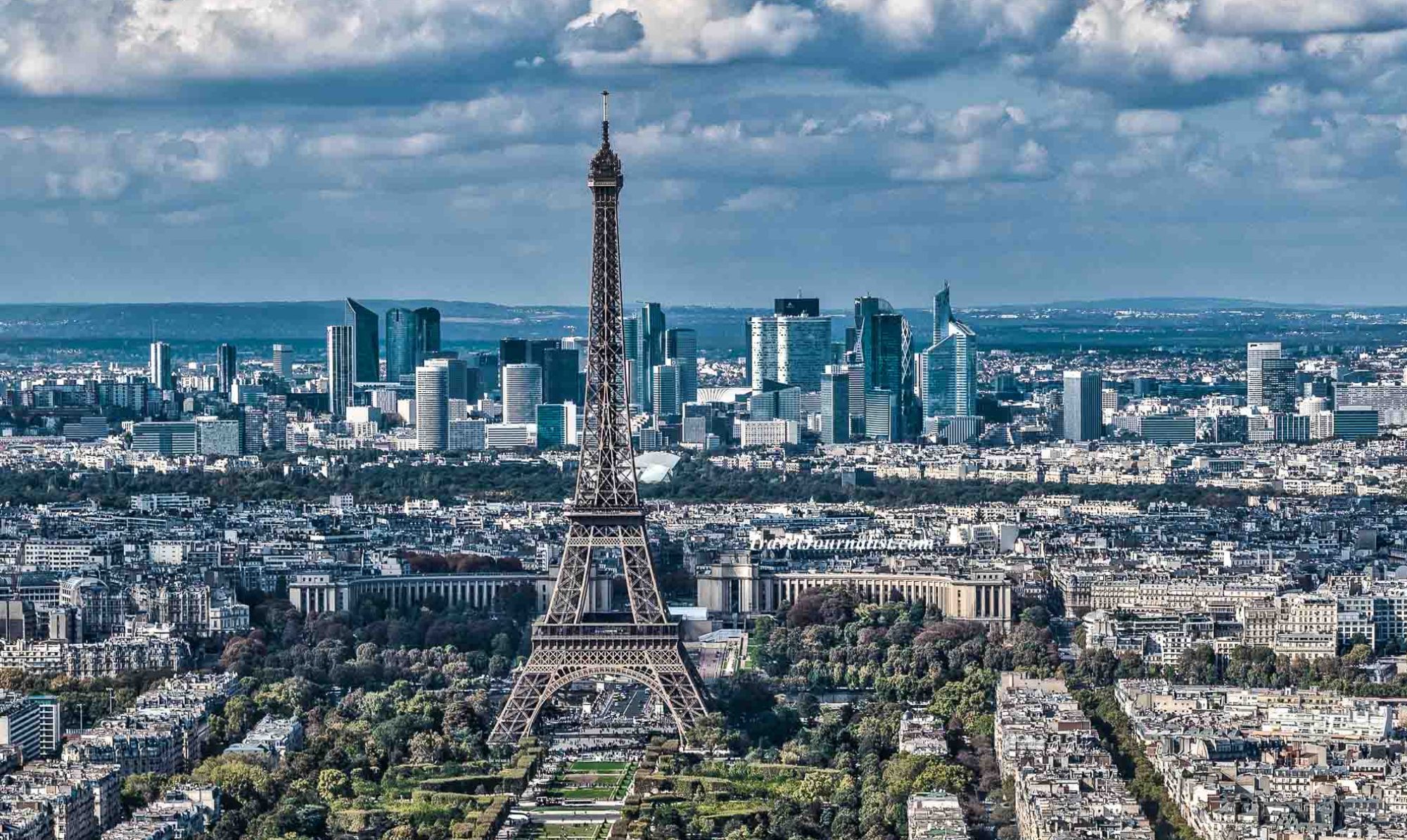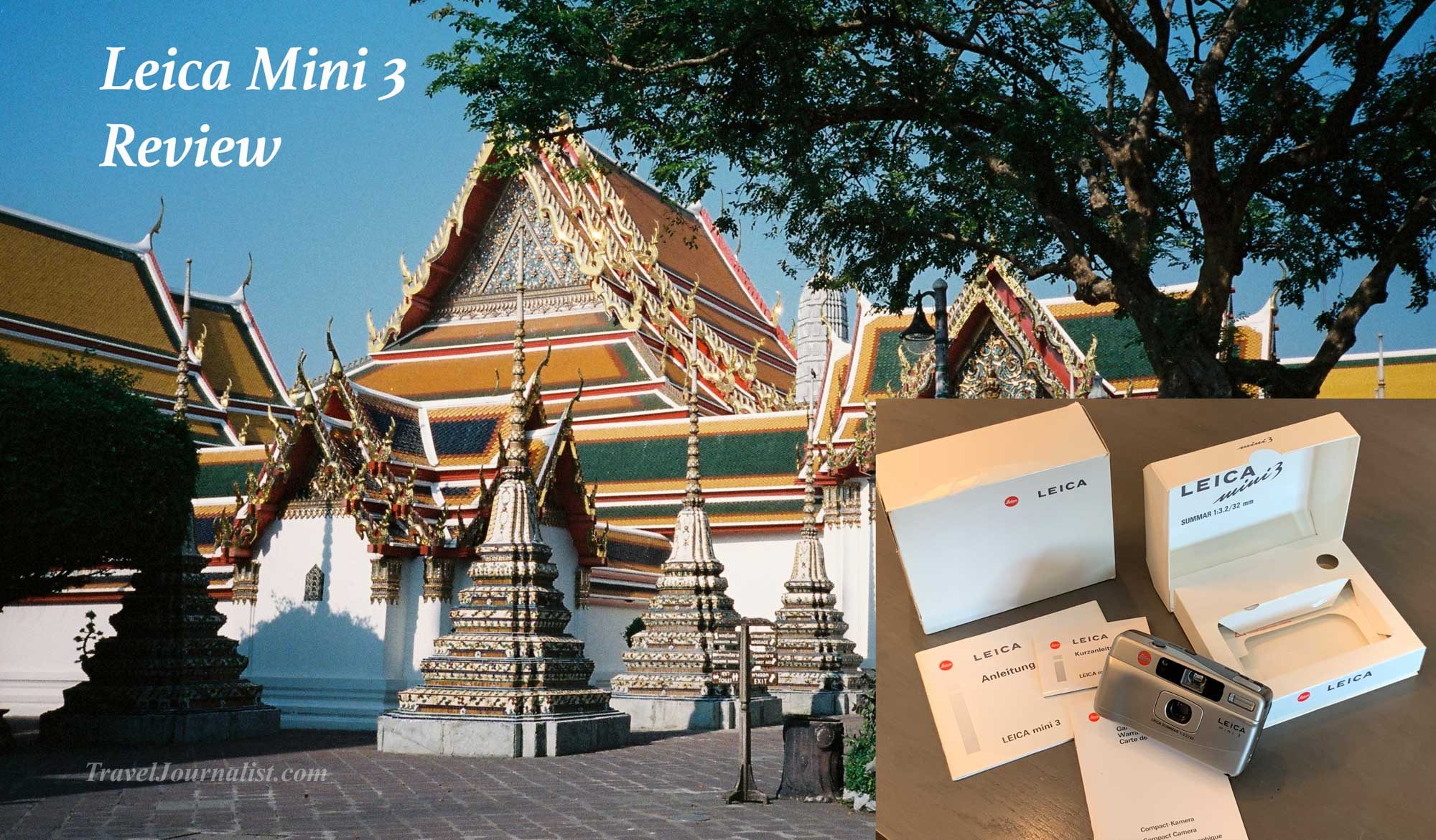I’ve been shooting with a Leica M6 TTL for 3 years. This was my only film camera, and my only lens is a Noctilux f/0.95 . I love this camera and I’ve been shooting portraits, landscapes, street photography etc… However, it’s not a light combo. And I take it with me when I really have a purpose. On many occasions, when I had not something special to shoot but still wanted to keep a souvenir from a nice day of walk or visit, I didn’t take my M6, but instead, I was buying a disposable camera. And it was fun. But of course there are huge limitations in terms of lens quality, focus, and type of film availability. So I decided to buy a film point and shoot camera, to have a camera always with me.
There are many models available, but because I have a soft spot for Leica, I searched for “Leica Mini” on ebay and I found a near-mint Leica Mini 3 from Japan. I received it a few days later, and went shooting with it after picking it up at the post office. I went to Wat Pho, one of the most beautiful Buddhist Temple in Bangkok. It’s a large compound with many temples , buildings and sculptures.
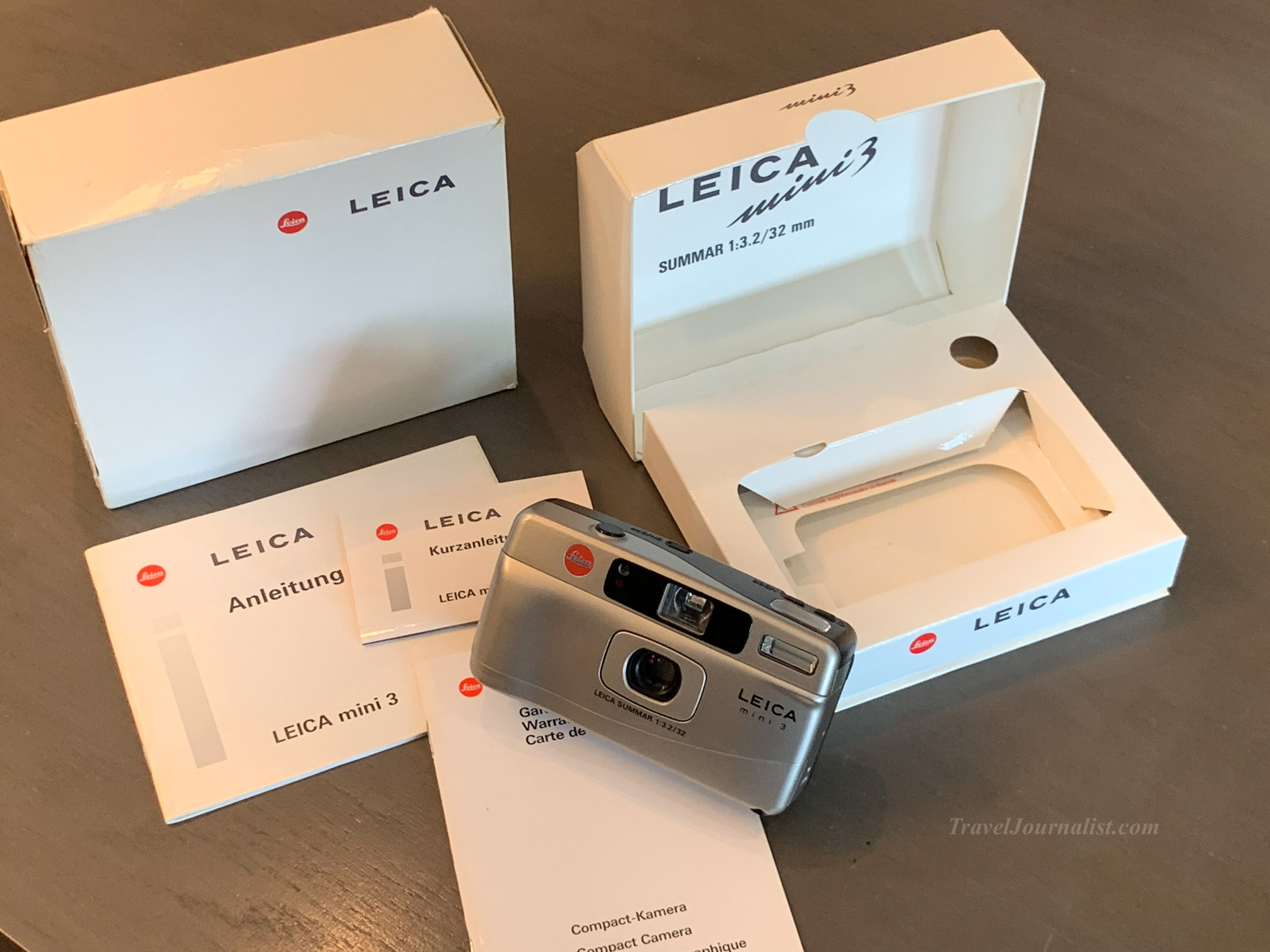
My first impression when I had it in my hands was that it was really light, compact, and beautifully designed. You have the prestigious Leica red dot logo on the upper left side, the mark “LEICA mini 3” on the right, and under the lens : “Leica Summar 1:3.2/32”. You never have enough Leica logos and signs on your camera, don’t you ?
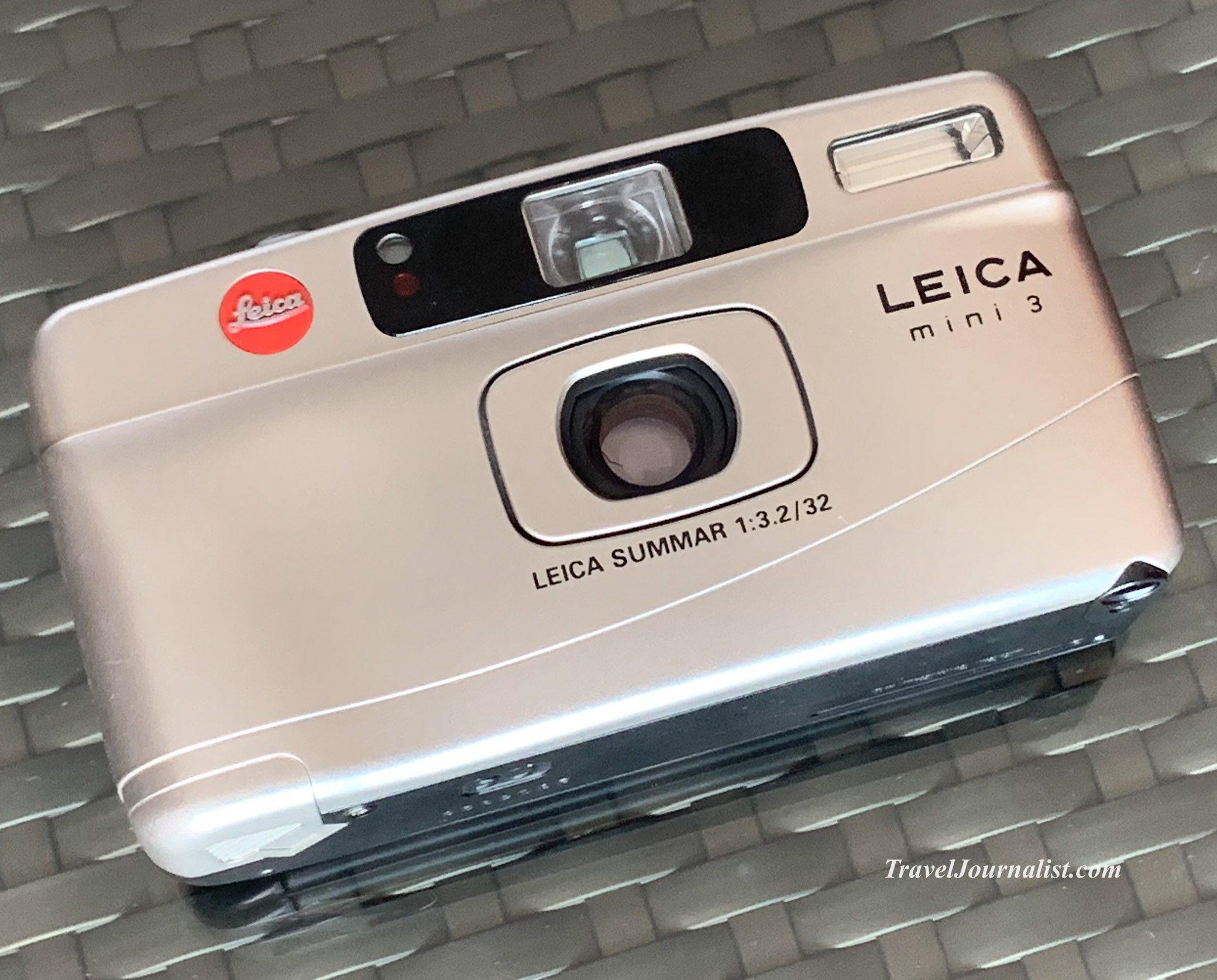
First things first, you need a CR123A battery. The same type of battery that I use for my Leica SF 20 flash. It’s a common model and easy to find.
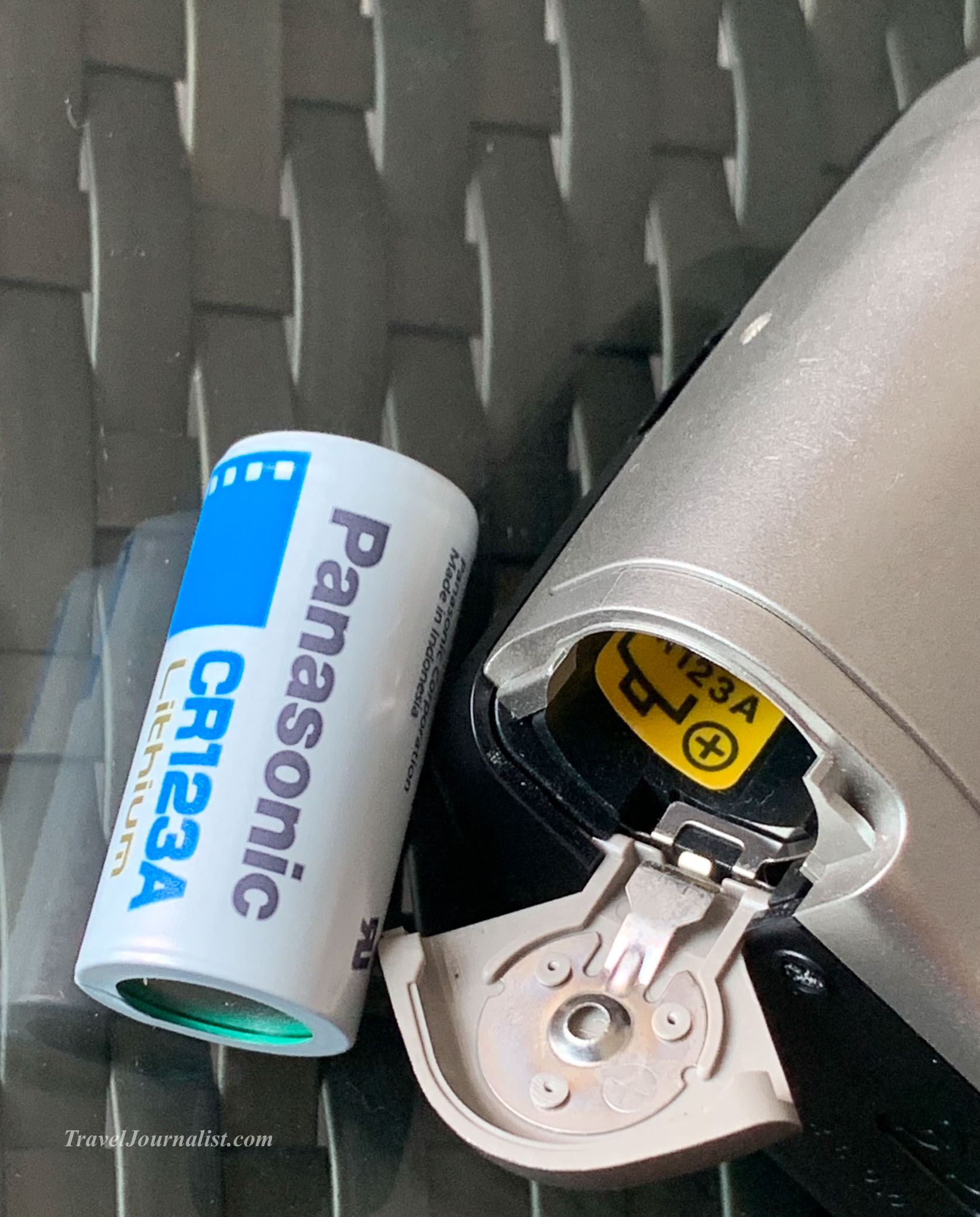
Then you need a 35mm roll of film. Loading the film was really easy. You just need to open the lid, place the leader carefully following the marks and close the lid.
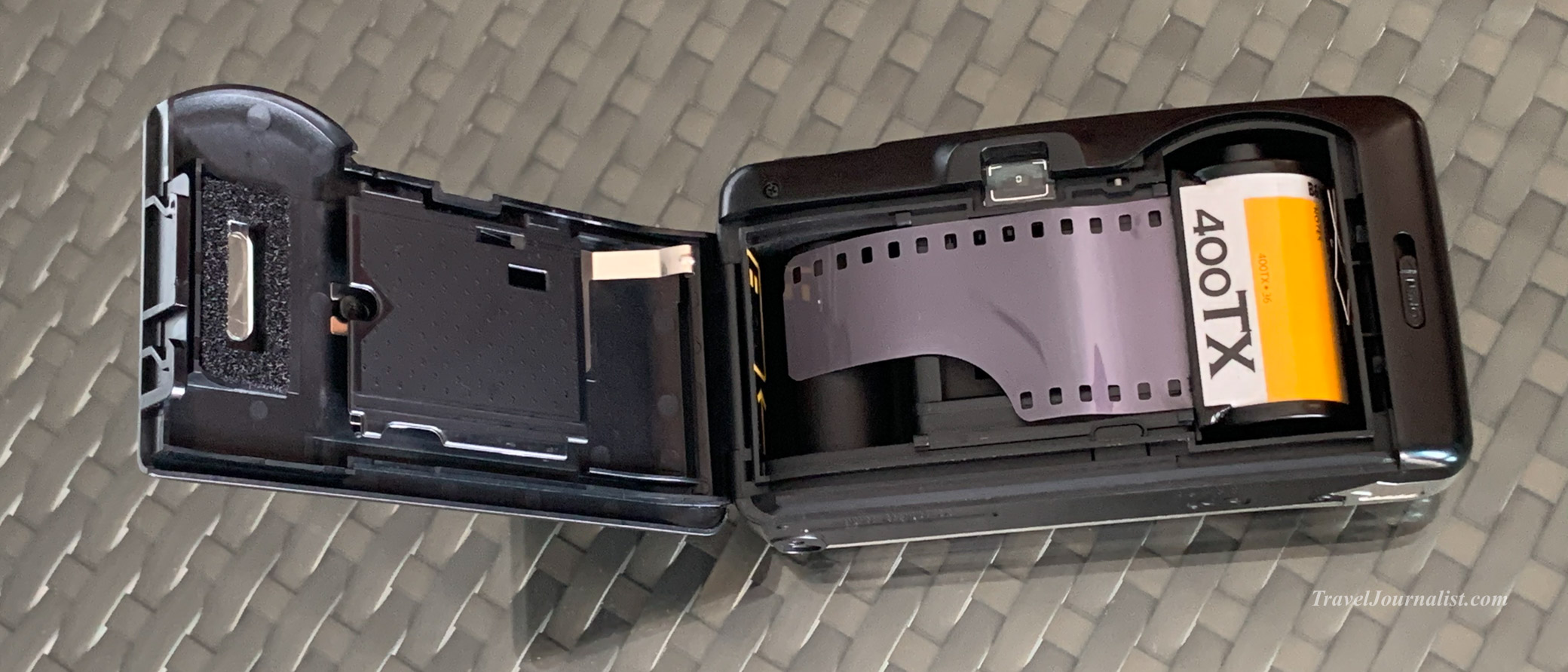
Then you will hear the little engine moving and the number 1 is on the display showing that the first picture is ready to be shot.
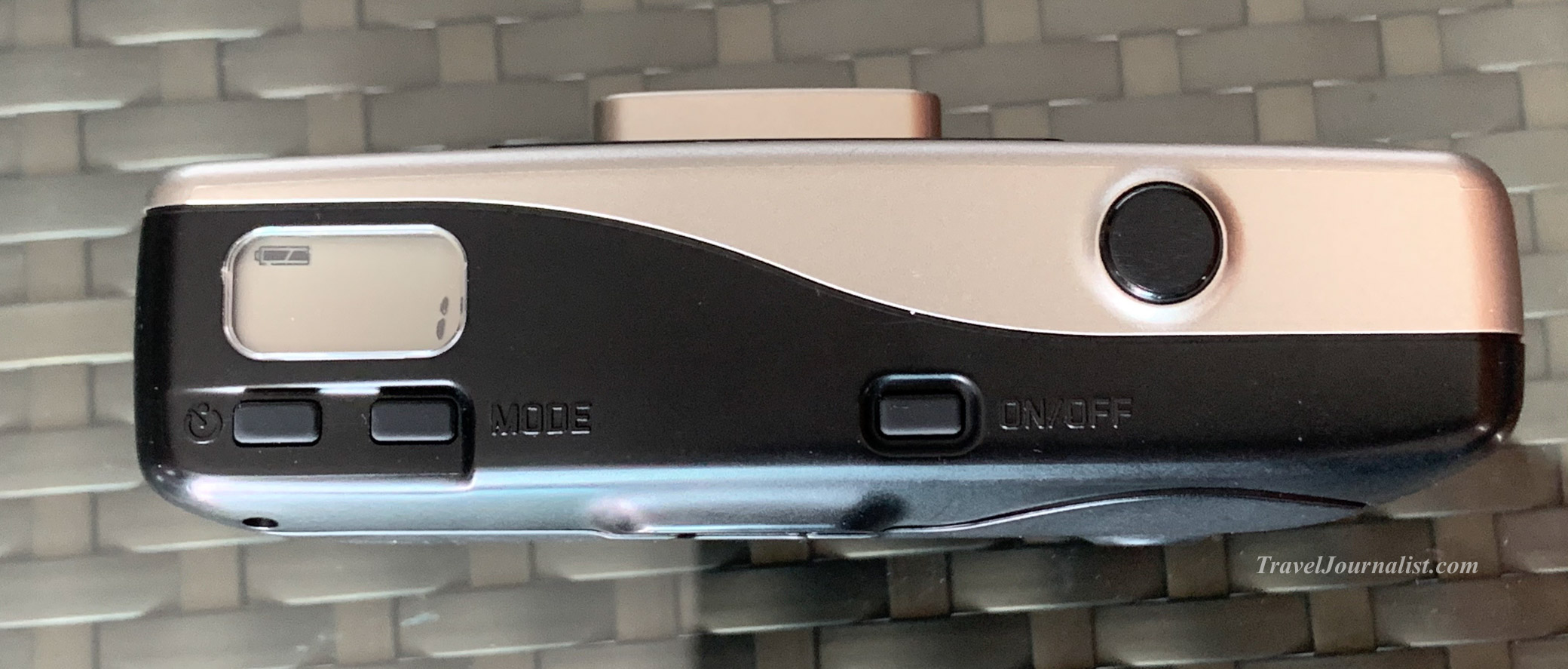
This is a fully automatic camera, but you still have a few settings to control the flash ; you can force it , shut it down, or have a fill flash. This integrated flash comes in very handy if you have to shoot indoors or in any low light situation.
So you frame through the viewfinder, half press the shutter button, and a green dot will appear to show that the focus is locked, and the metering as well. If you want your subject to be off center, you can first place it in the middle of the frame, half press the shutter to lock the focus, and then reframe to your liking. Be careful as well if you shoot a landscape : if the center of the viewfinder is in the sky, your picture will be underexposed, because it will meter upon the sky. I advise you to point on the darkest place of the landscape, half press the shutter button, and reframe. In other words, meter on the shadows and not the highlights.
Shooting with the Leica Mini 3 is a great experience. It’s fun, easy, fast. You don’t have to worry about the focusing, the metering etc… just point and shoot ! It’s very discreet and quiet as well, so I’m sure it’s the ideal companion for street photography. Loading a new film is very easy and fast, so you have less chance to miss a shot because you’re at the end of the frame. However , you’ll have to wait for the rewinding. This process is automatic as well.After shooting 37 or 38 frames, when the camera feels that you’re at the end of the roll, it will automatically start the rewinding (if that’s not AI at its best ! ) . If you need to rewind before you are at the end of the roll, there’s a little button on the side that you can press.
There’s a neck strap in the box and I used it, it’s convenient when you need your hands between shoots to check your phone or any other reason. Just don’t run when you have it around your neck because it tends to bounce back and forth against your body and you might break it against a wall. It seems relatively fragile.
I shot one roll of color, Kodak Portra 400 , and one roll of black&white, Kodak TX 400 . 2 famous standards, which are interesting when testing a camera because you know their look from your previous shootings so you can compare. When I got the scans for the lab, I was amazed ! The color rendering for the Portra is perfect! The temple is full of colors, red, blue, green, gold, and they look on the picture just like they did in reality. Just enough saturation to make them pop, but not too much. And the blue sky is just perfect.
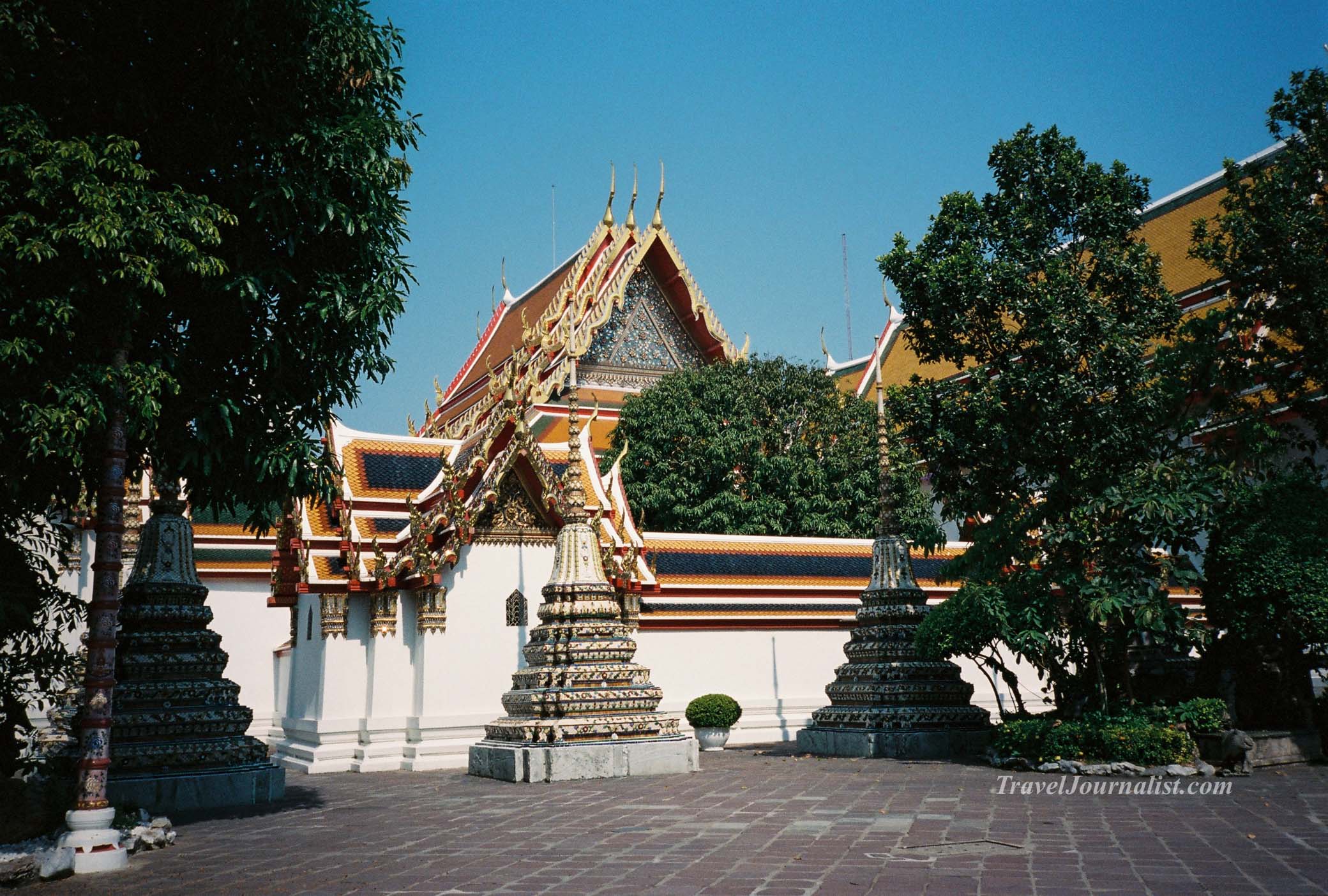
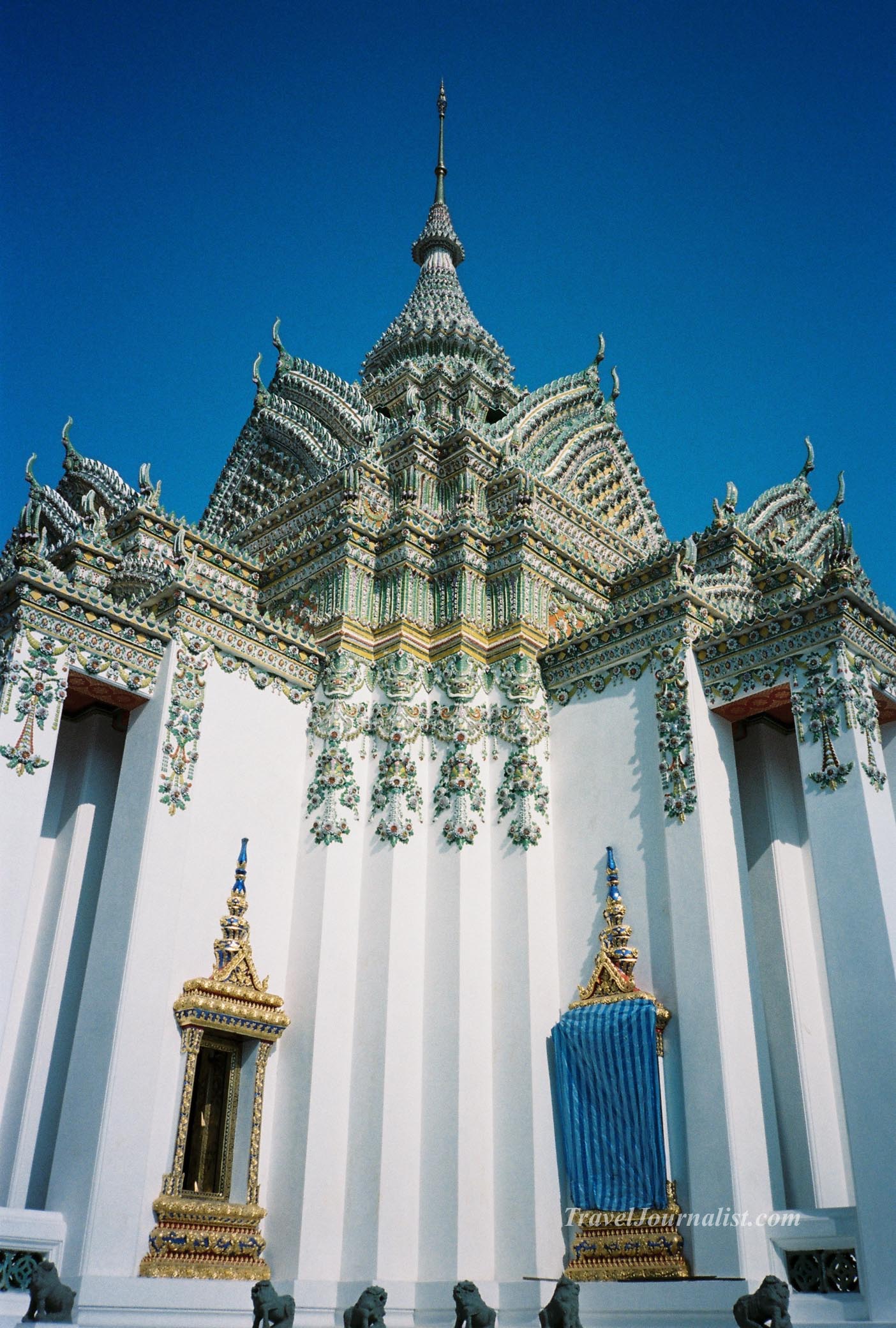
Concerning the b&w pictures with TX, it’s even the better. The photographs are deep. The contrast is perfectly balanced, the blacks are deep black and the whites are white ! It’s profound.
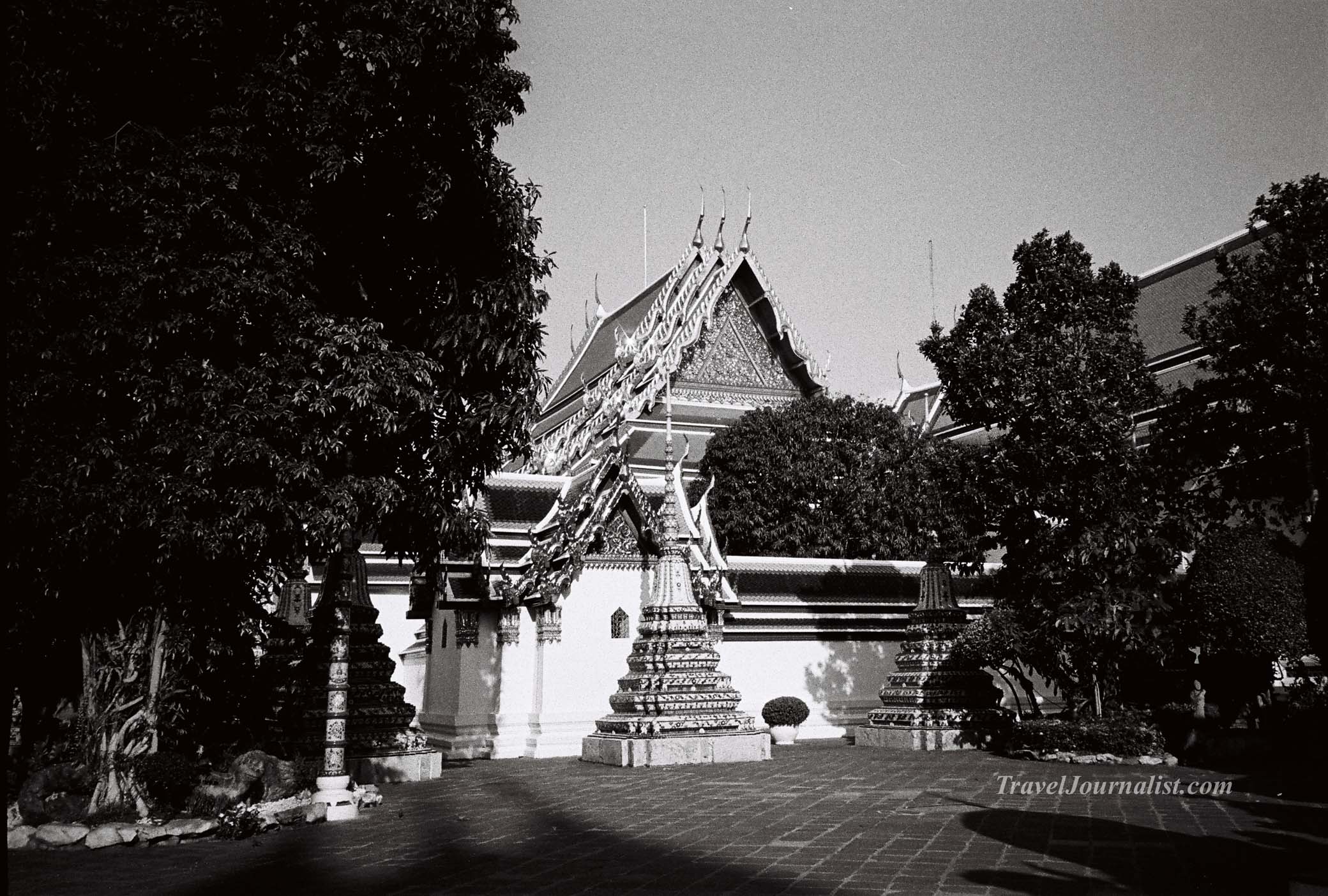
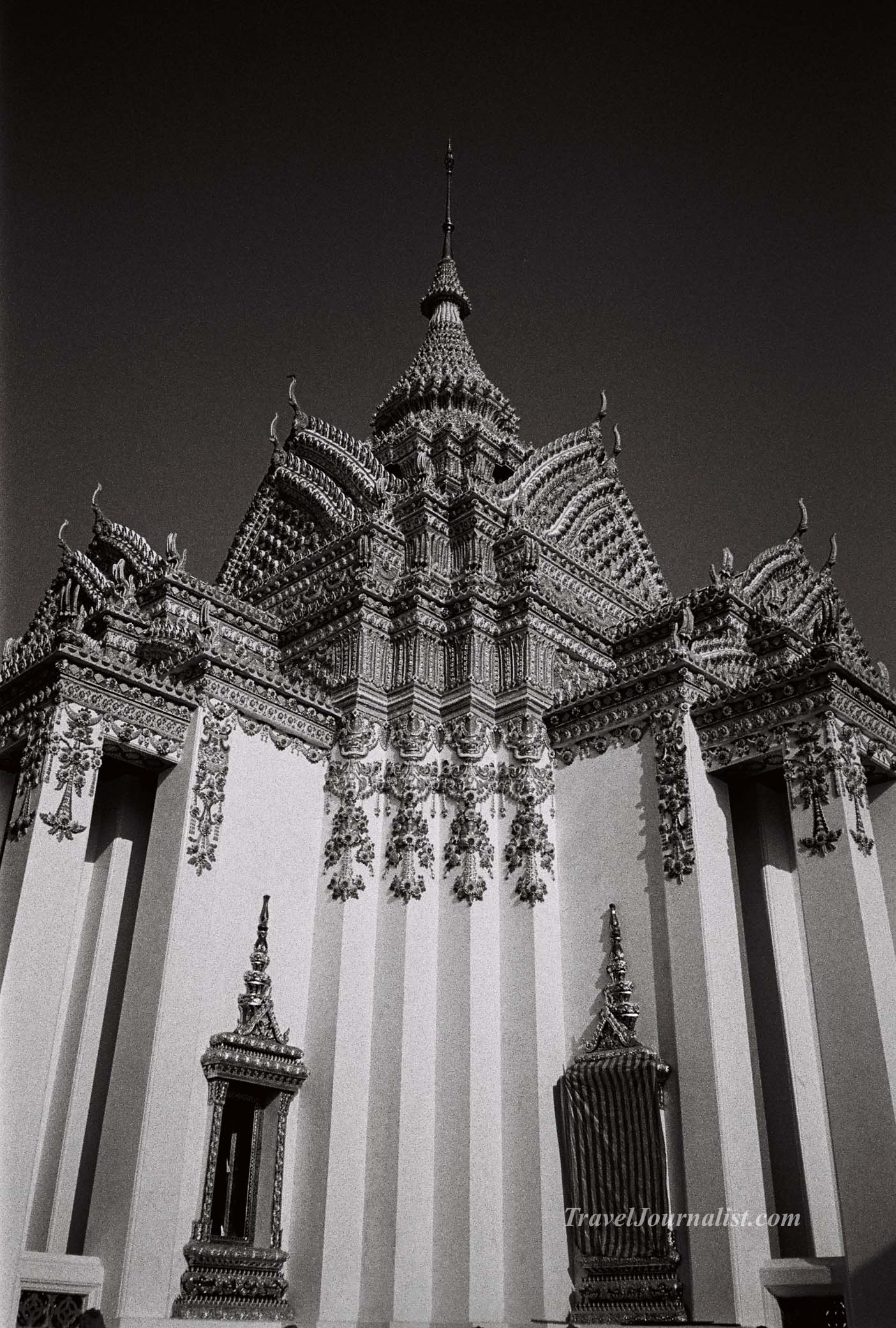
One other great surprise is that I never missed the focus. The autofocus is working as it should be, the pictures are sharp. Always. I shot indoors as well, without the flash, the focus and metering were great.
The Summar lens is a 32mm. At first I was surprised, because I was used to the 50mm focal lens (from my Noctilux). It’s my favorite focal lens, I have it in my mind, I “see” 50mm. When I’m looking for a scene, I see my picture in 50mm. So when I had this camera, after “seeing” my picture, I looked into the viewfinder, and I was perturbed ; there was so much more in the viewfinder than I had in mind ! But finally I got used to it, and I even liked it better than the 50mm for this situation because I was shooting architecture, and sometimes there was not a lot of space to move back , so with a wider focal lens, I could get the whole monument in the frame. And It’s a sharp lens obviously, with a great contrast rendering.
Concerning the price tag, you can find all kinds of prices for this camera depending on the condition. It will never be cheap because of the magic brand, Leica. As for me I paid a high price because it was near mint from Japon, and for me that’s a very important criteria. I like to get my camera almost as new. I found it on Ebay. Even if it was relatively expensive, I consider it a very good quality for the money.
As a conclusion, this camera exceeds my expectations. It’s not only a pocket camera, it’s a real and complete camera , with a great lens and a flash. It’s gonna meet my needs for a go to camera, that I can always have with me. I will never miss a shooting situation, and this will encourage me to shoot more film. Practice makes perfect. The more you shoot, the more experience you have, and better will be your pictures in the long run.
Here are the pictures shot with Kodak Portra 400 without any editing :
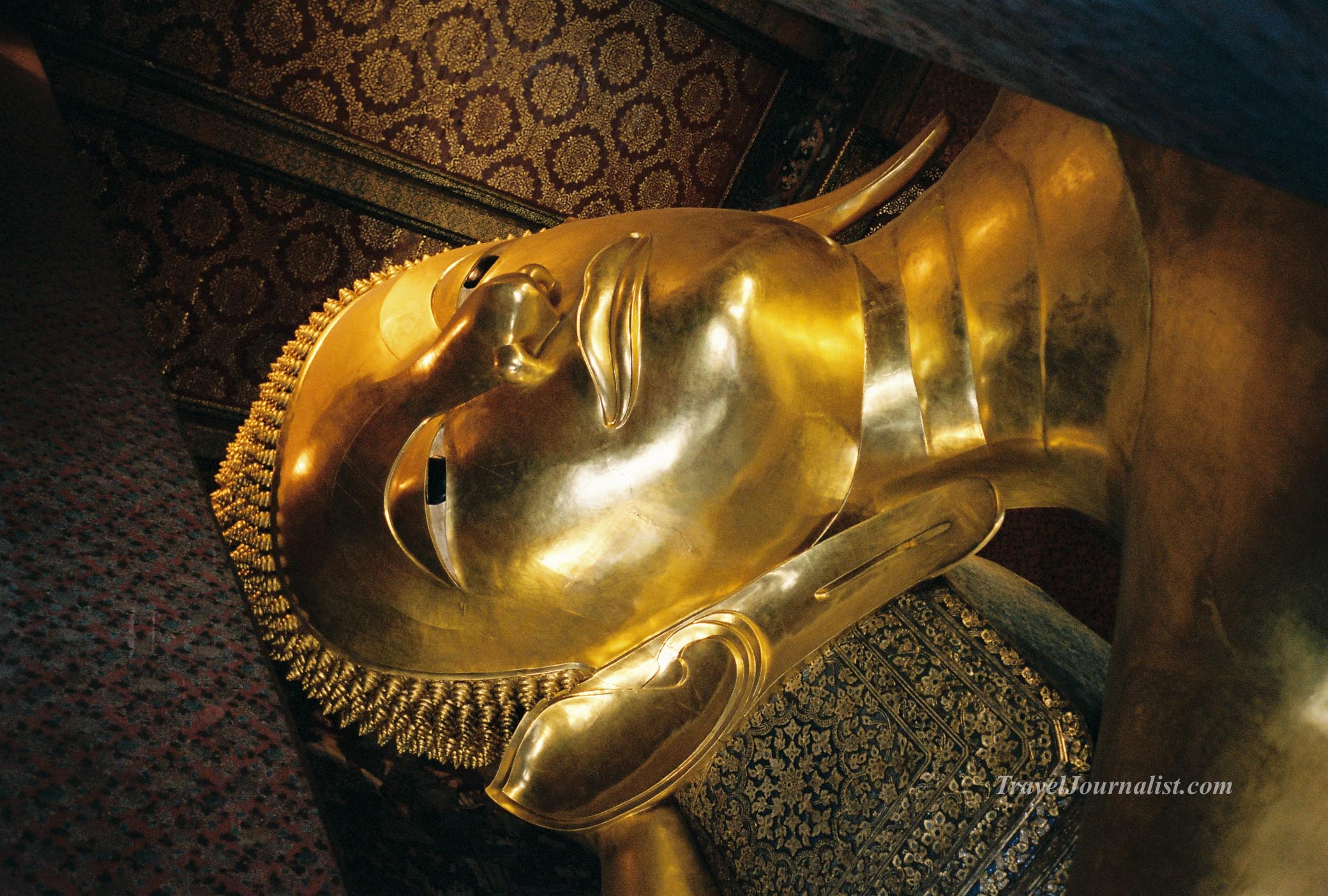
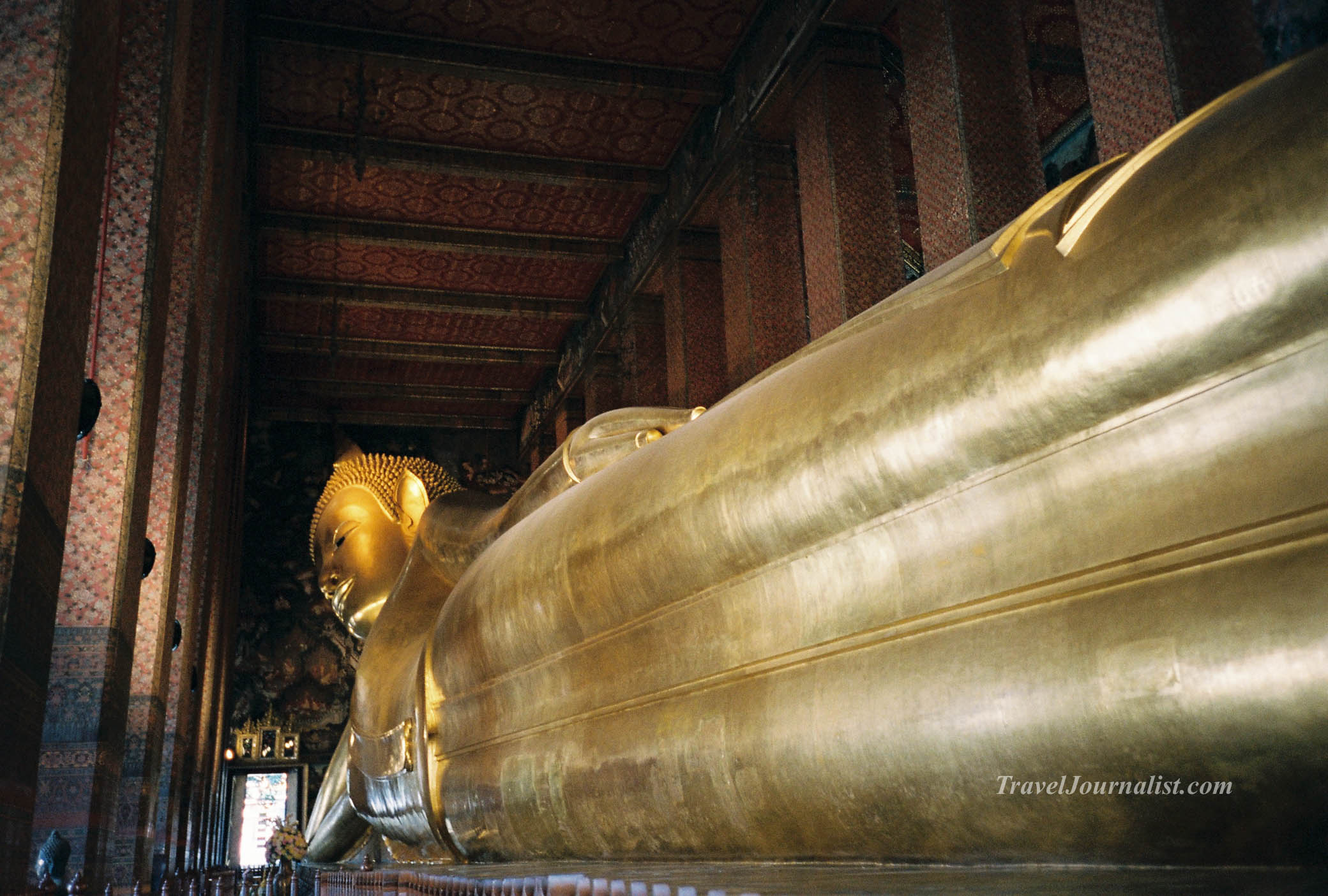
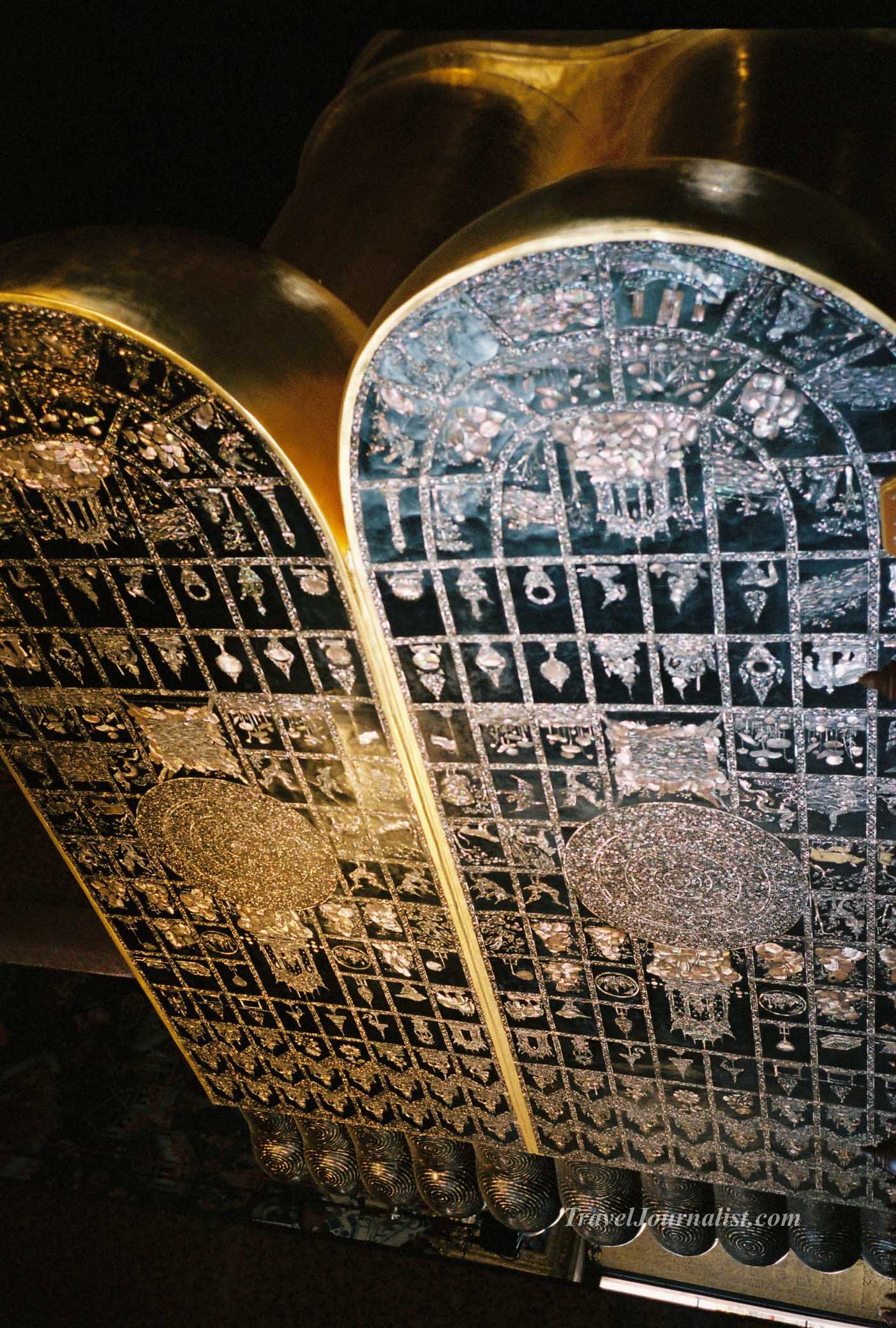
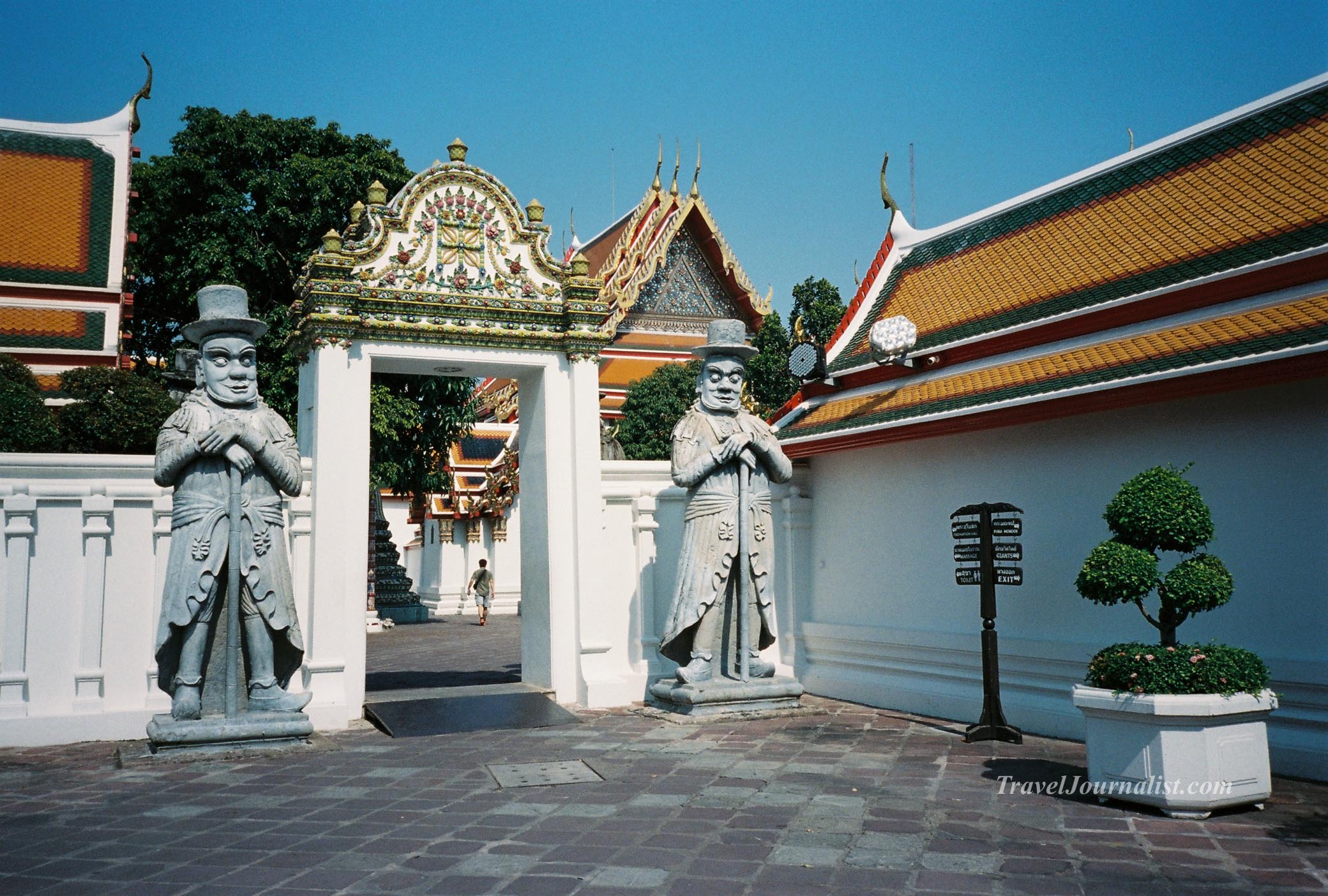

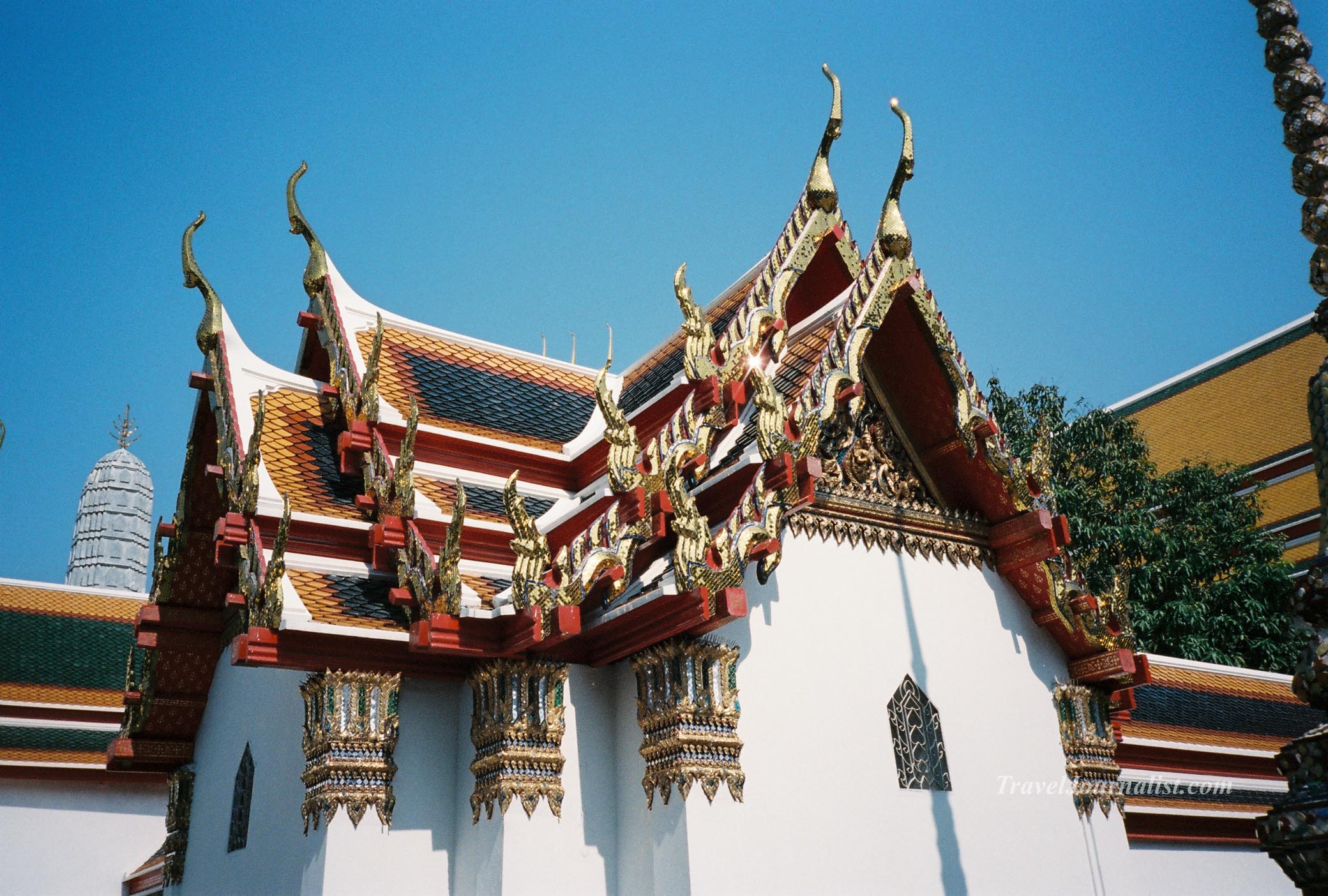
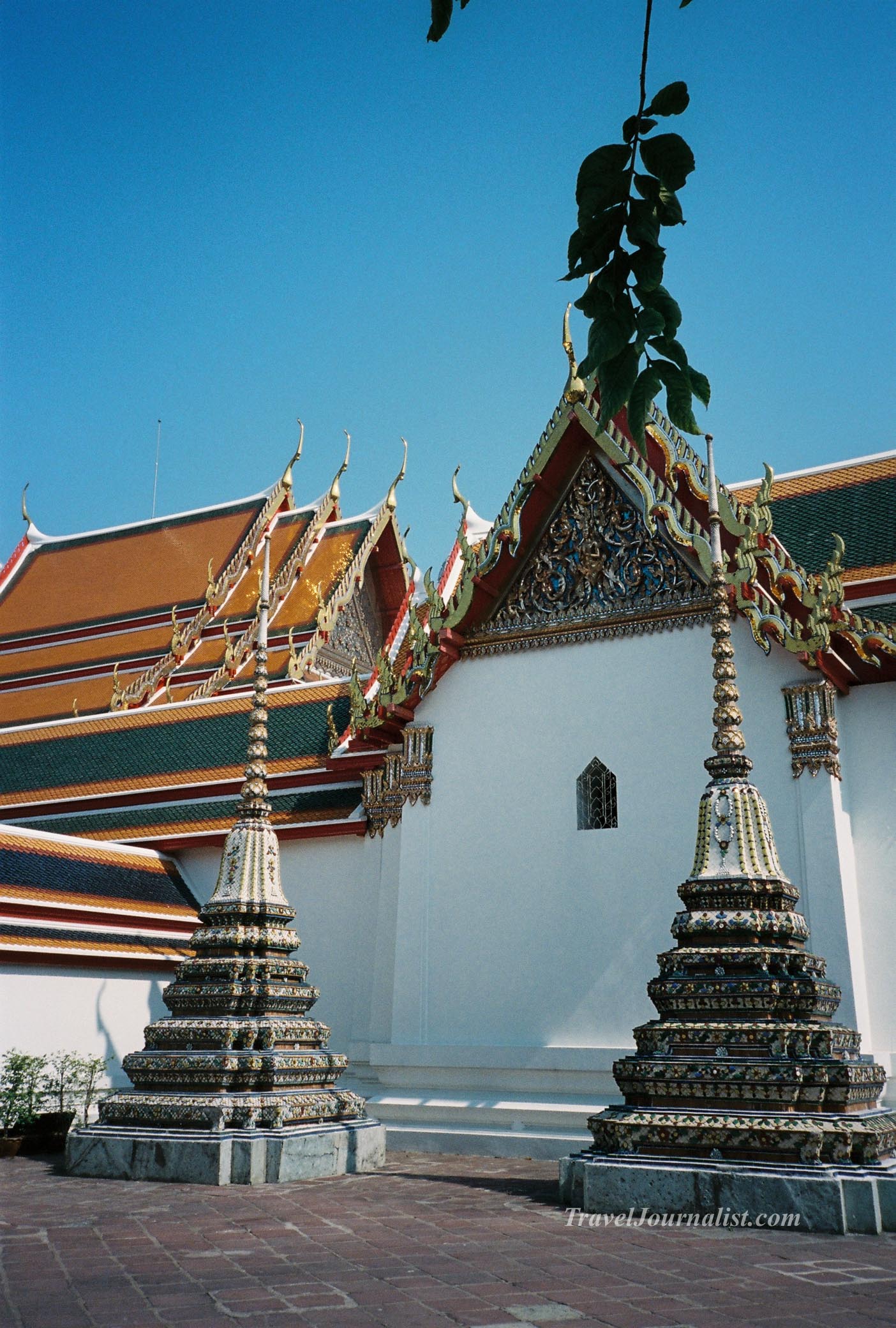
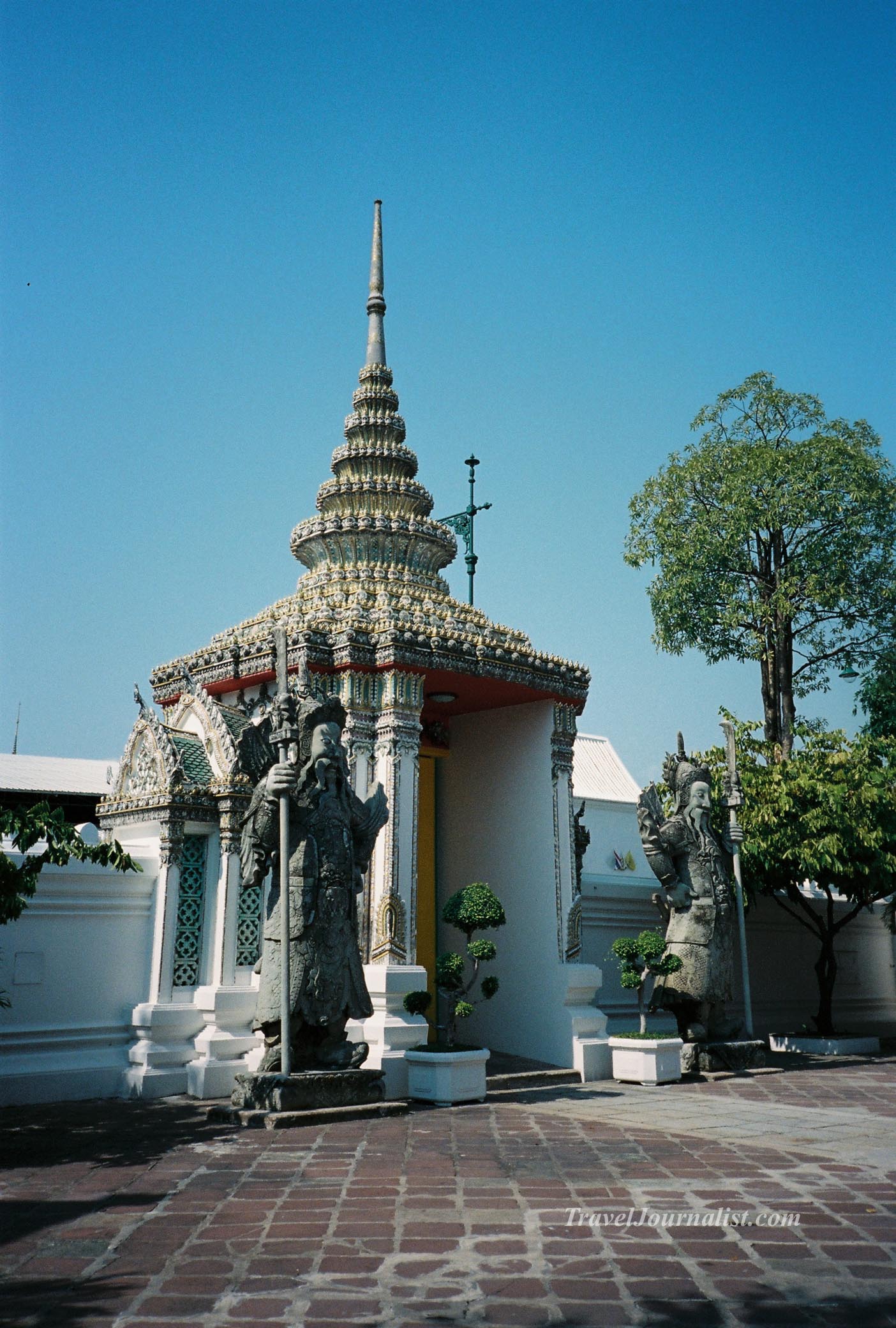
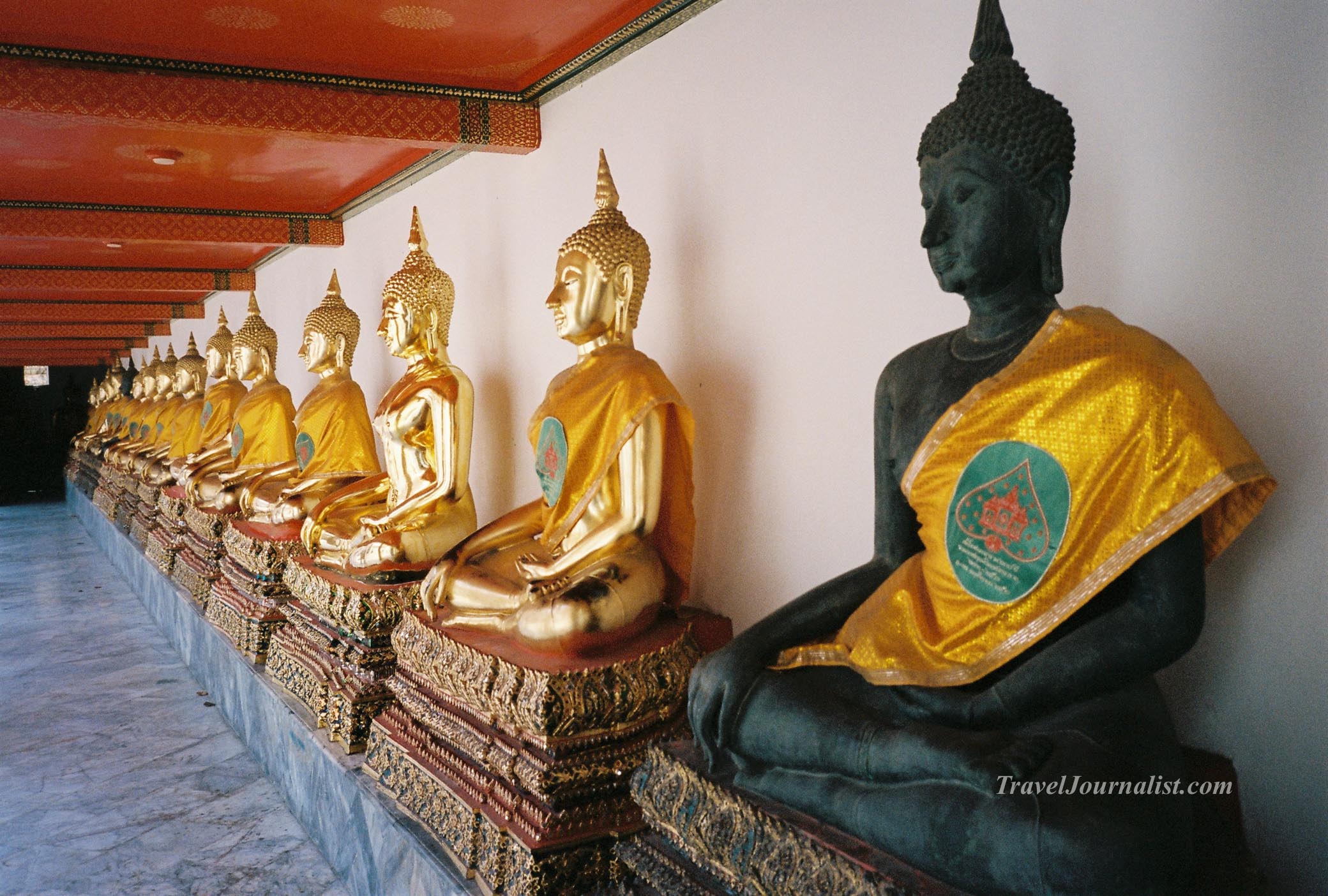
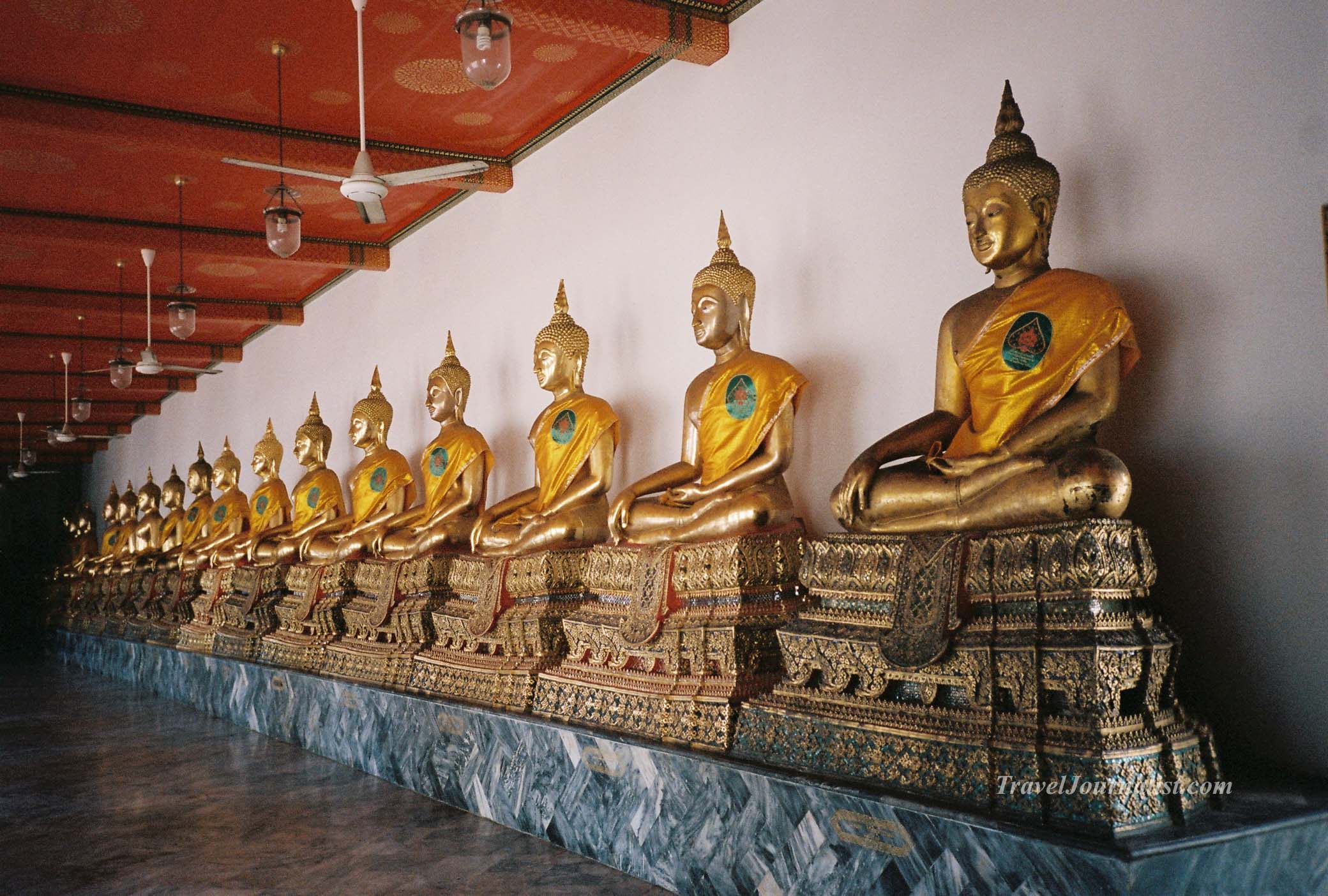
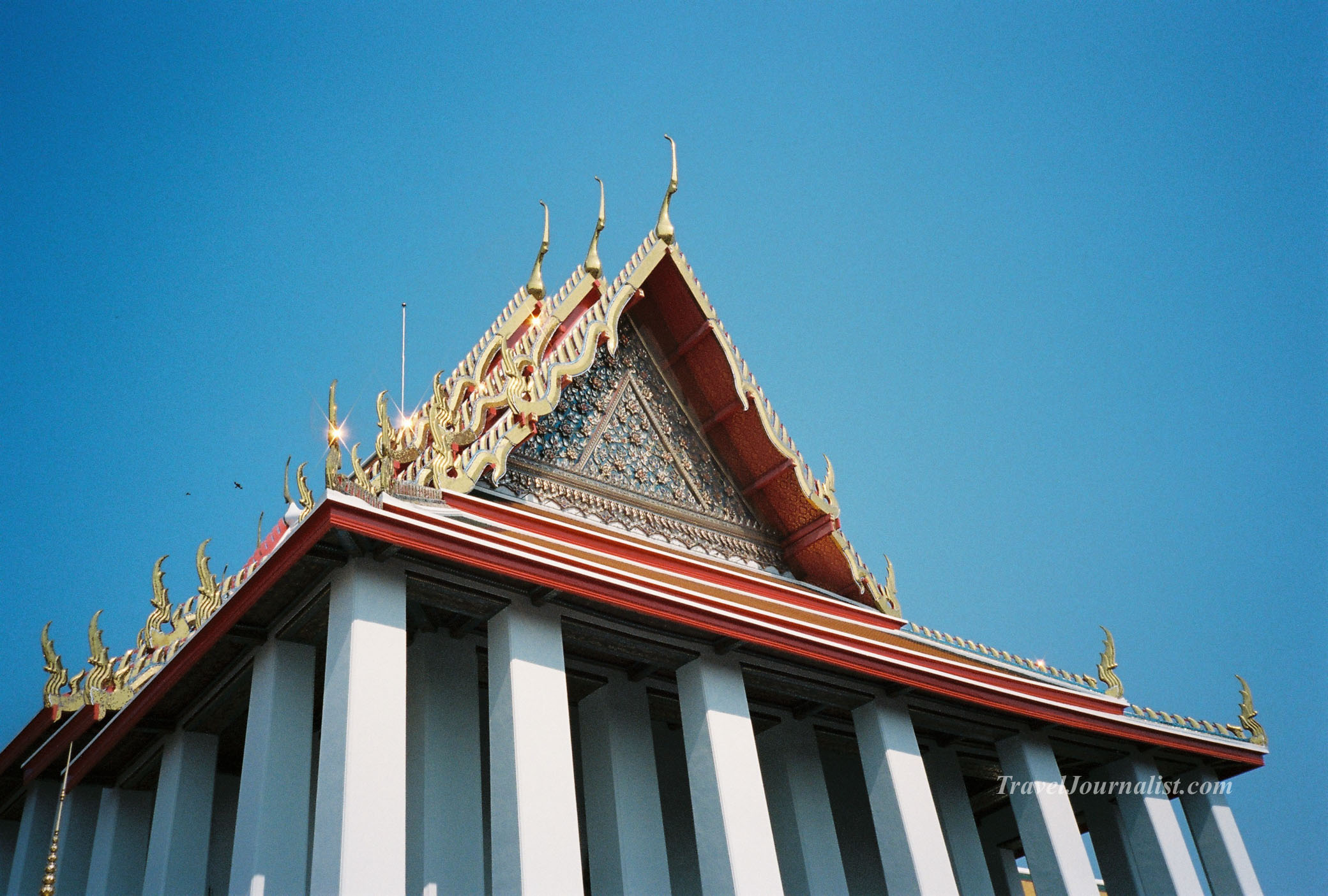
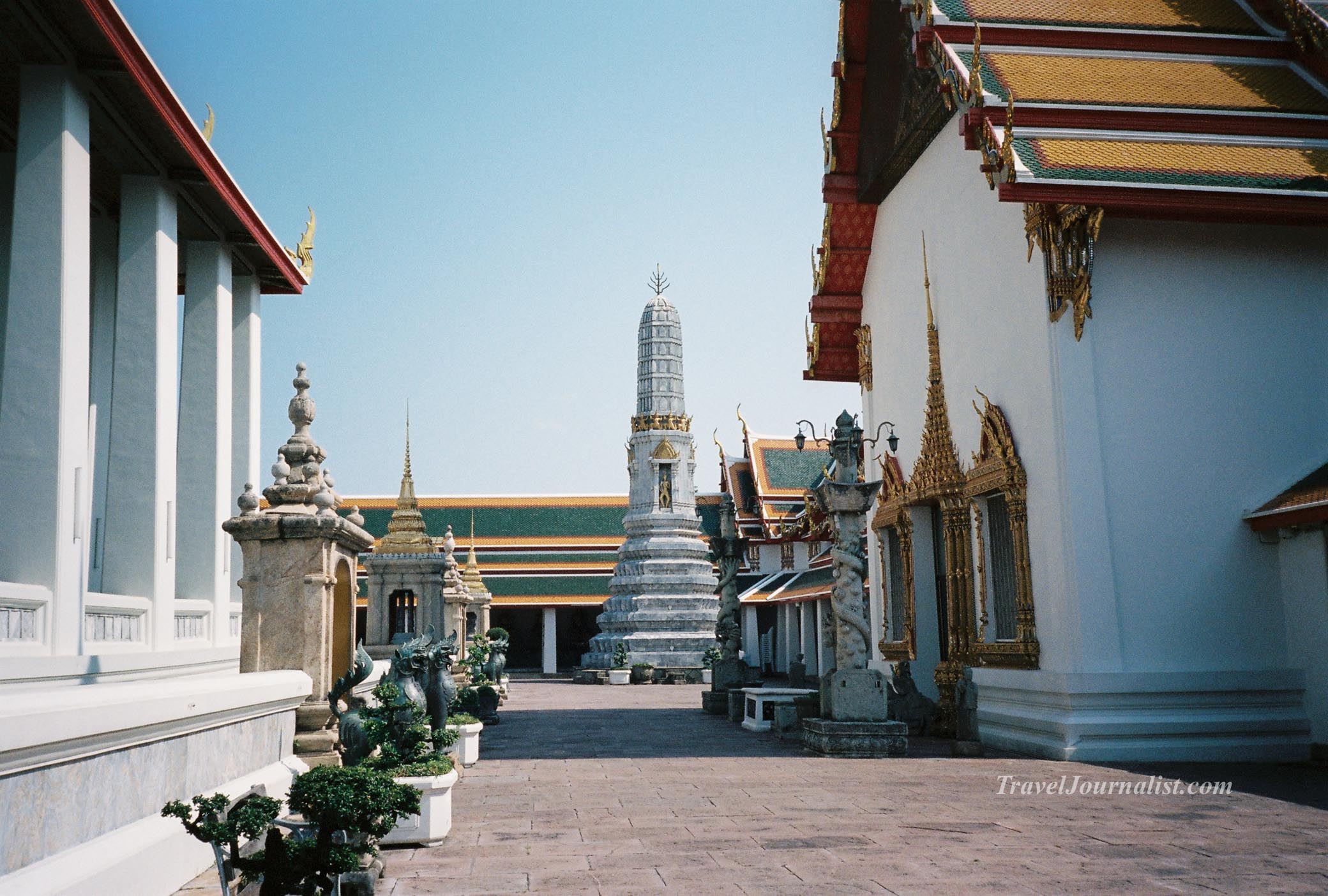
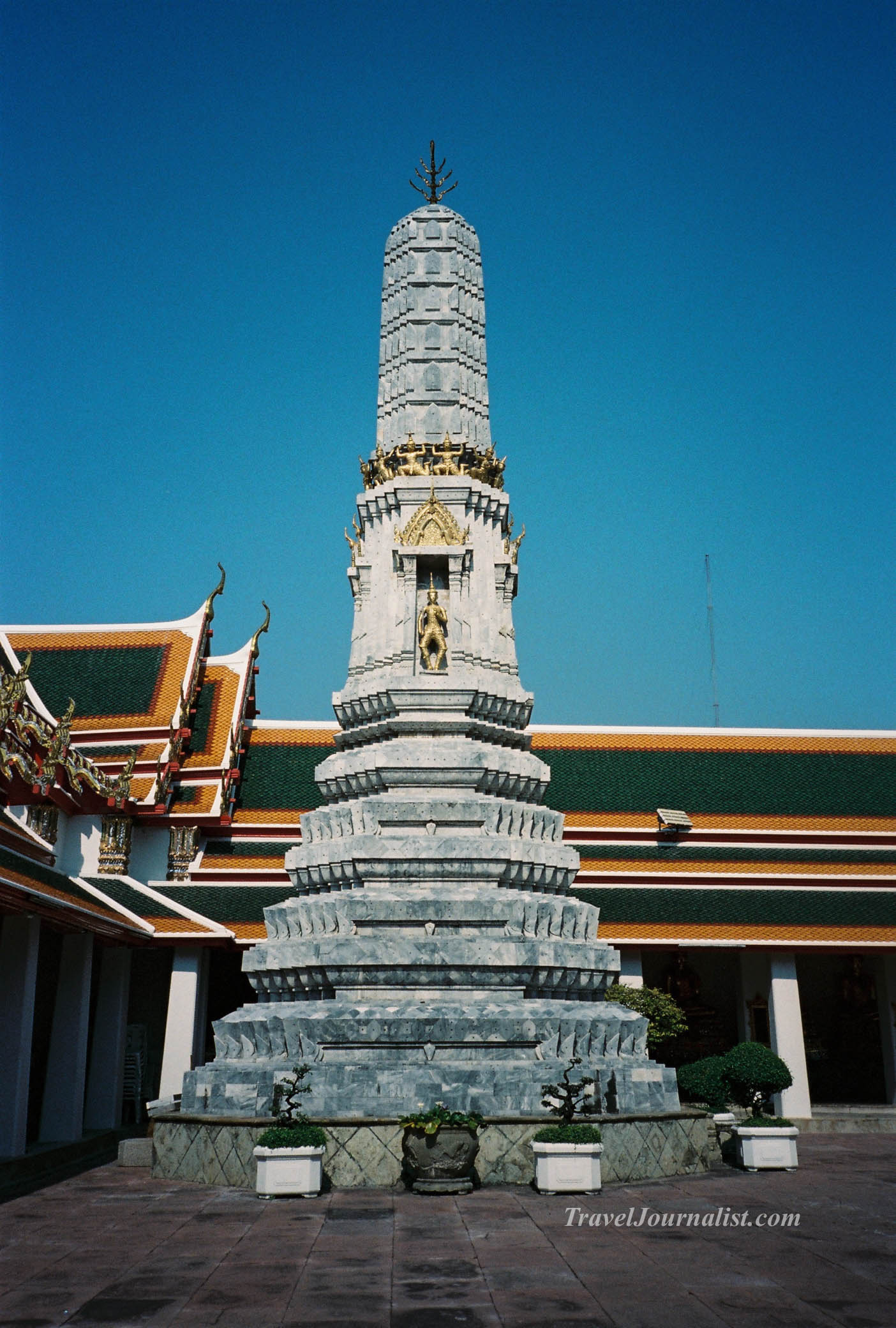
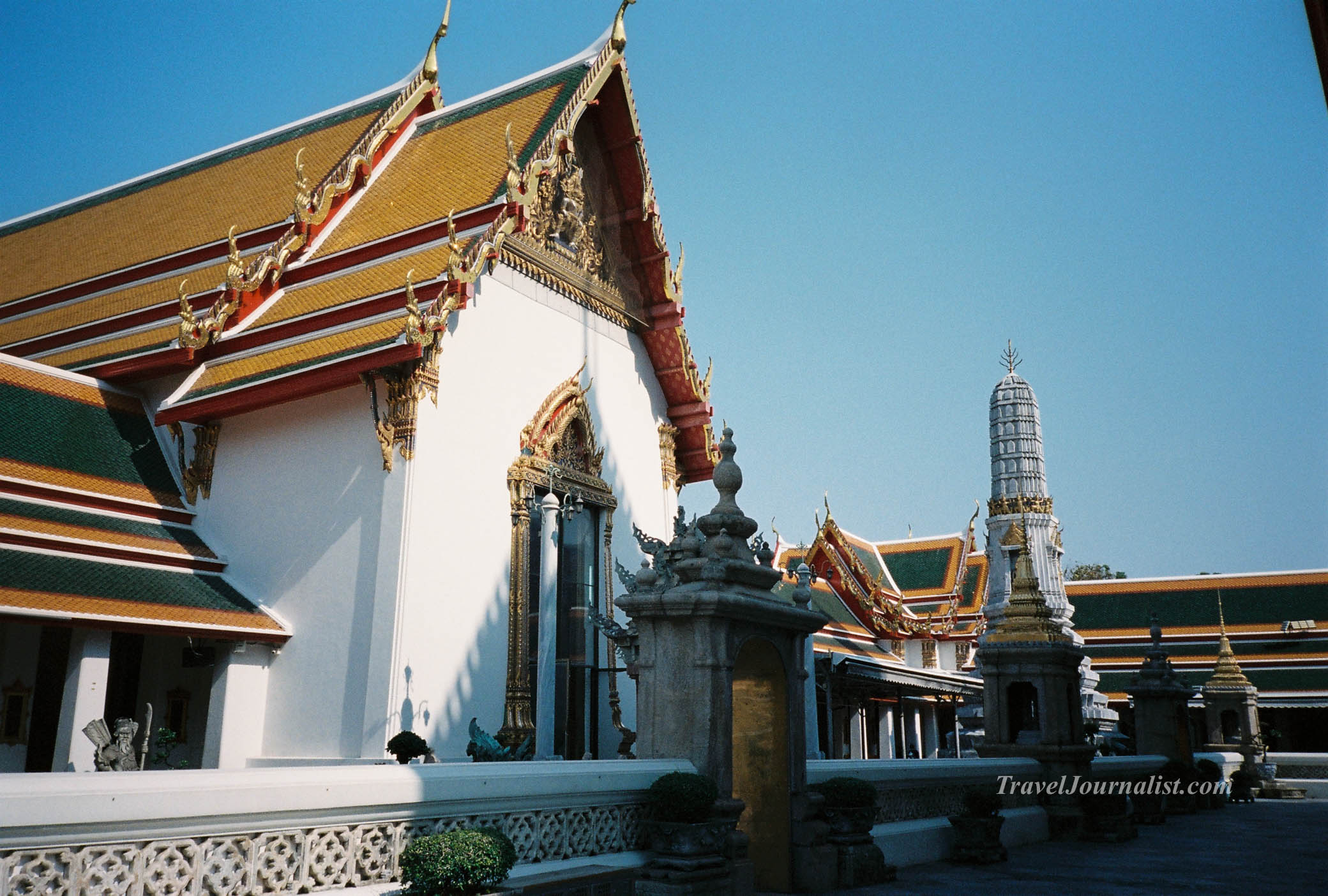
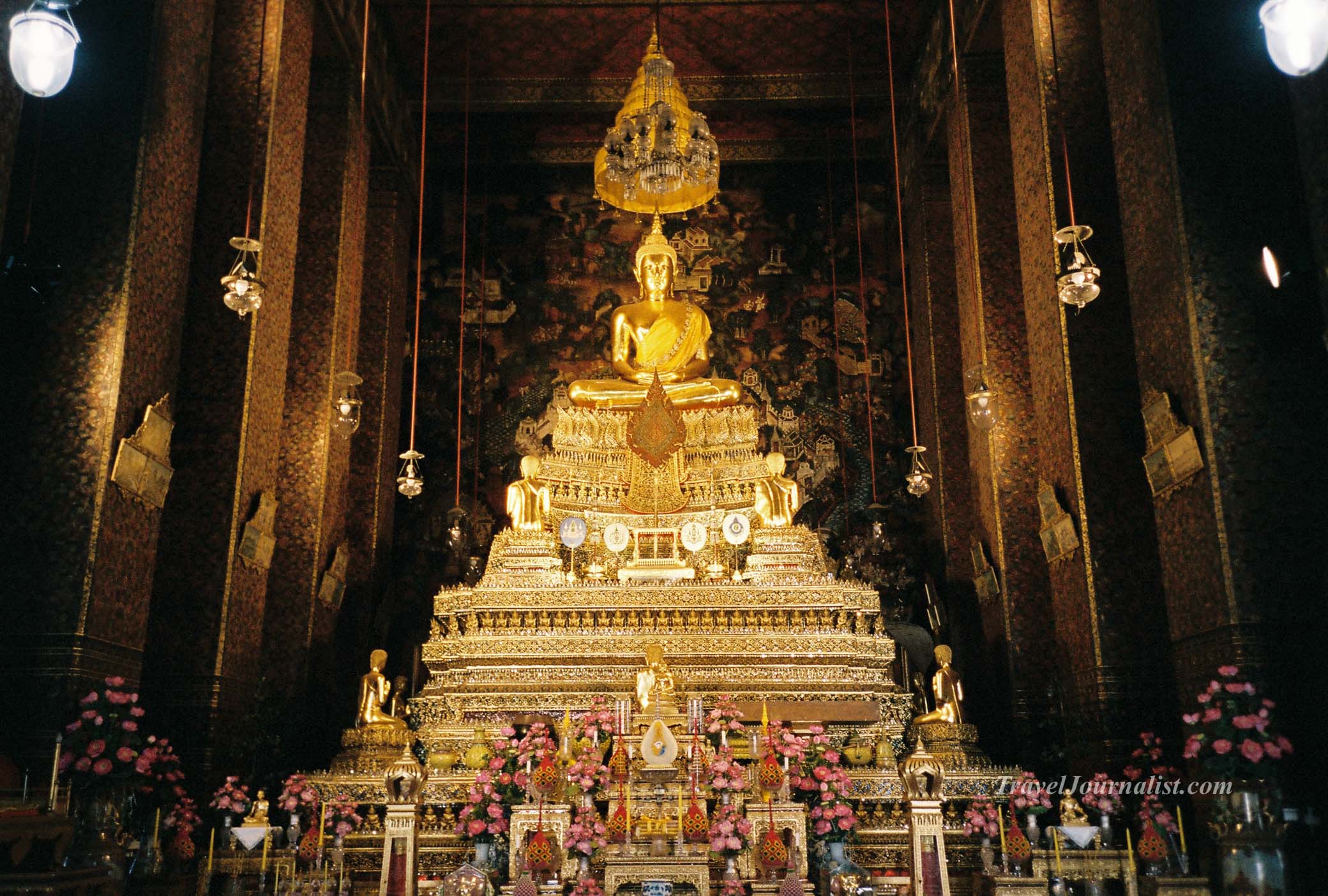
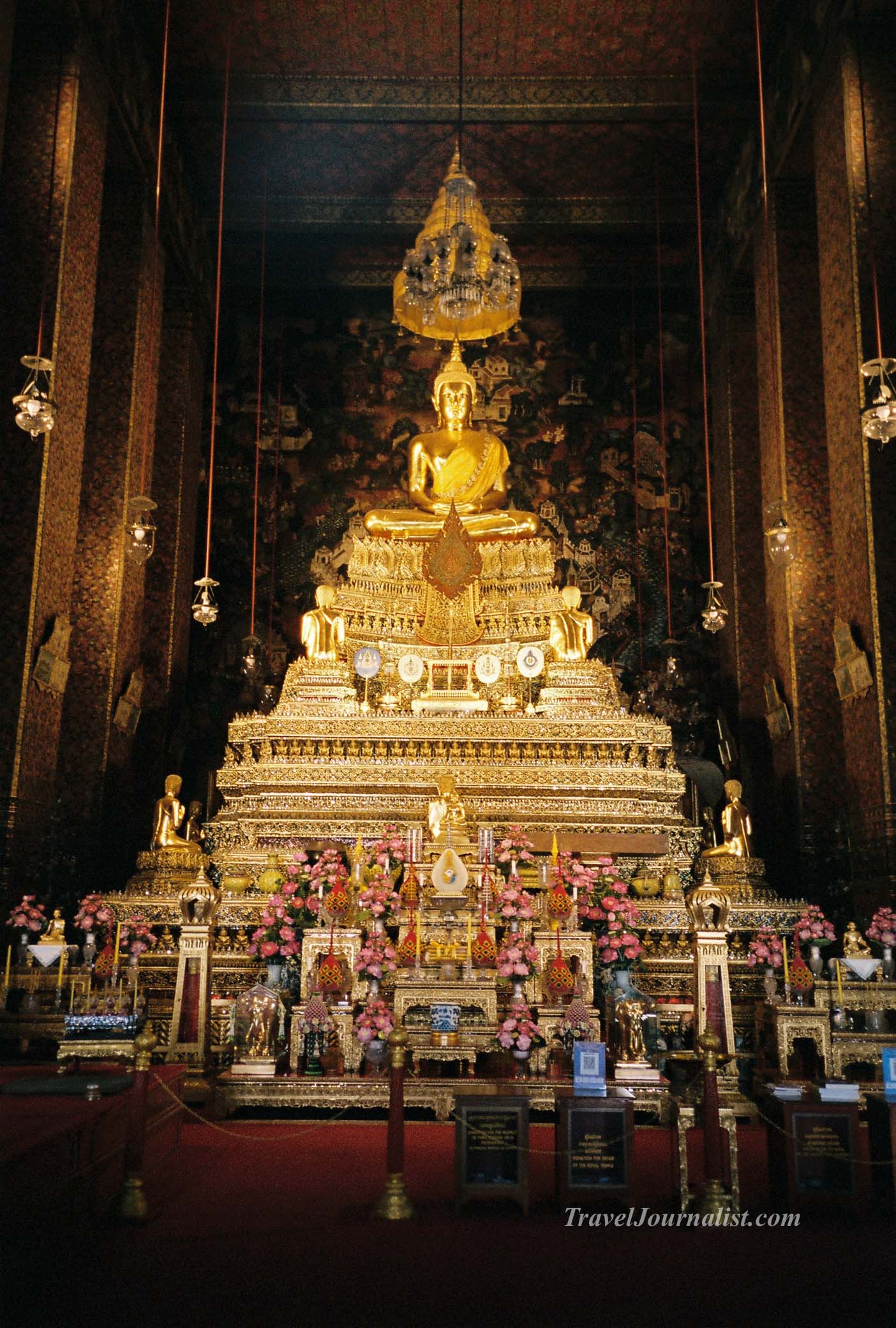
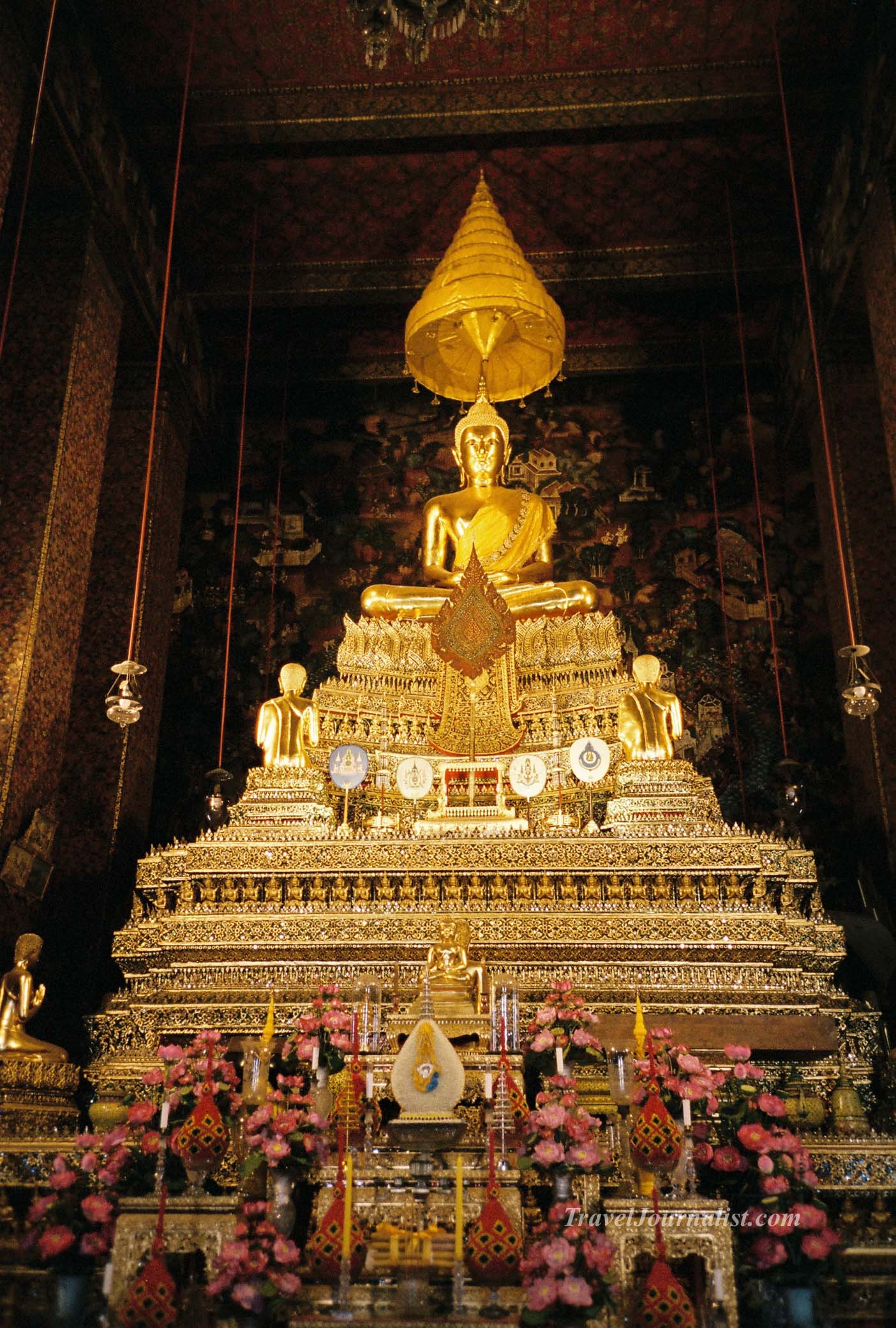
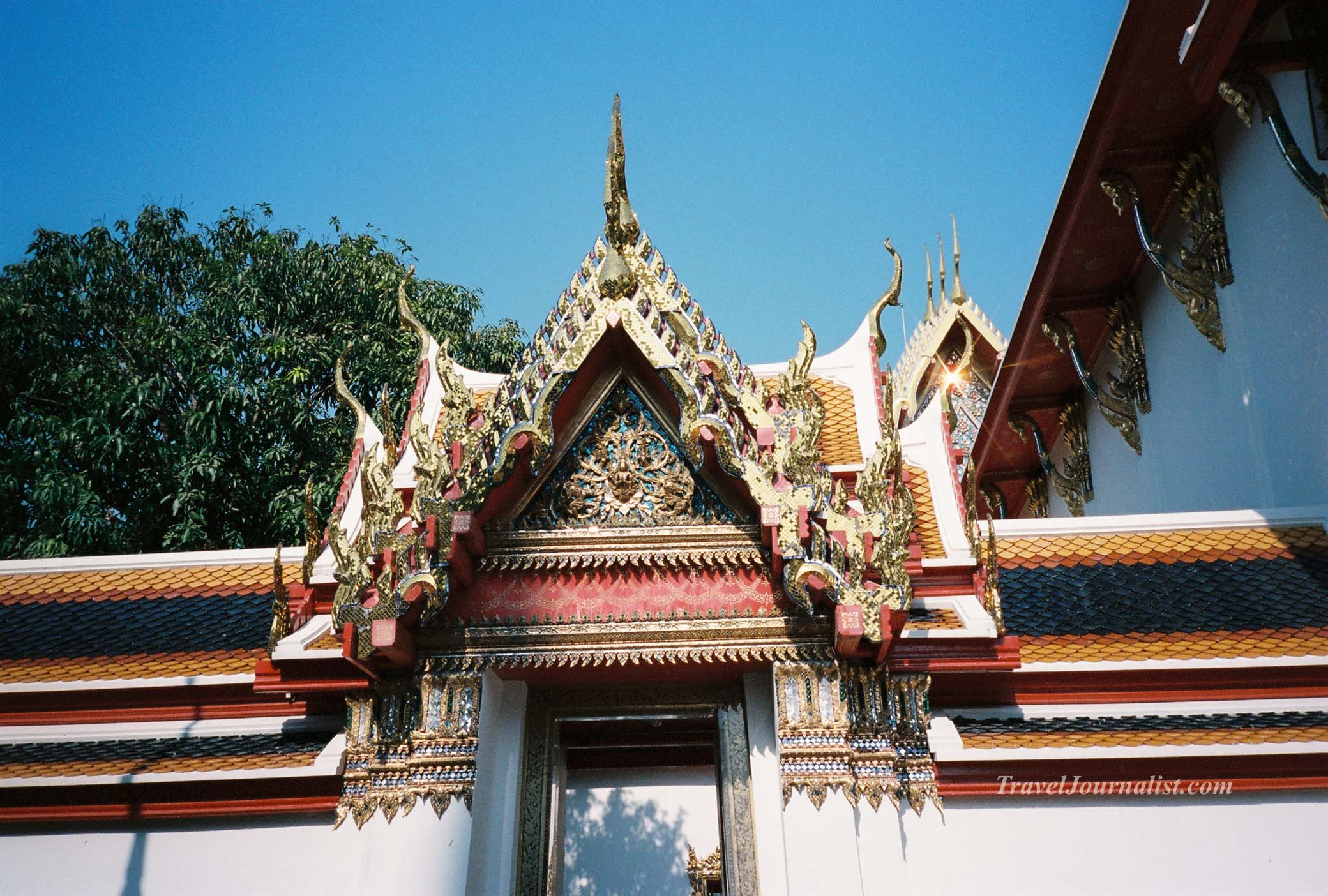
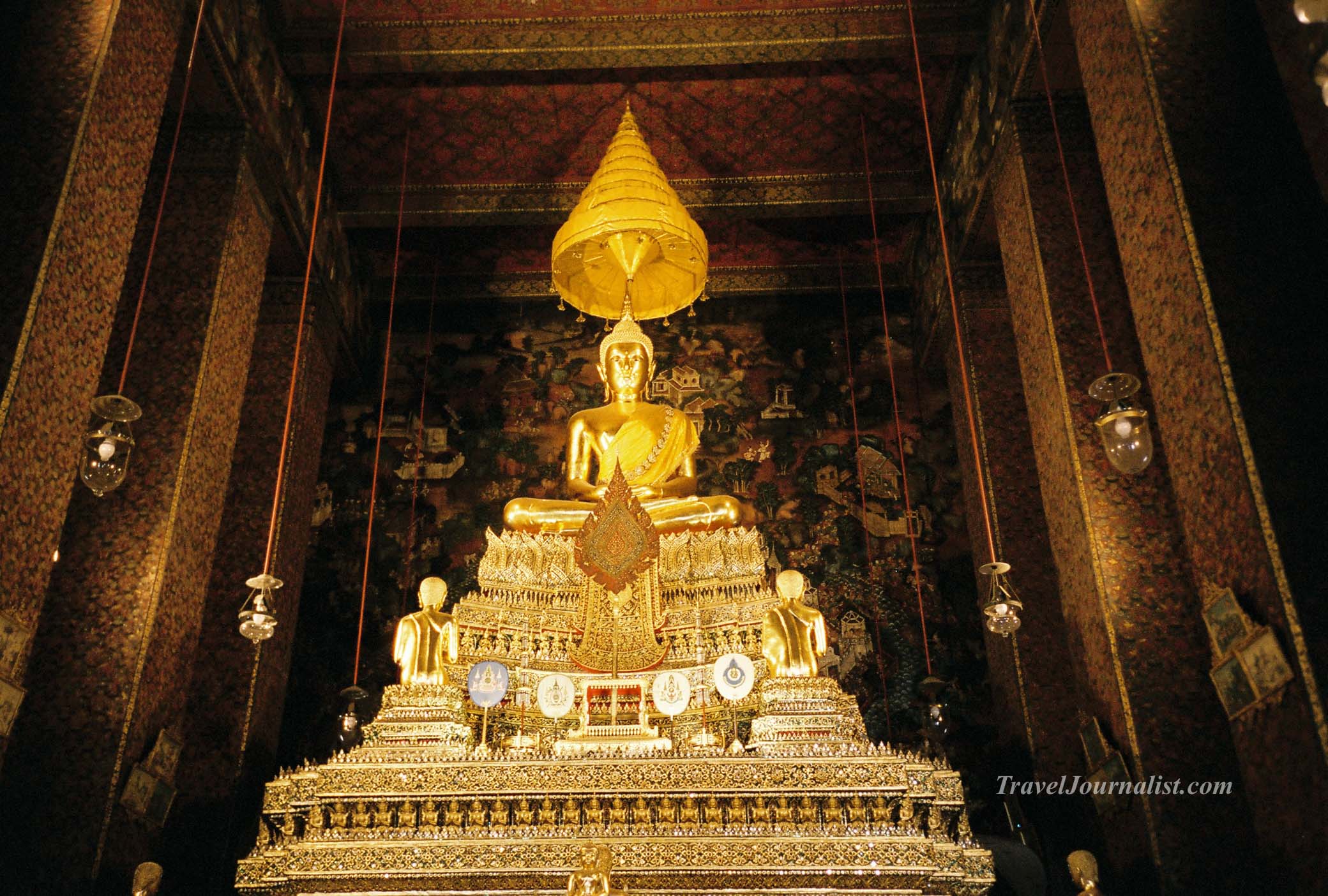
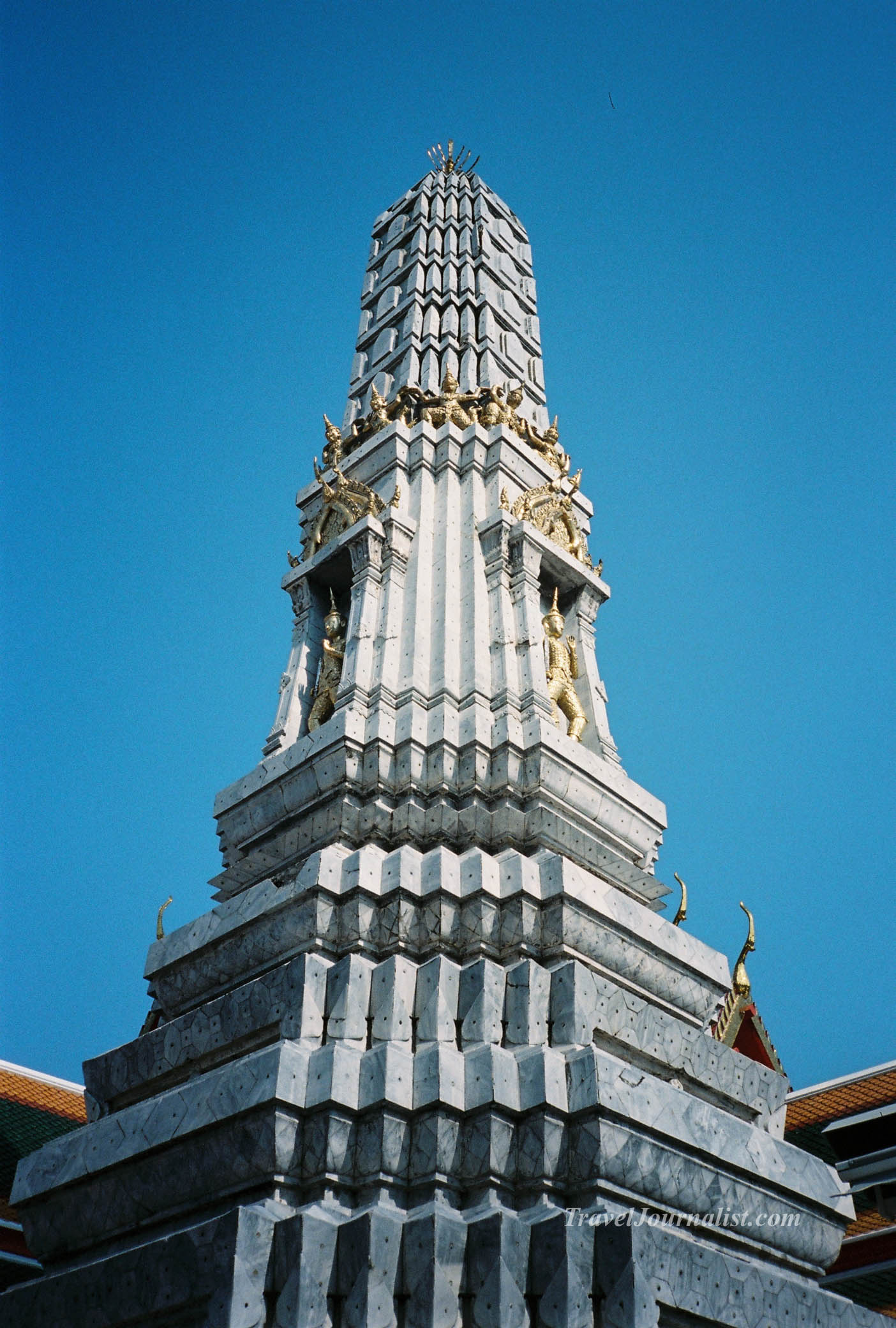
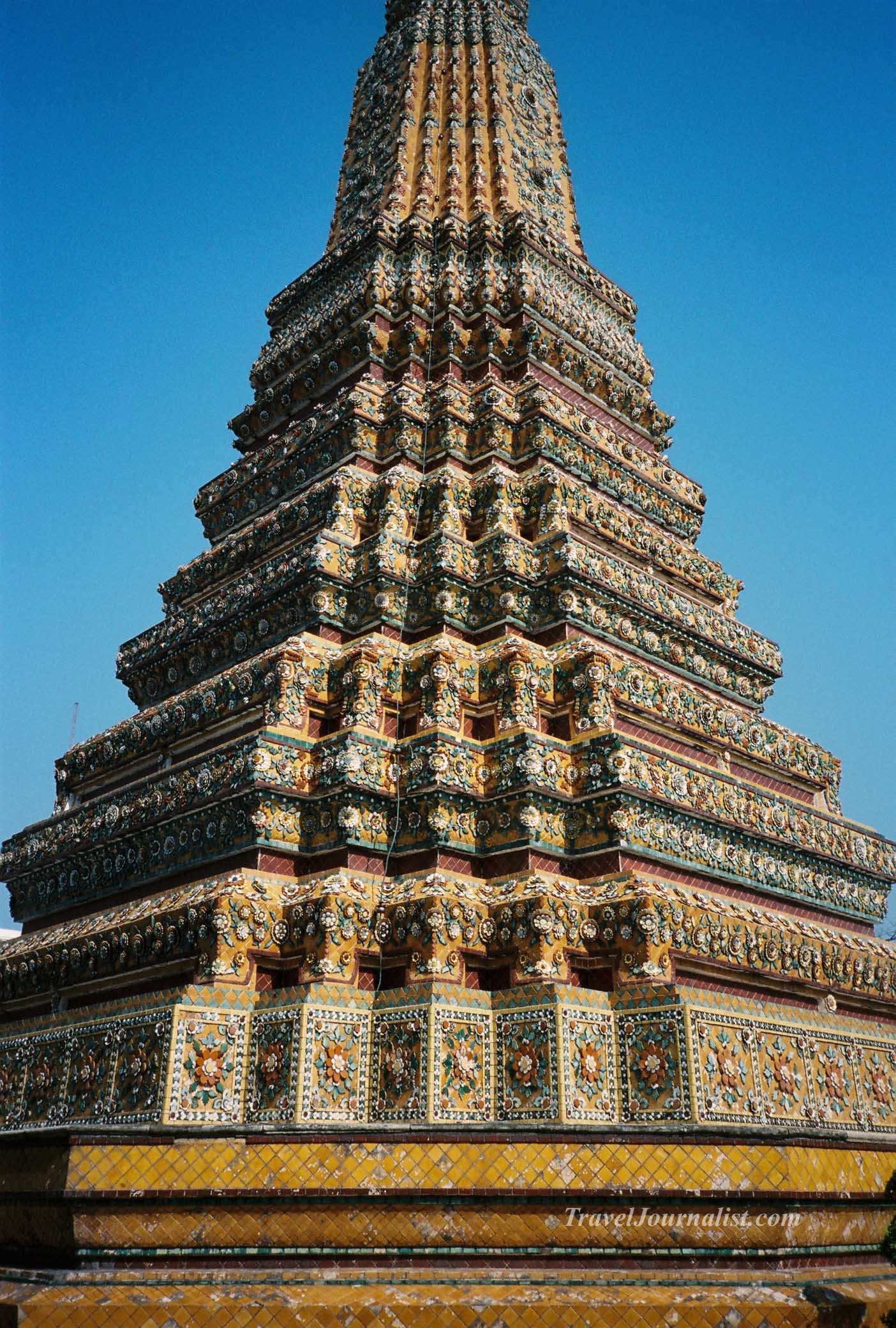
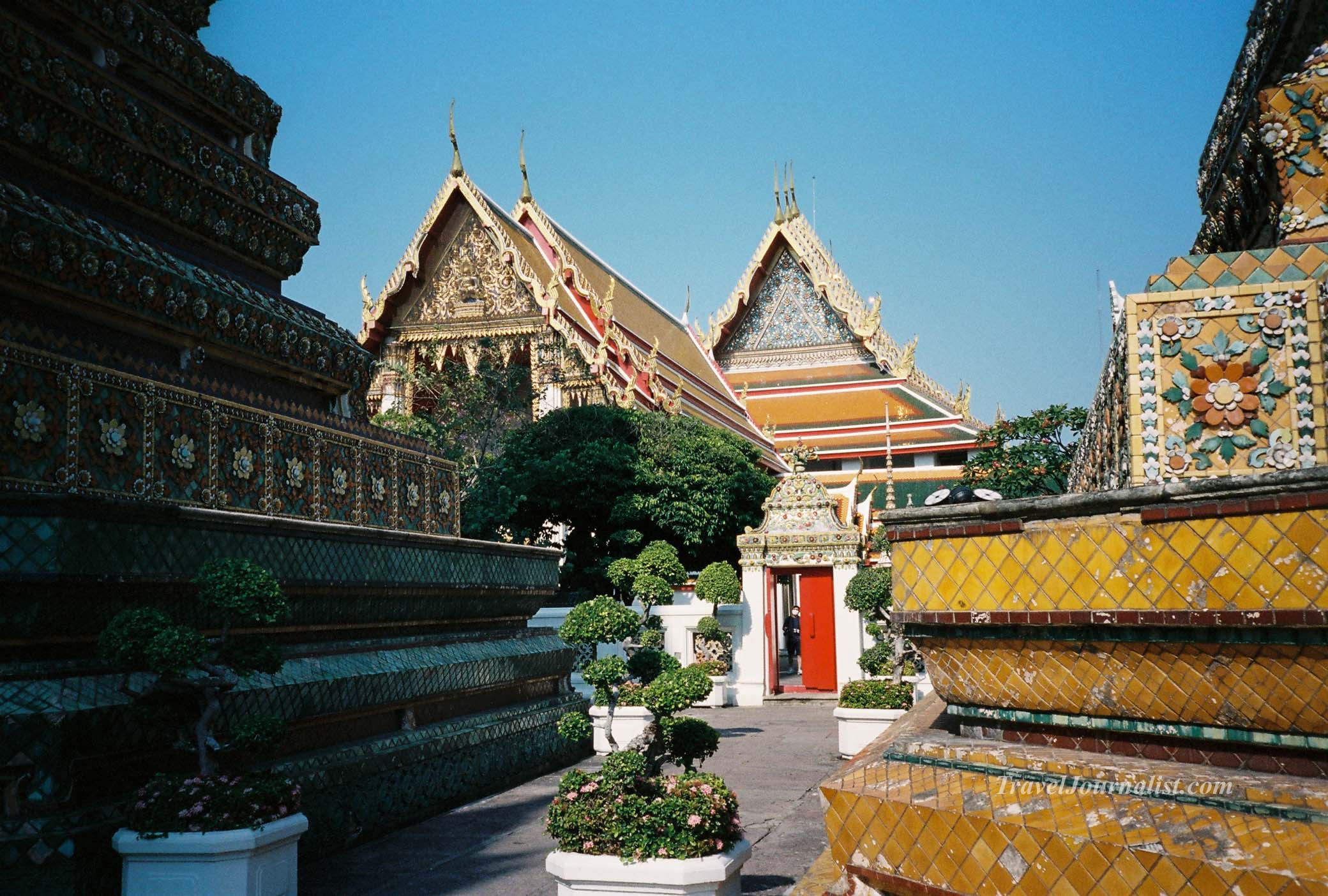
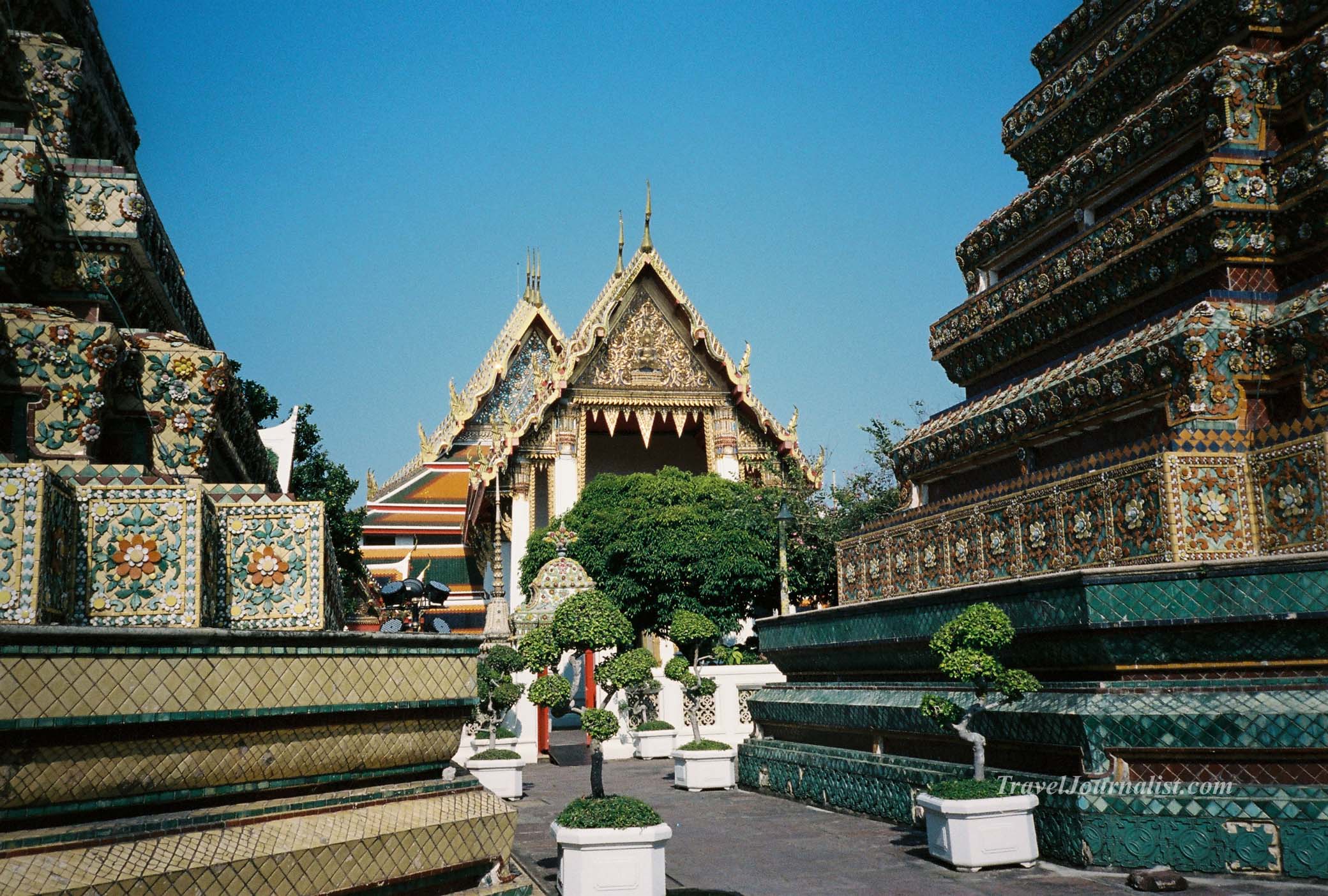
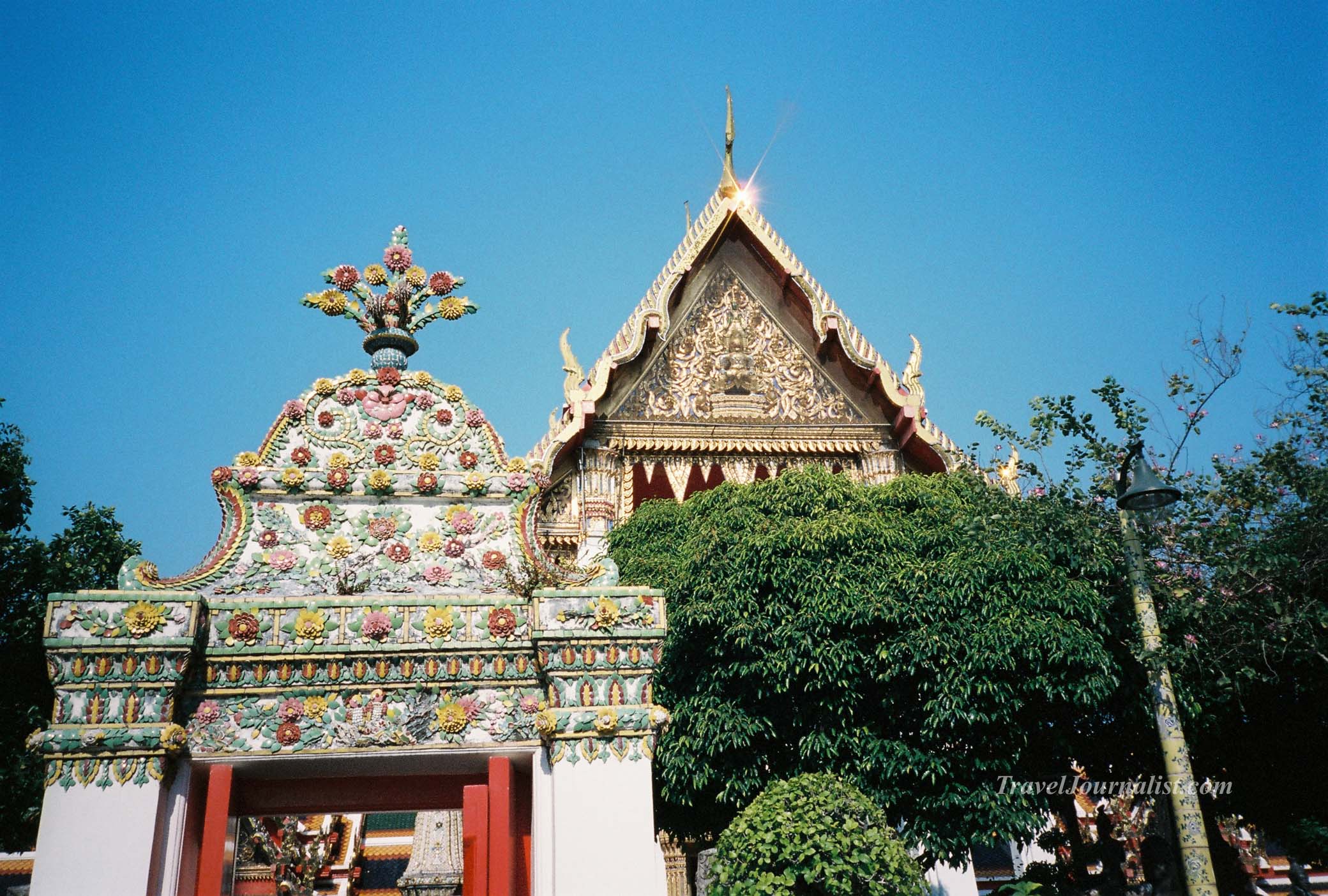
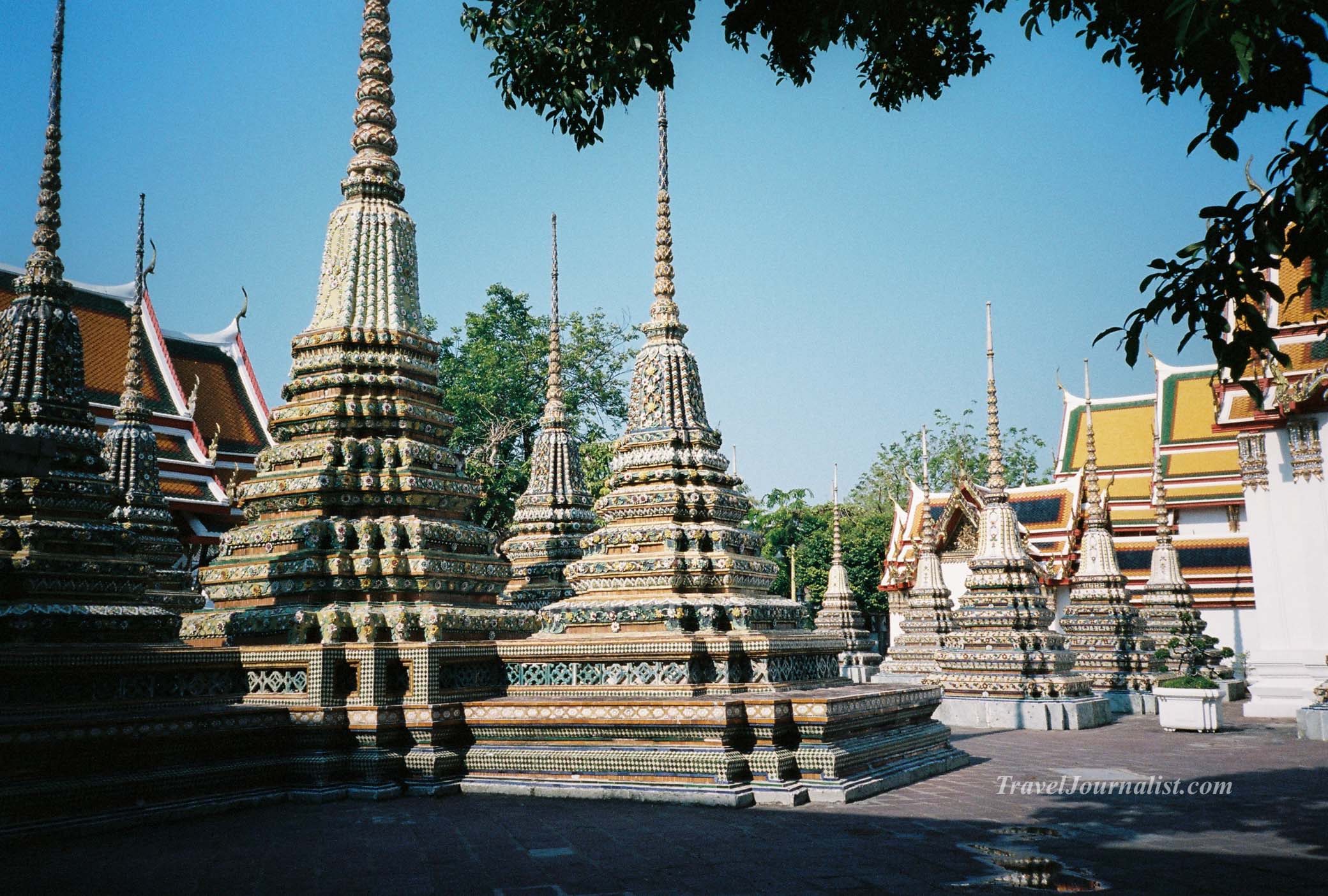
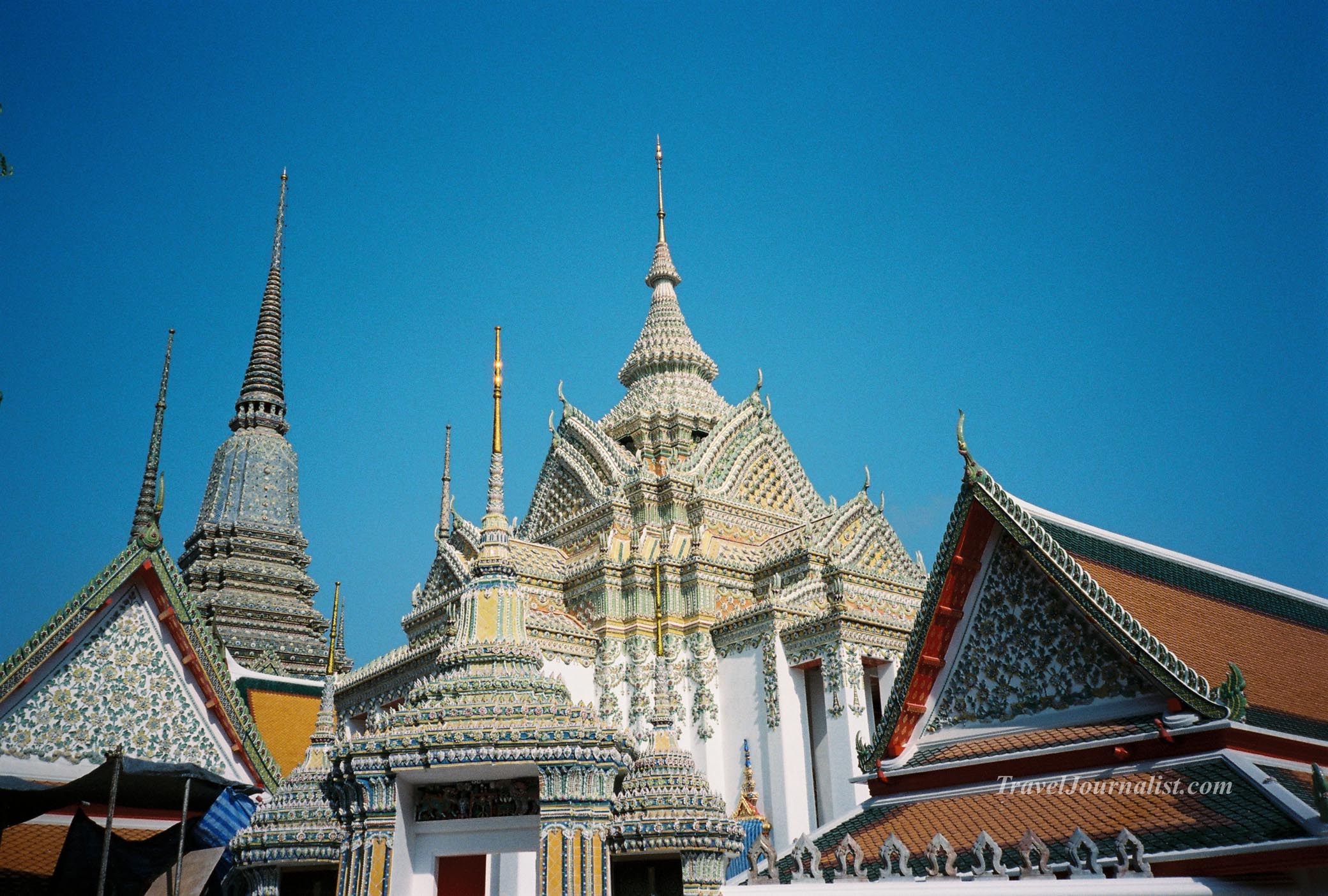

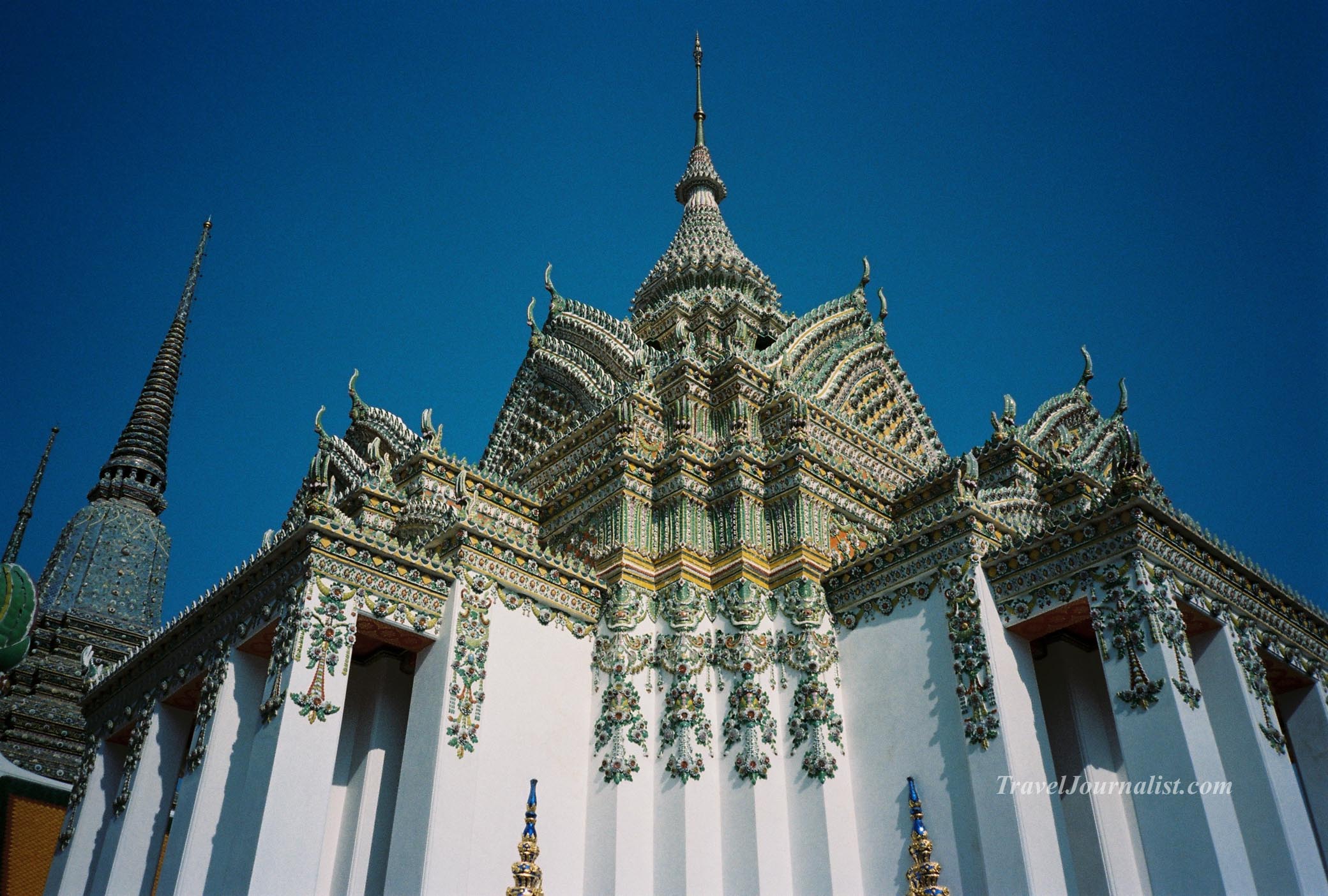
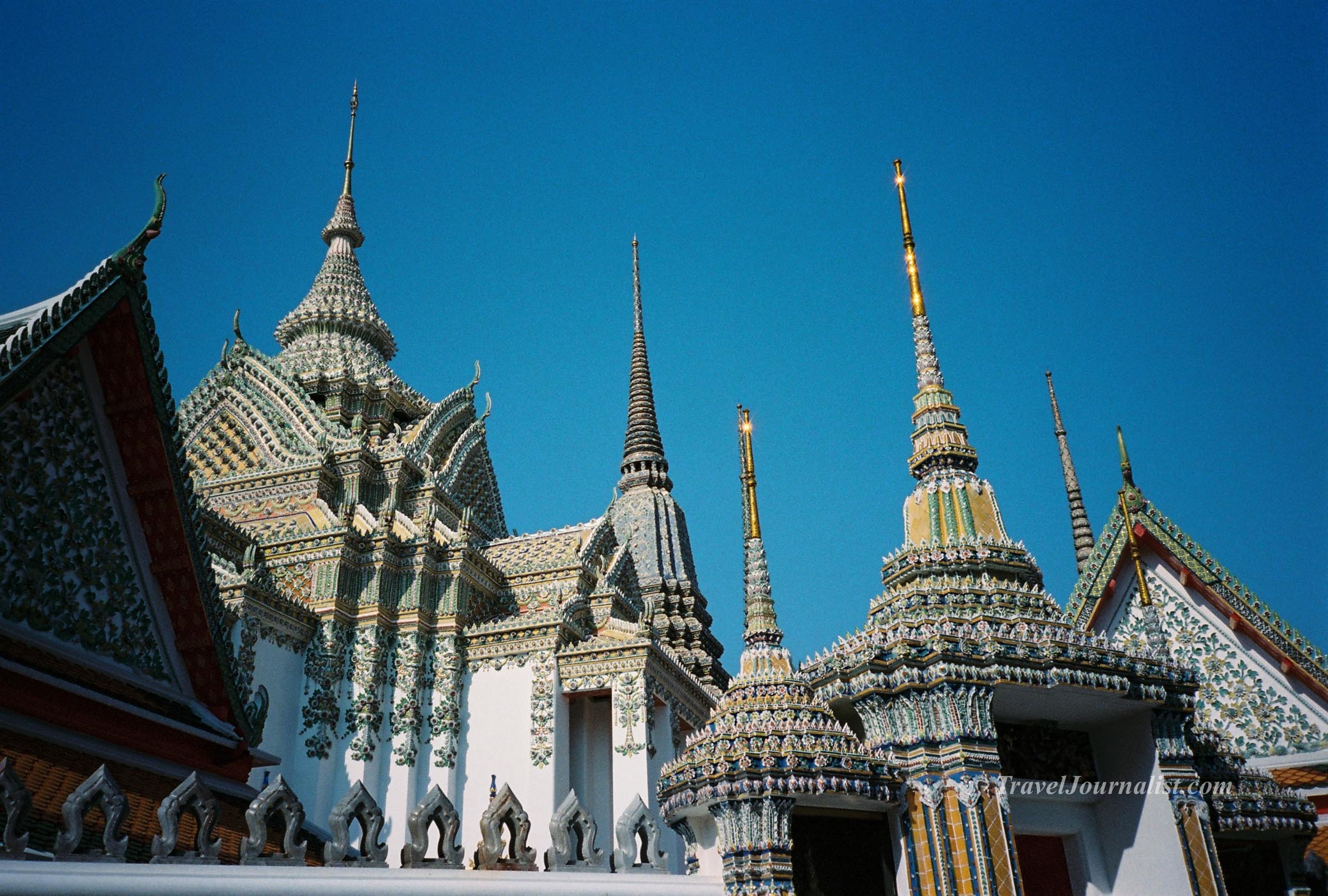
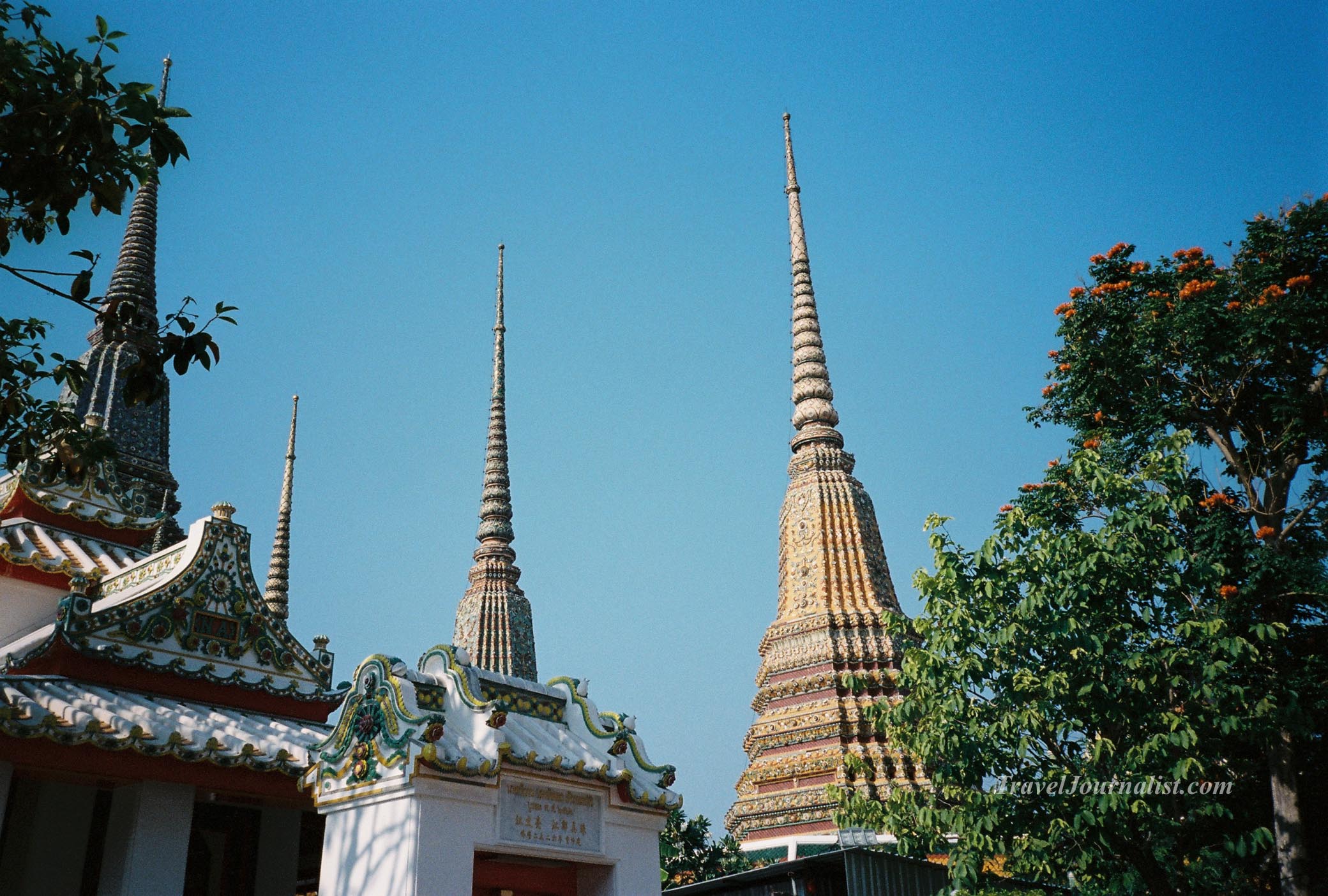
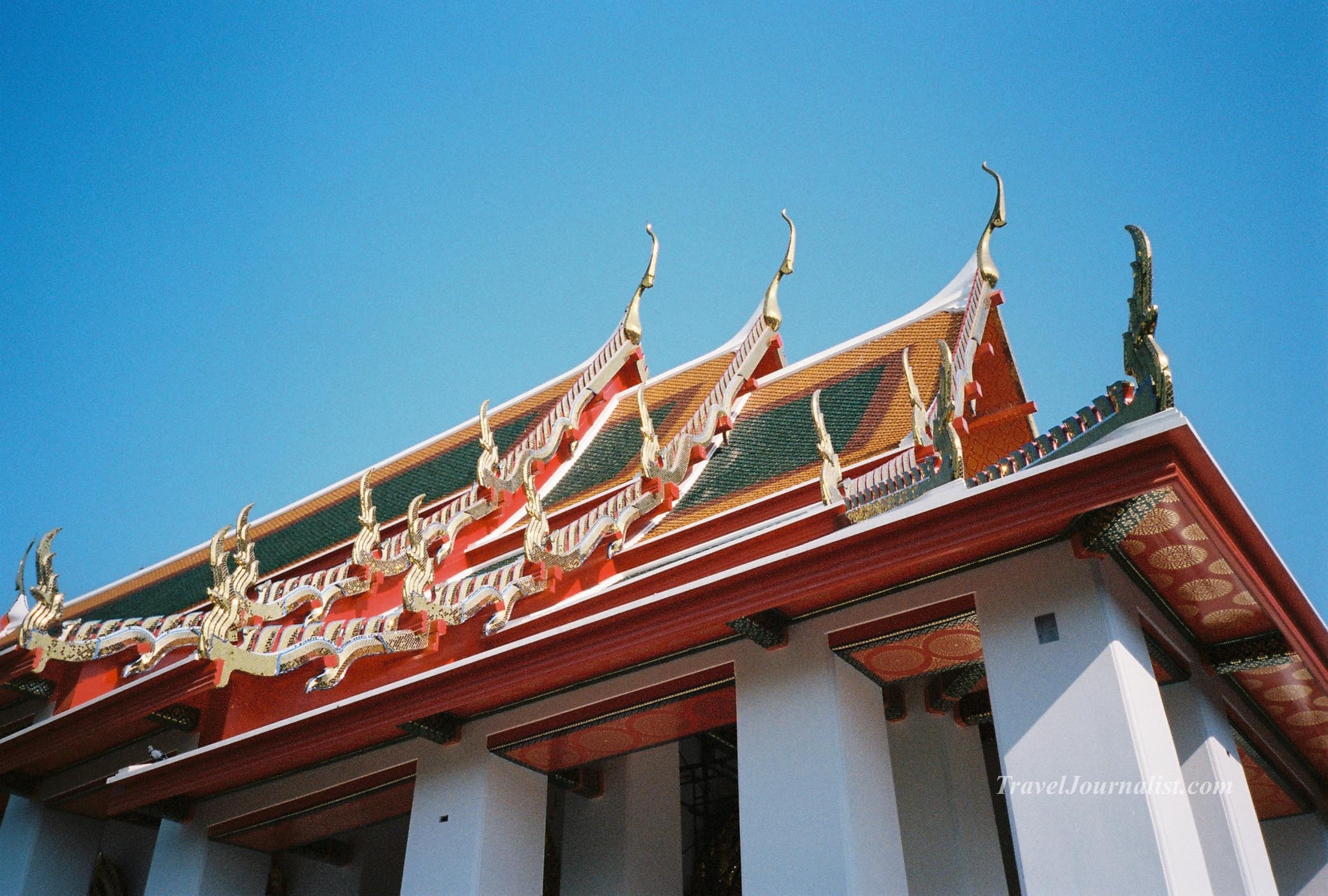
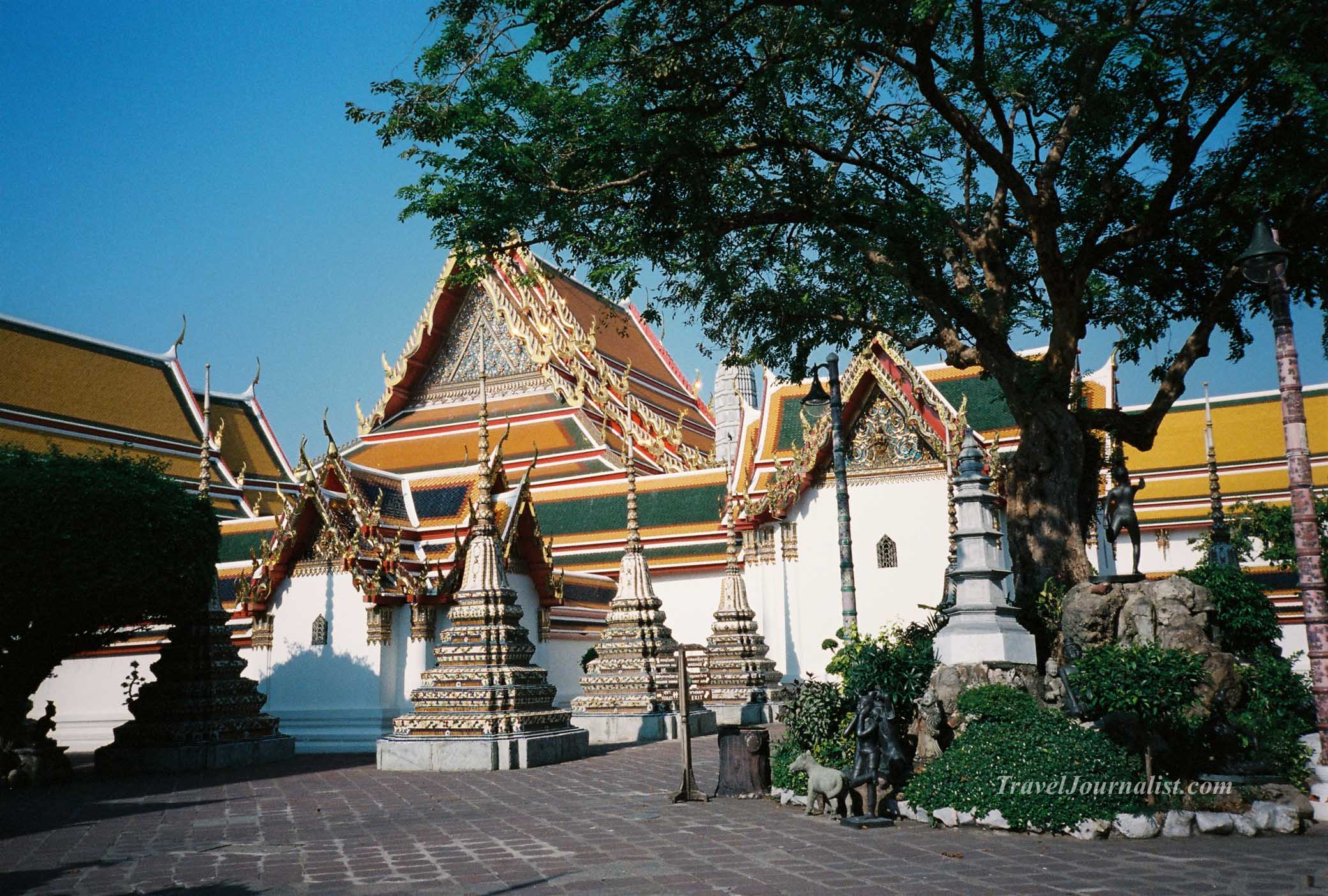

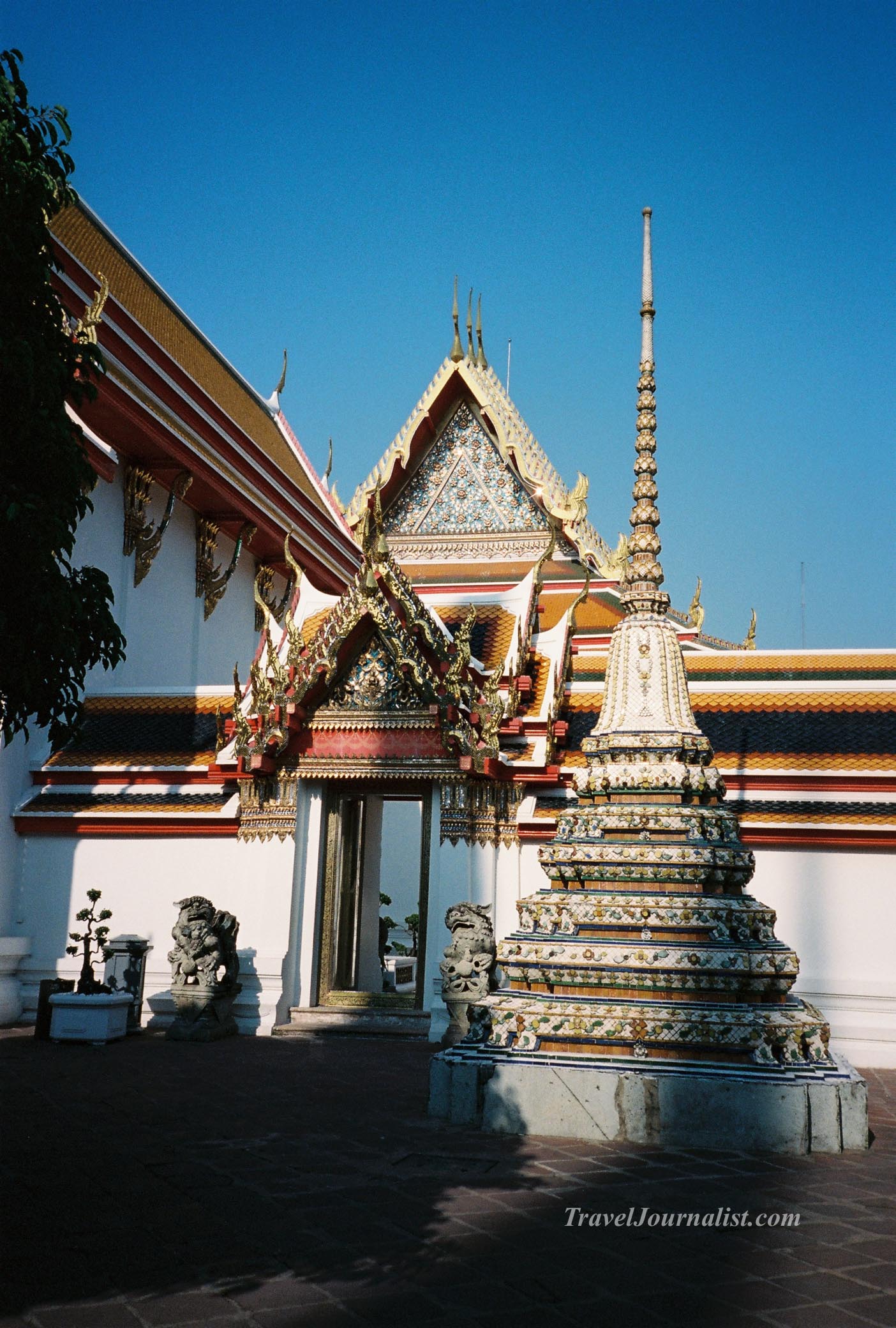
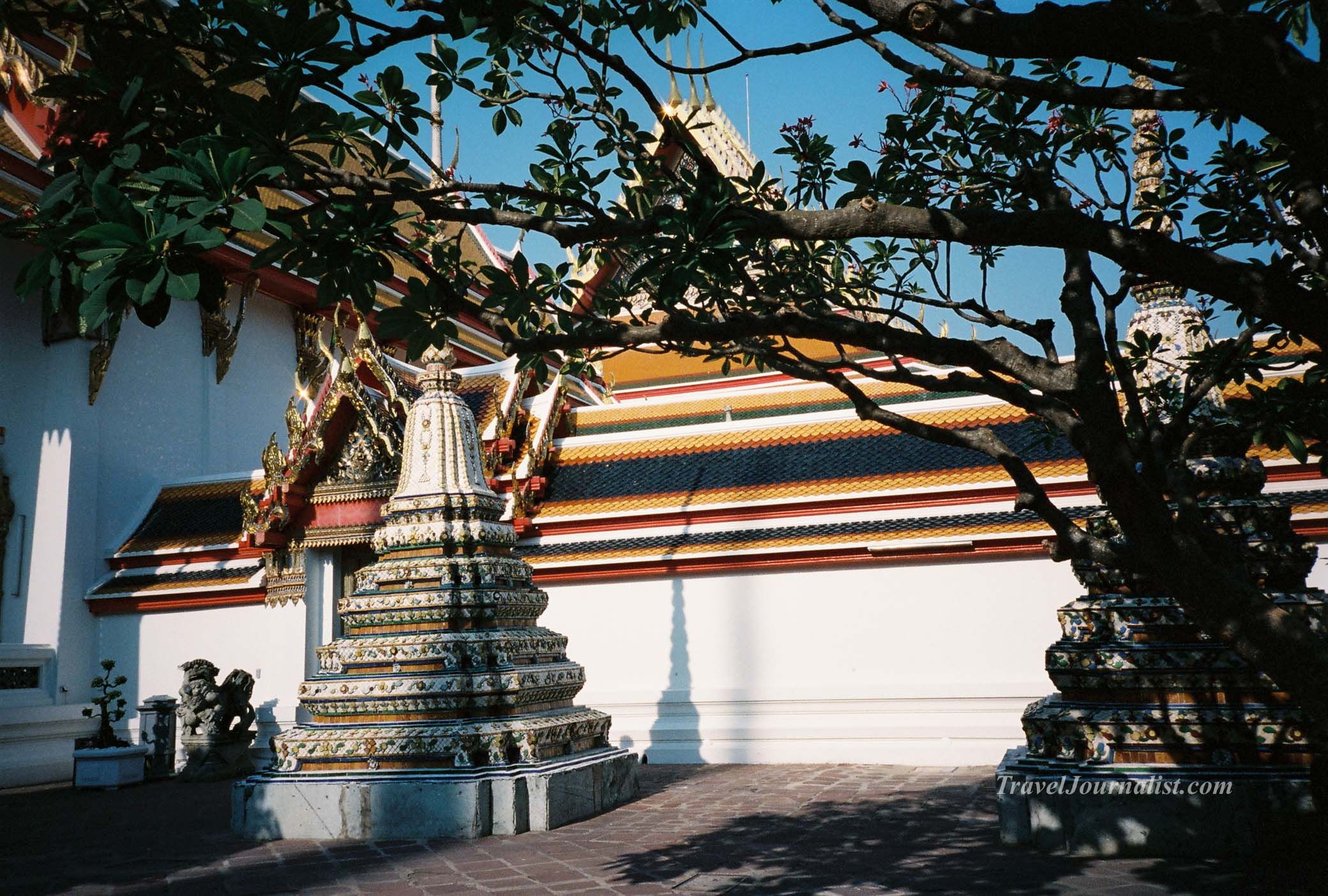
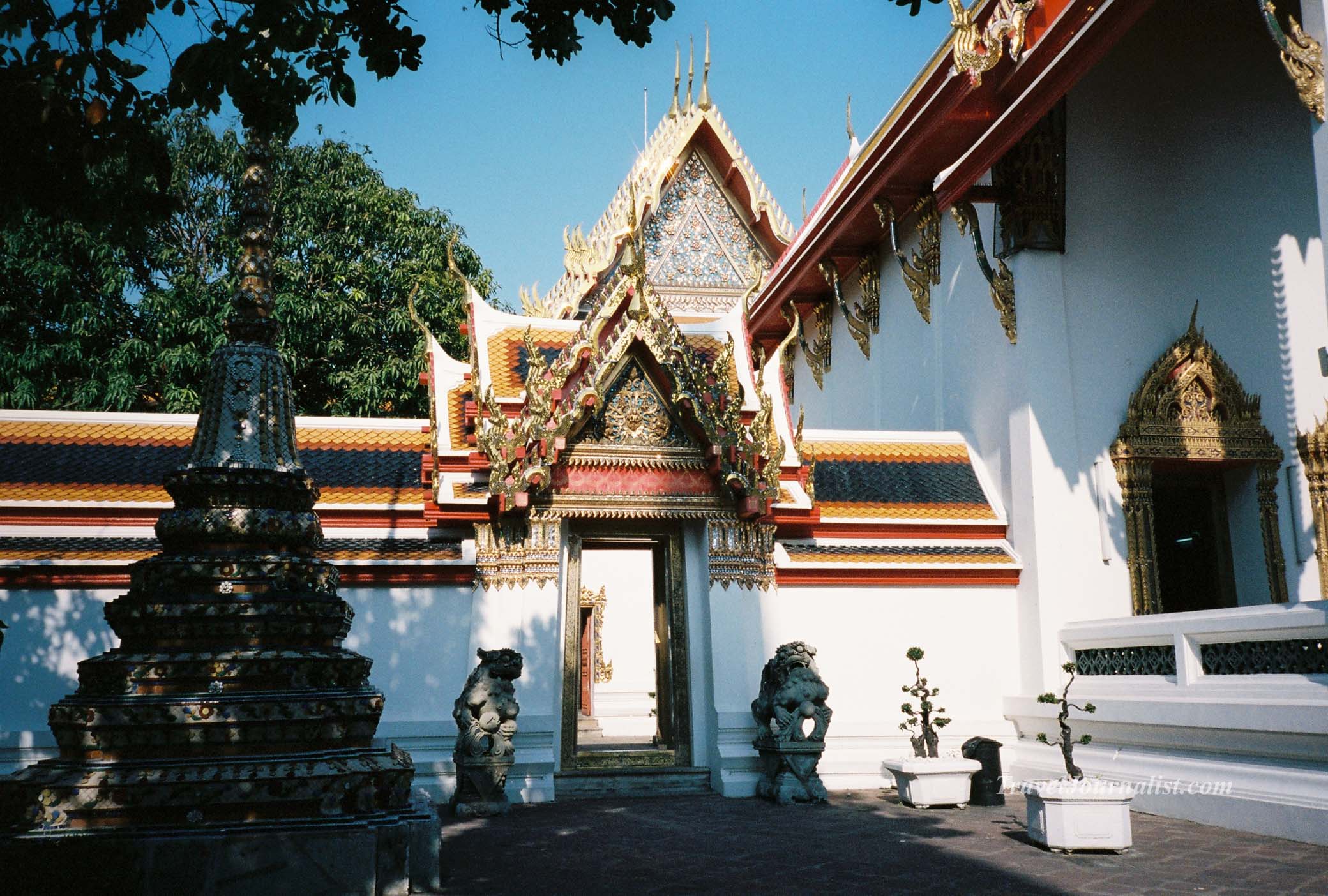
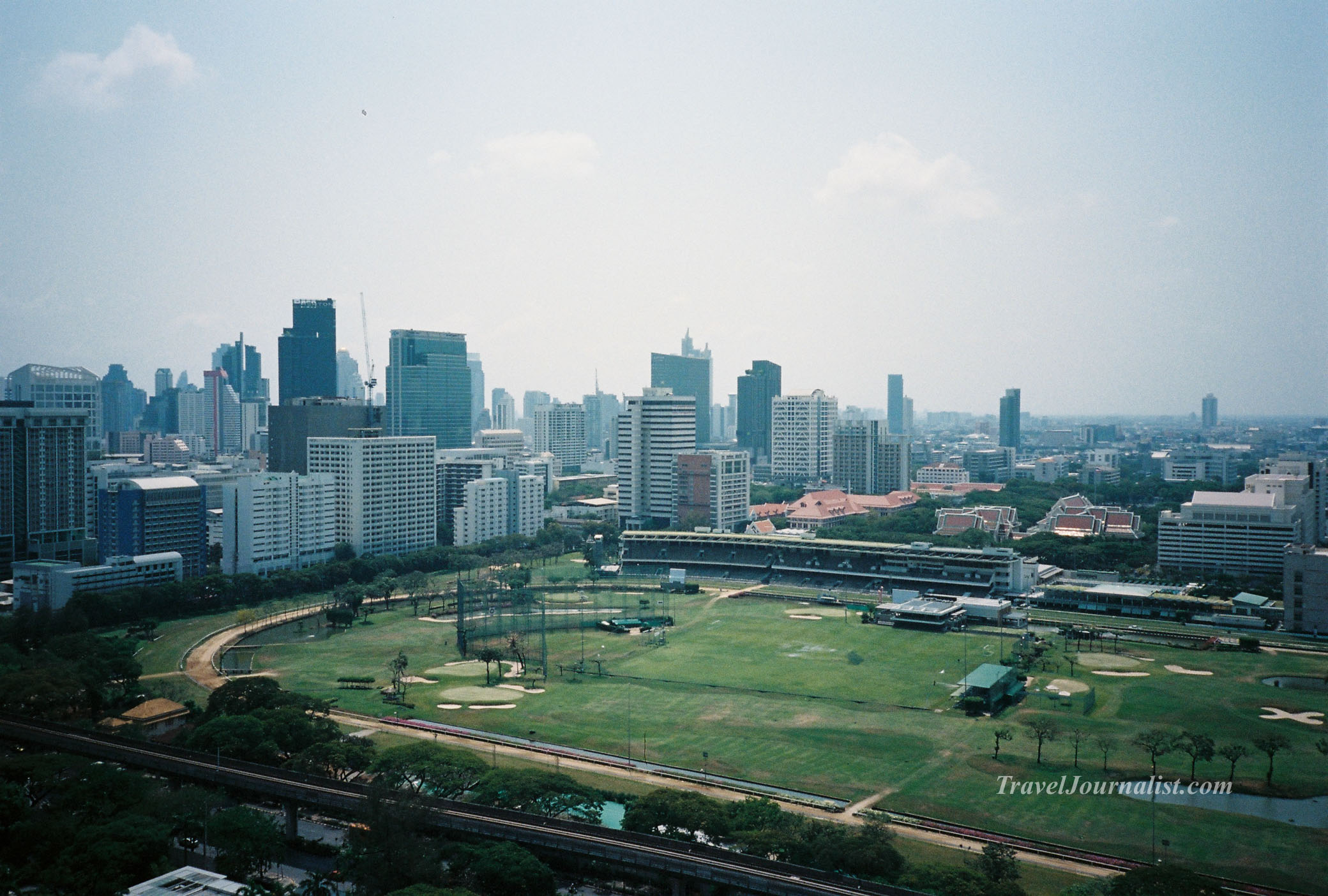
Here are the pictures shot with Kodak TX 400 without any editing :
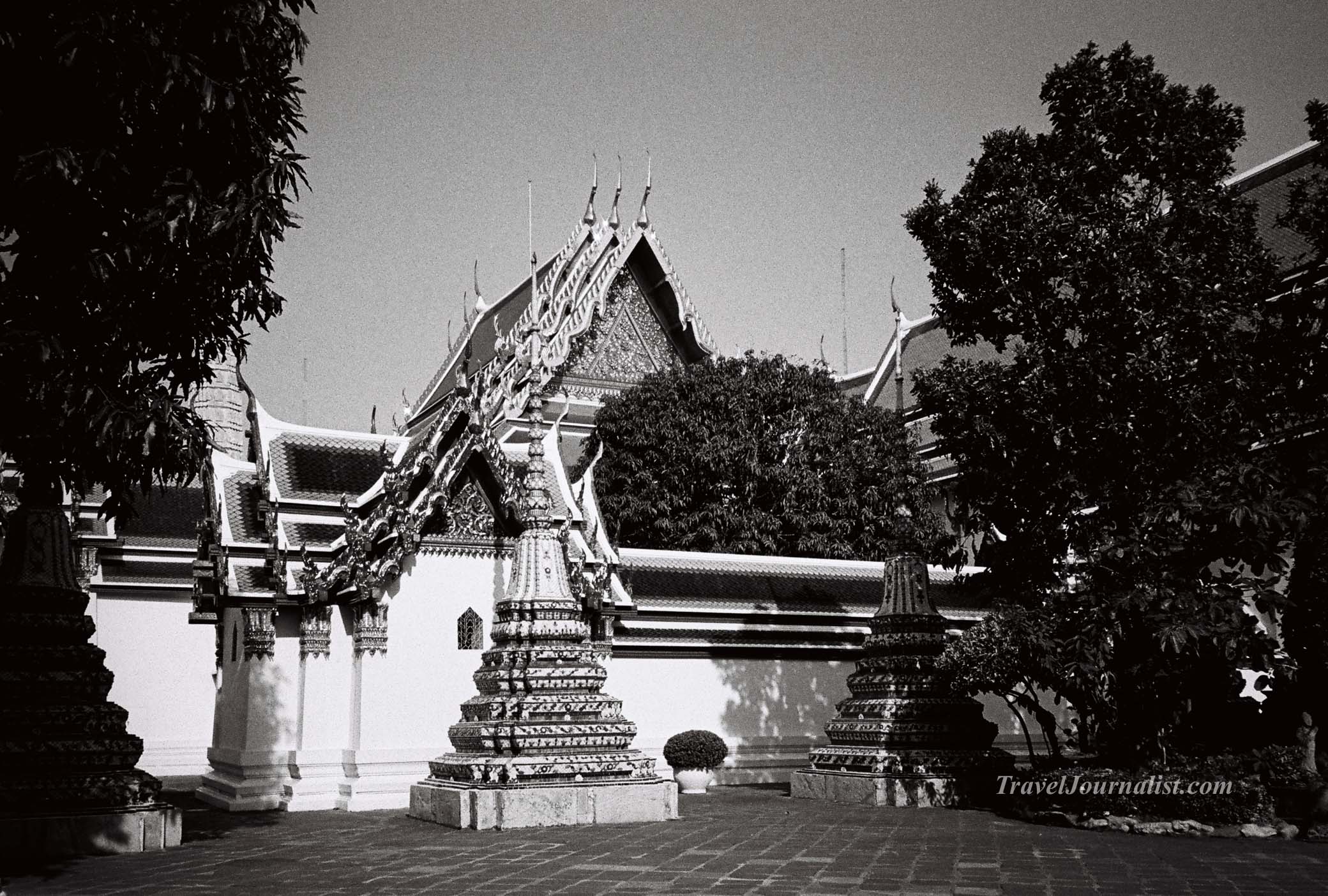
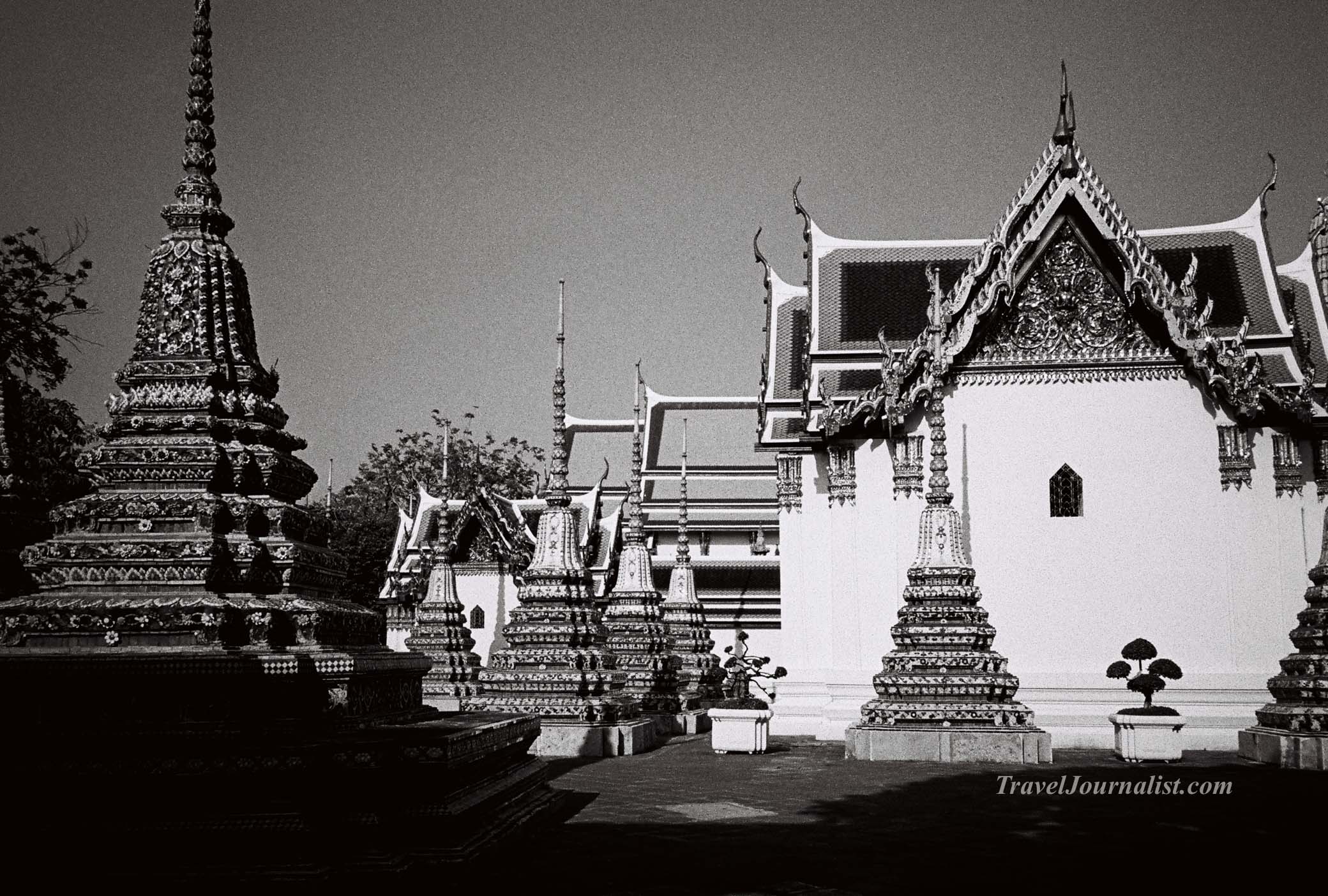
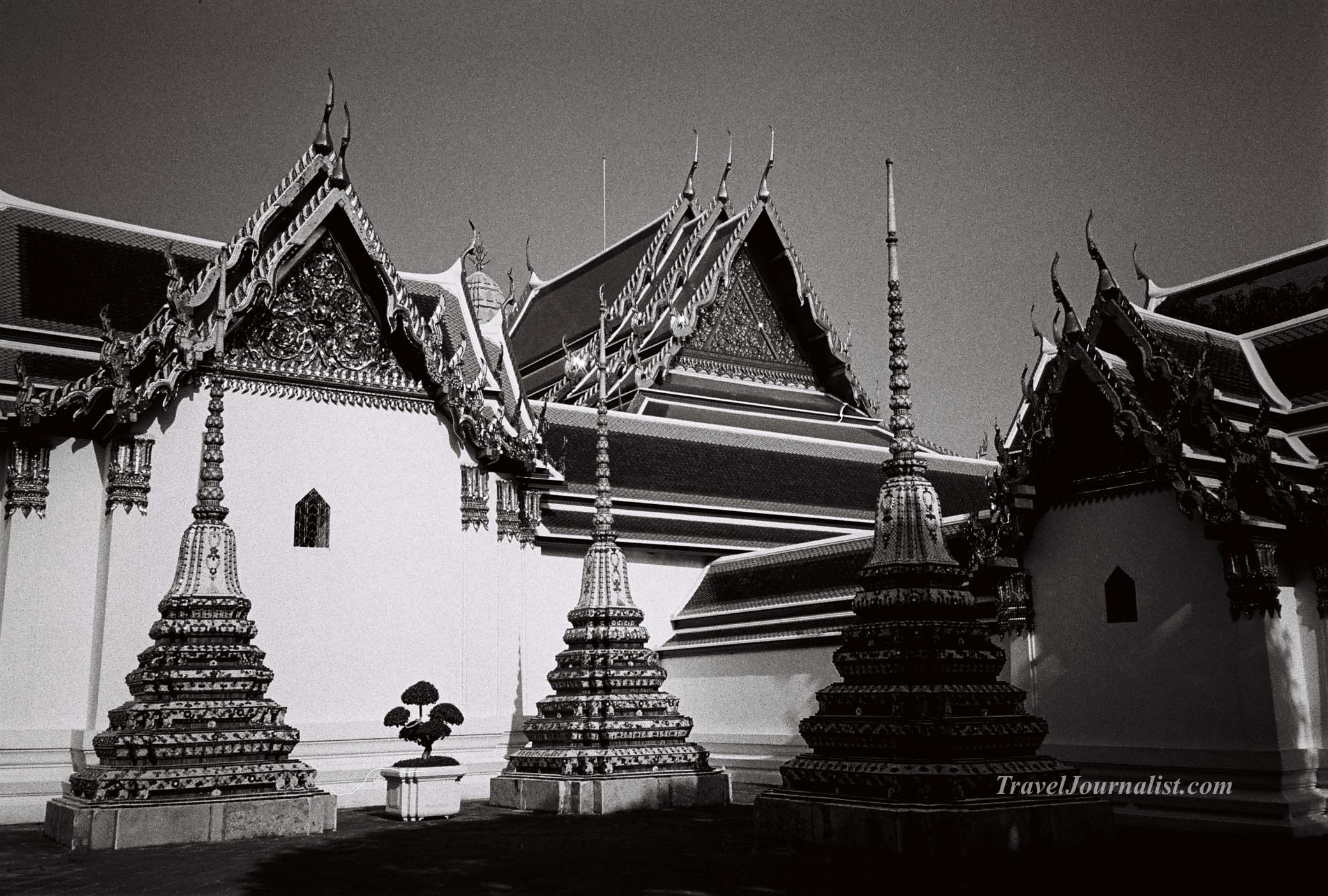
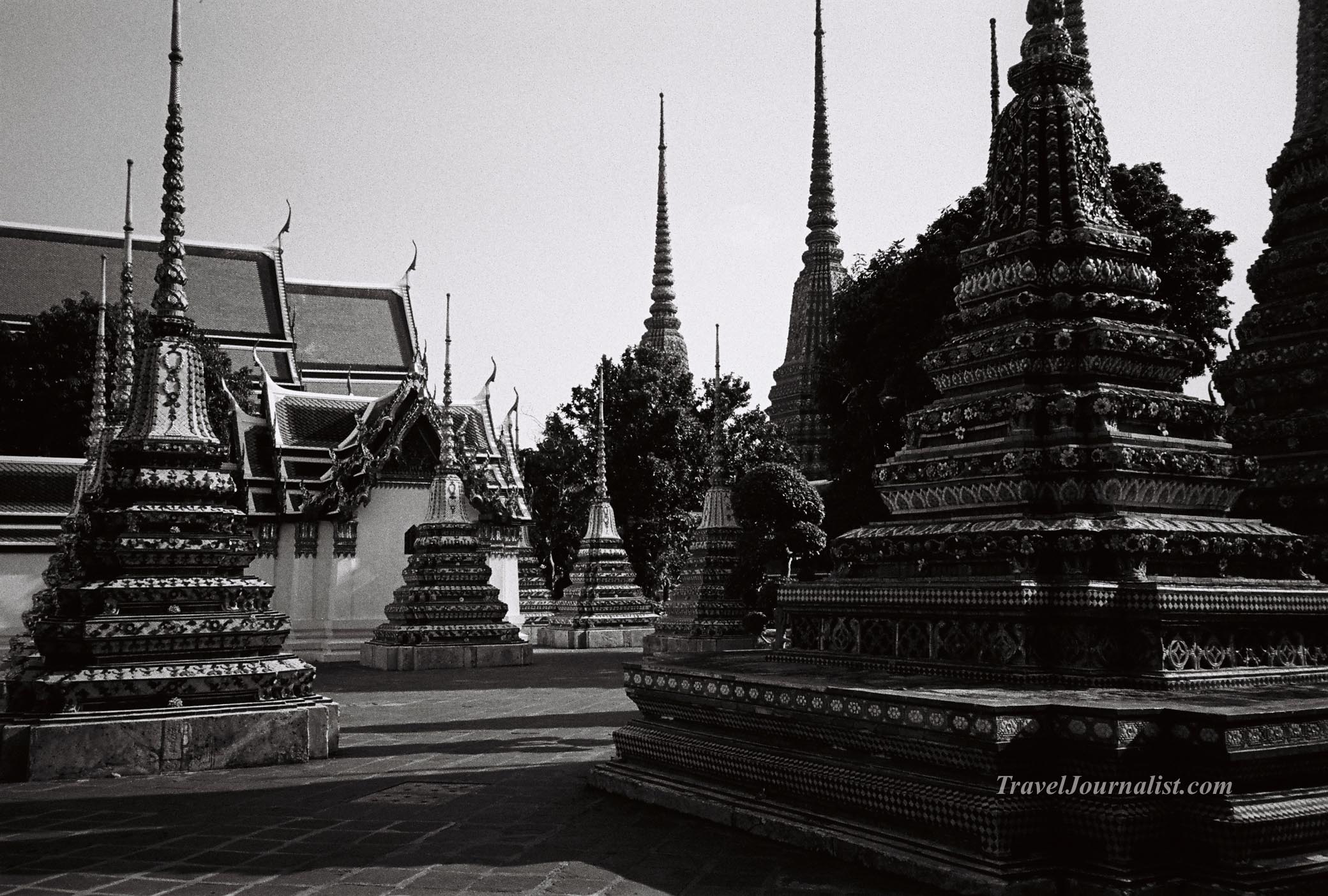
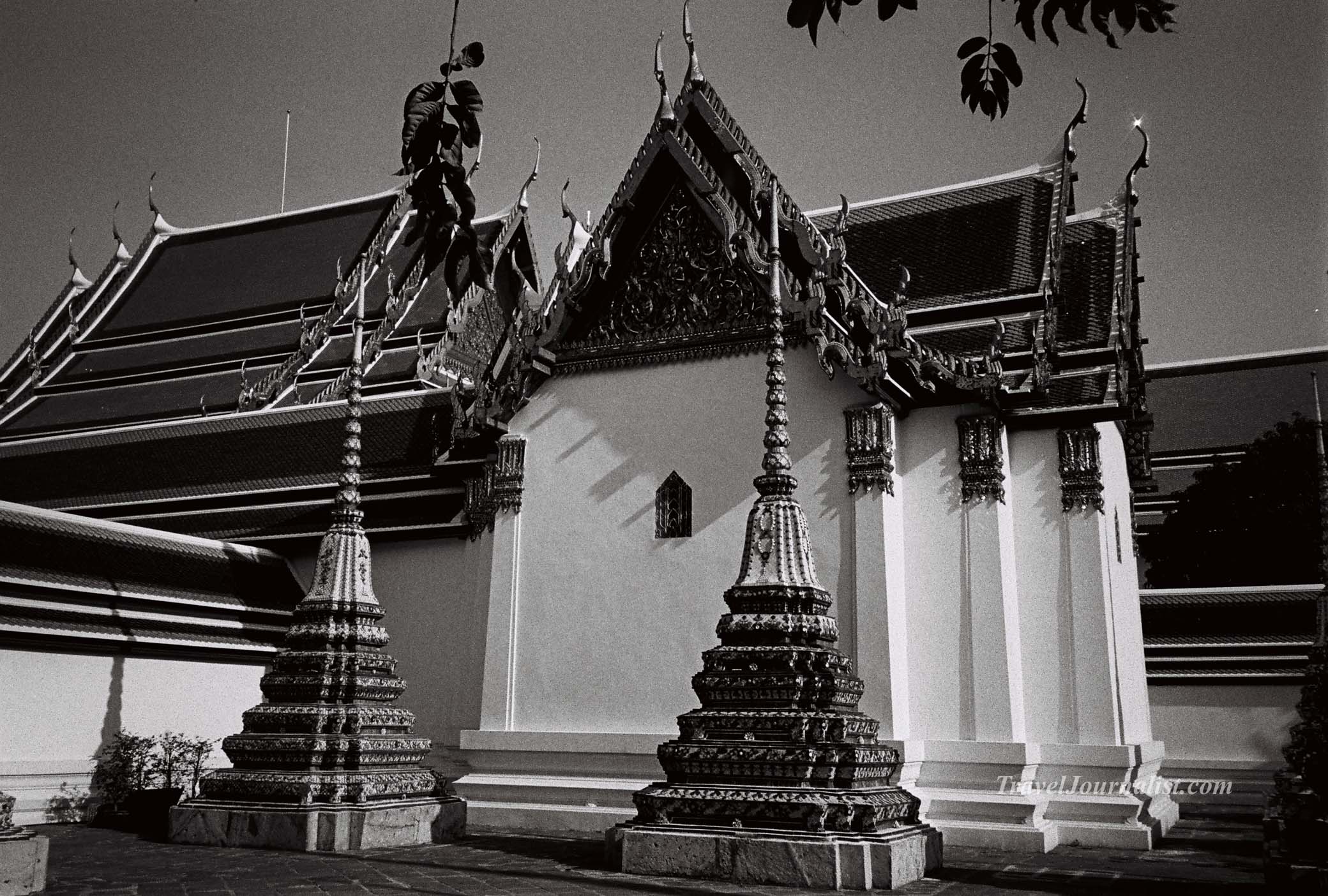
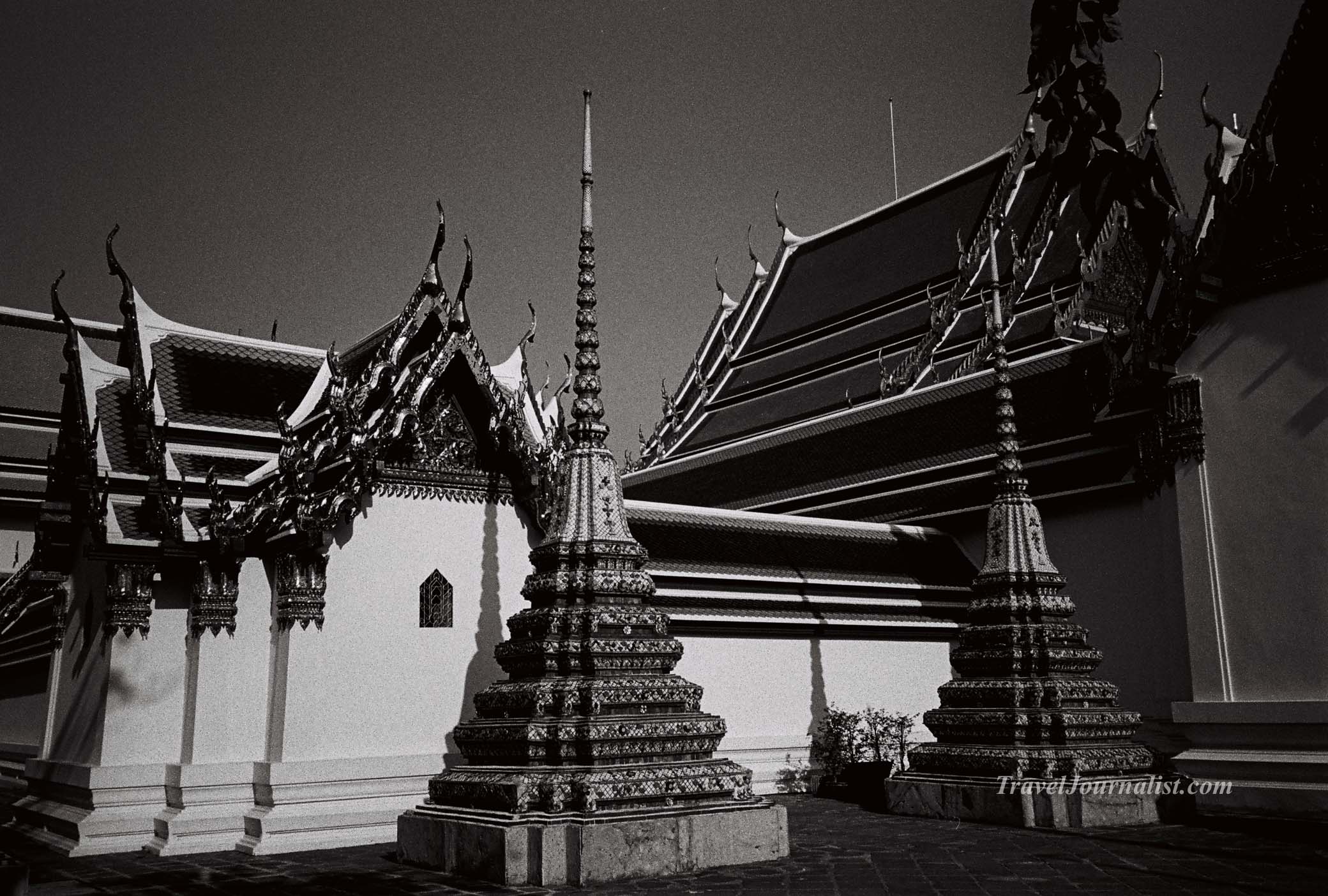
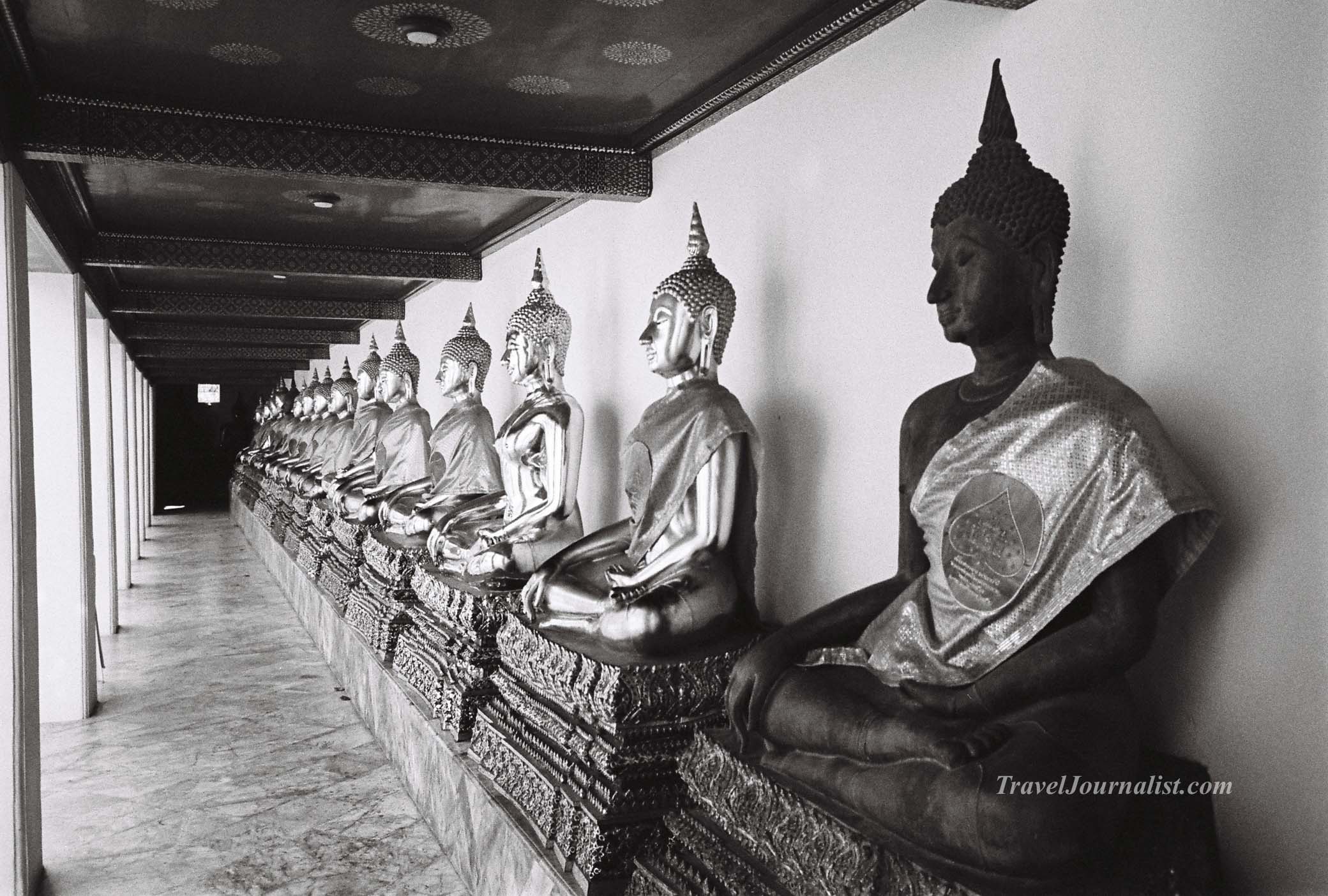
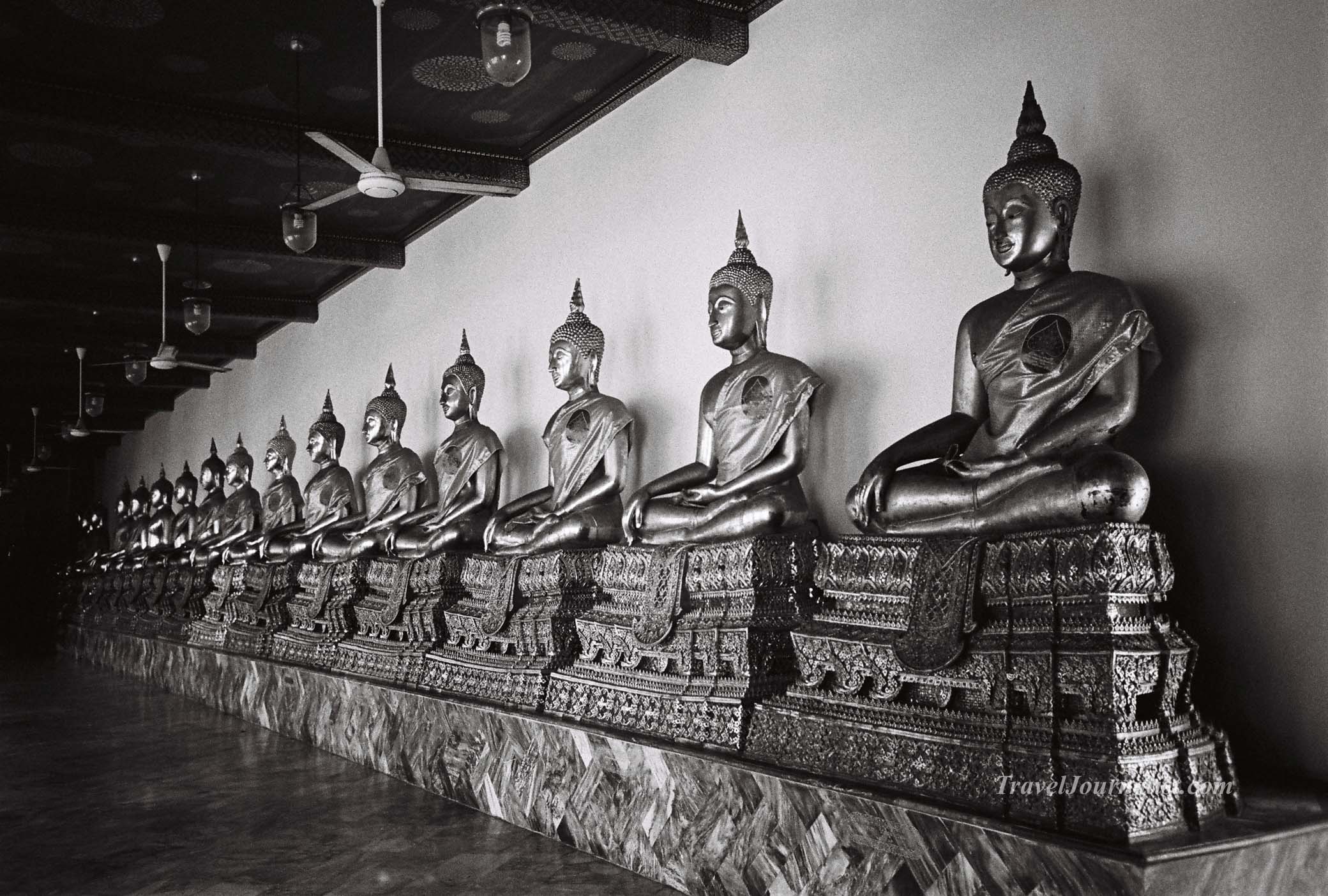
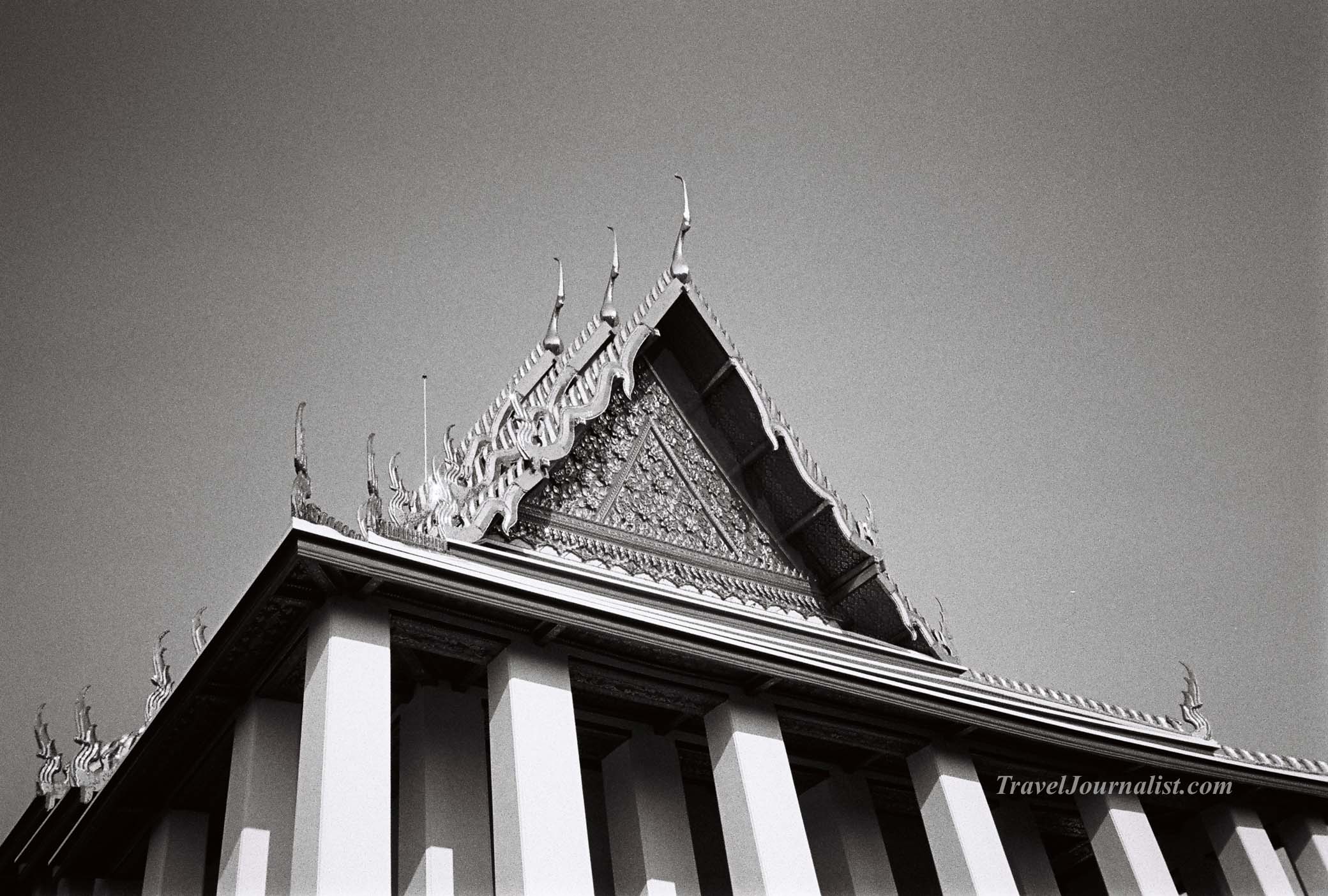
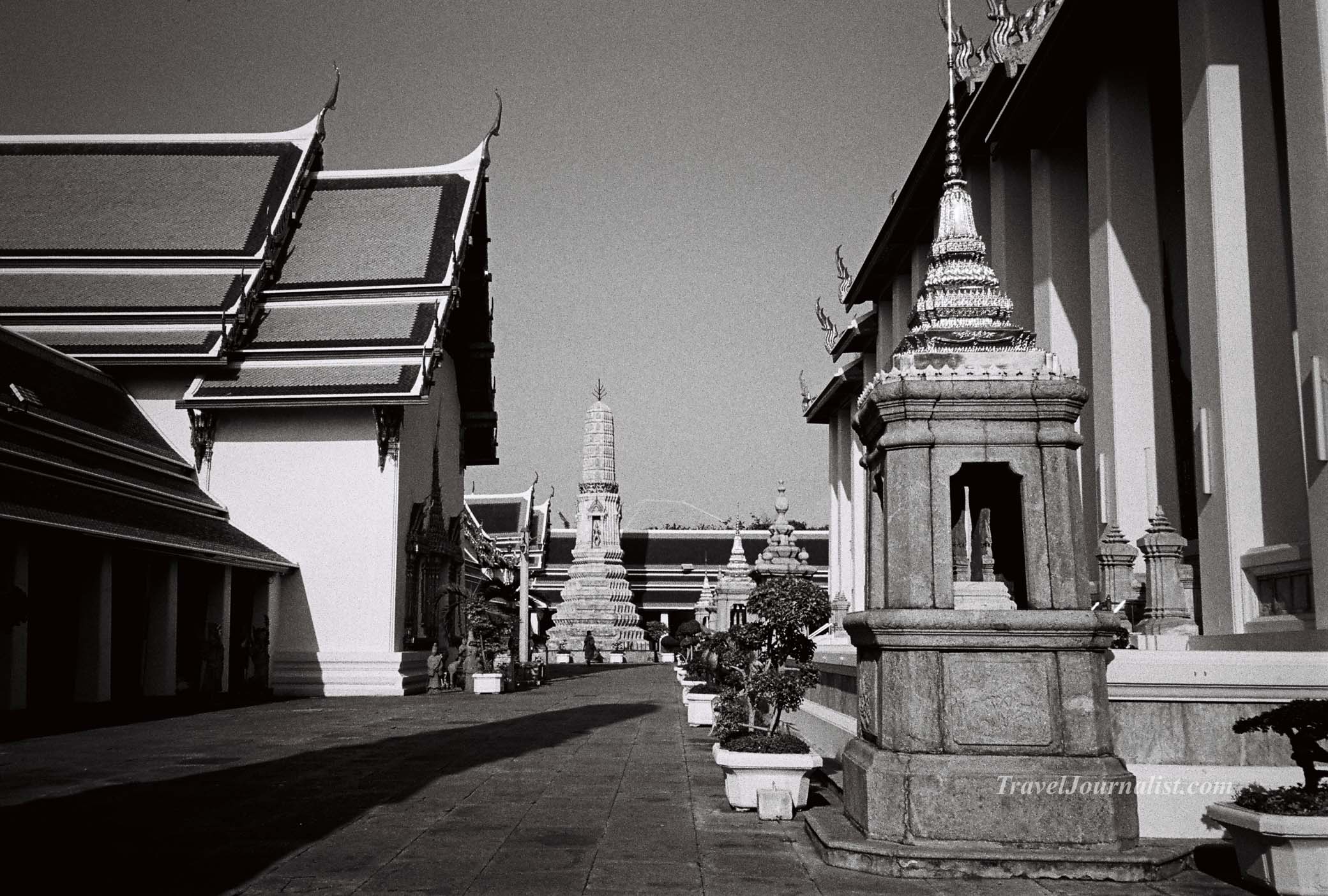
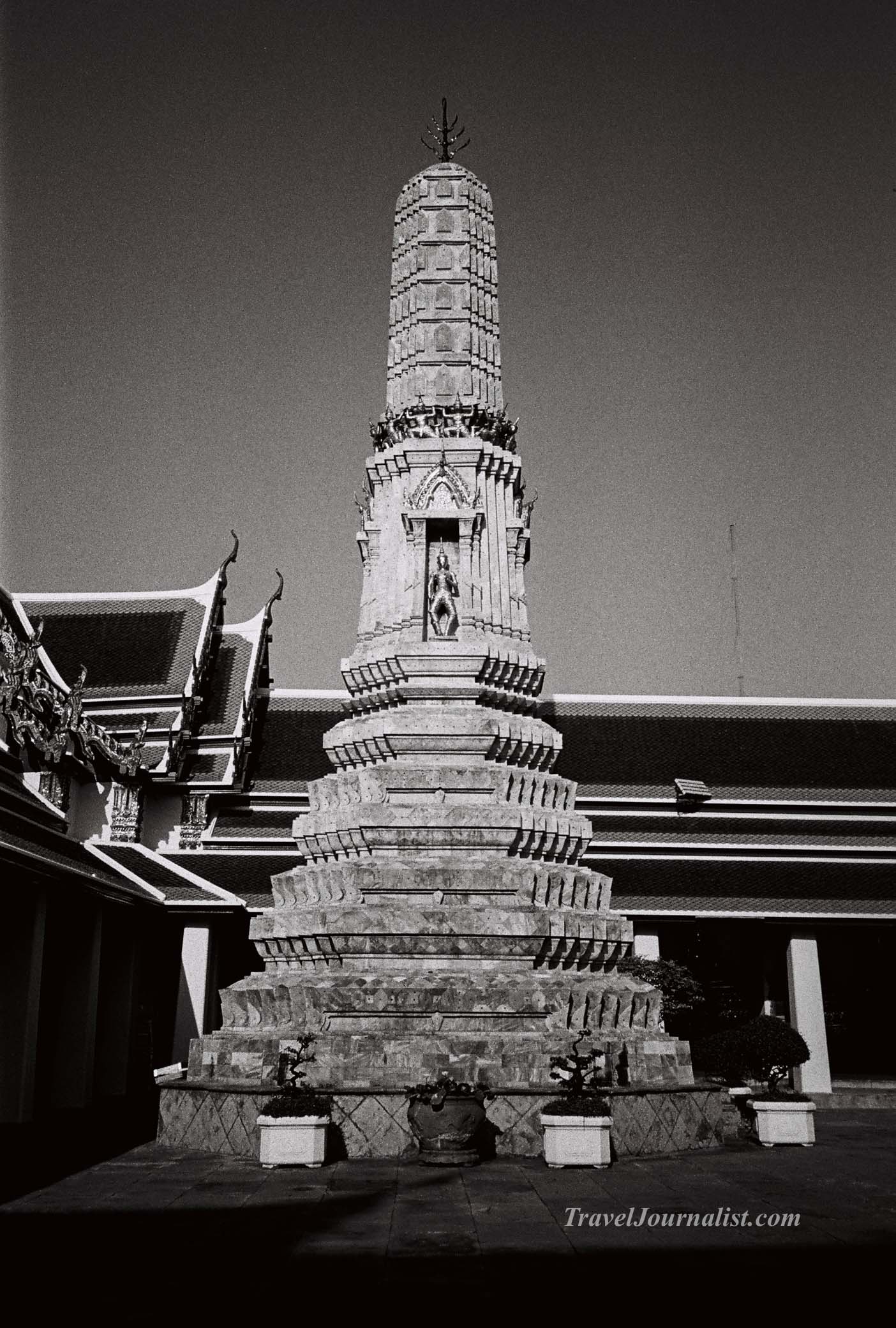
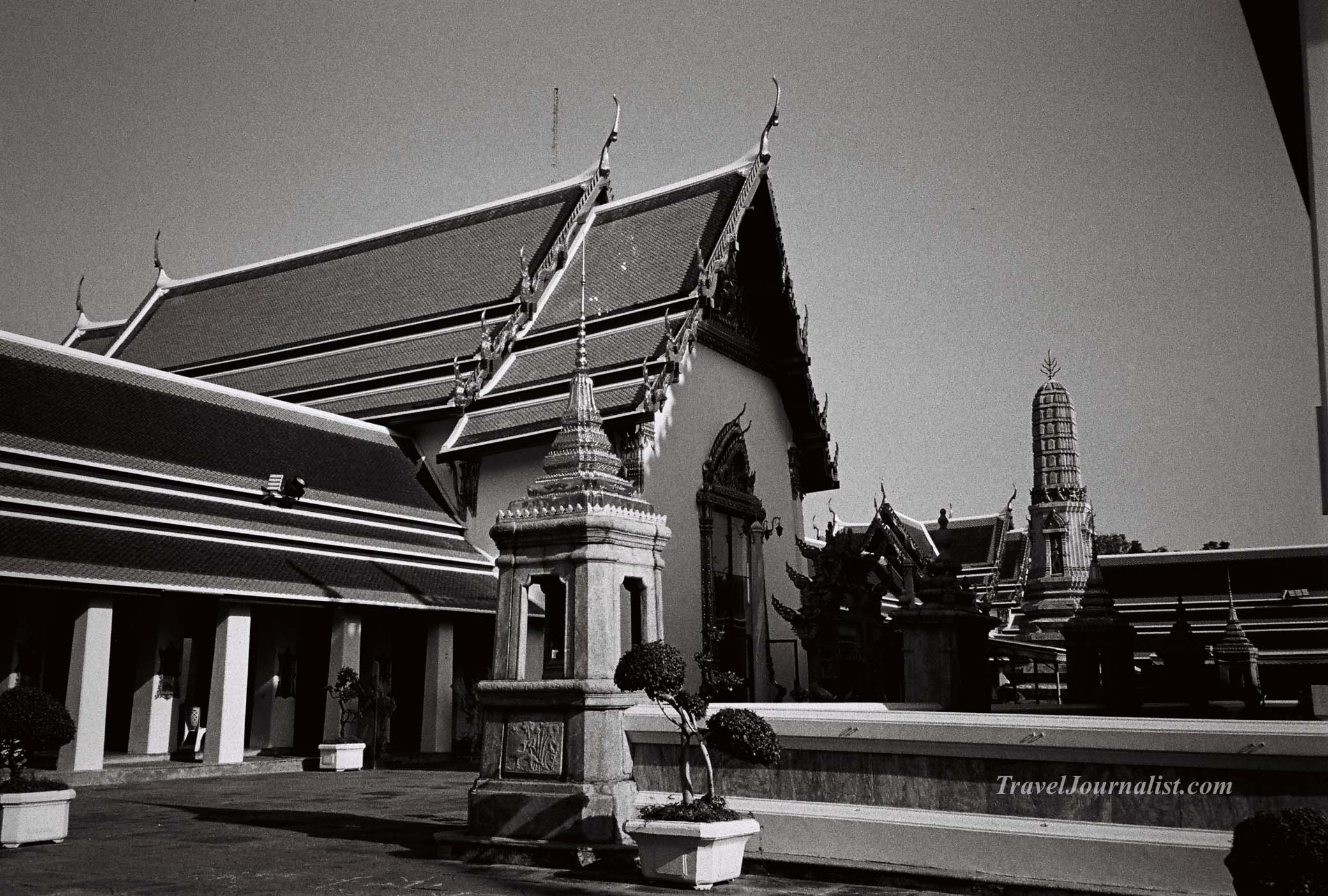
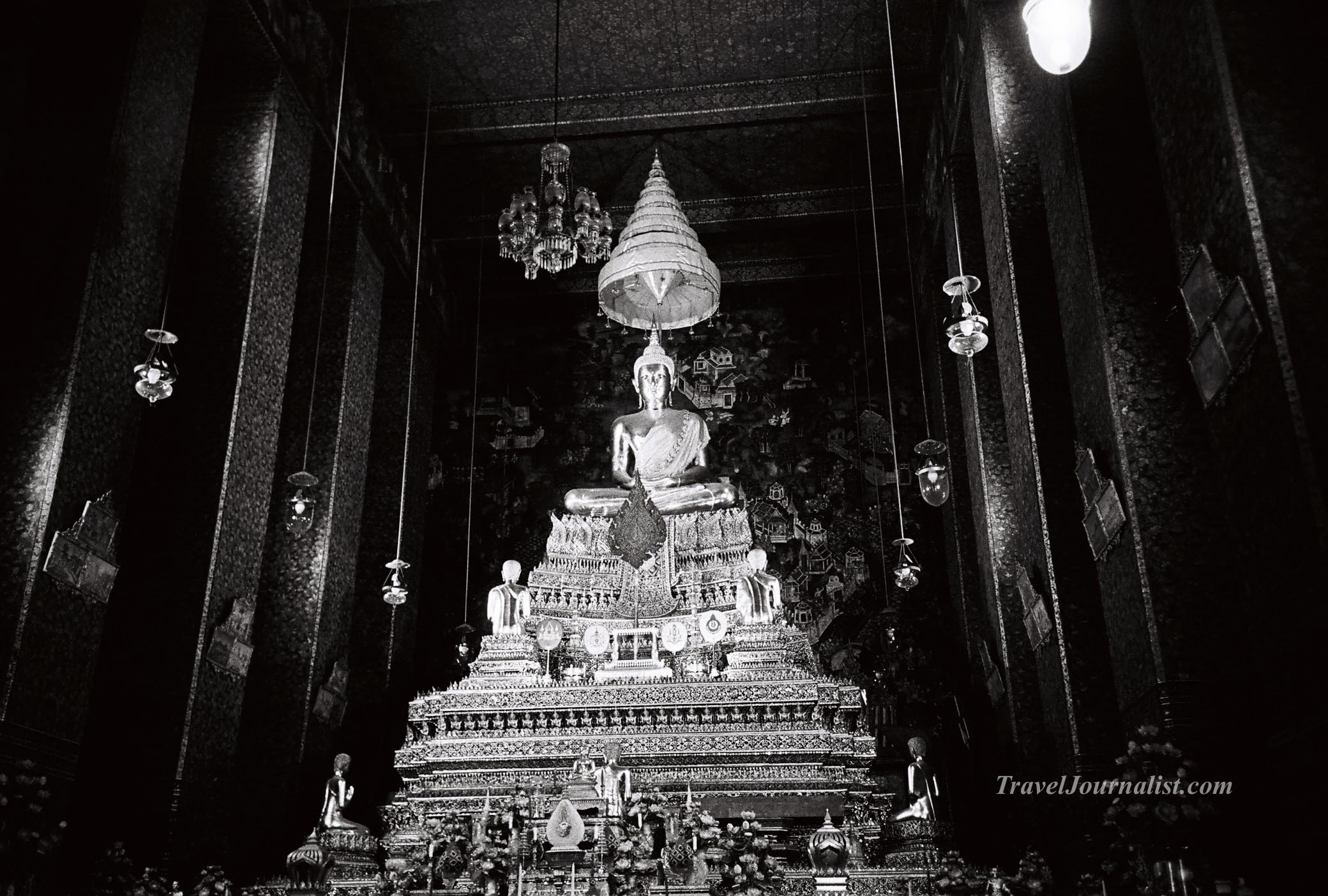
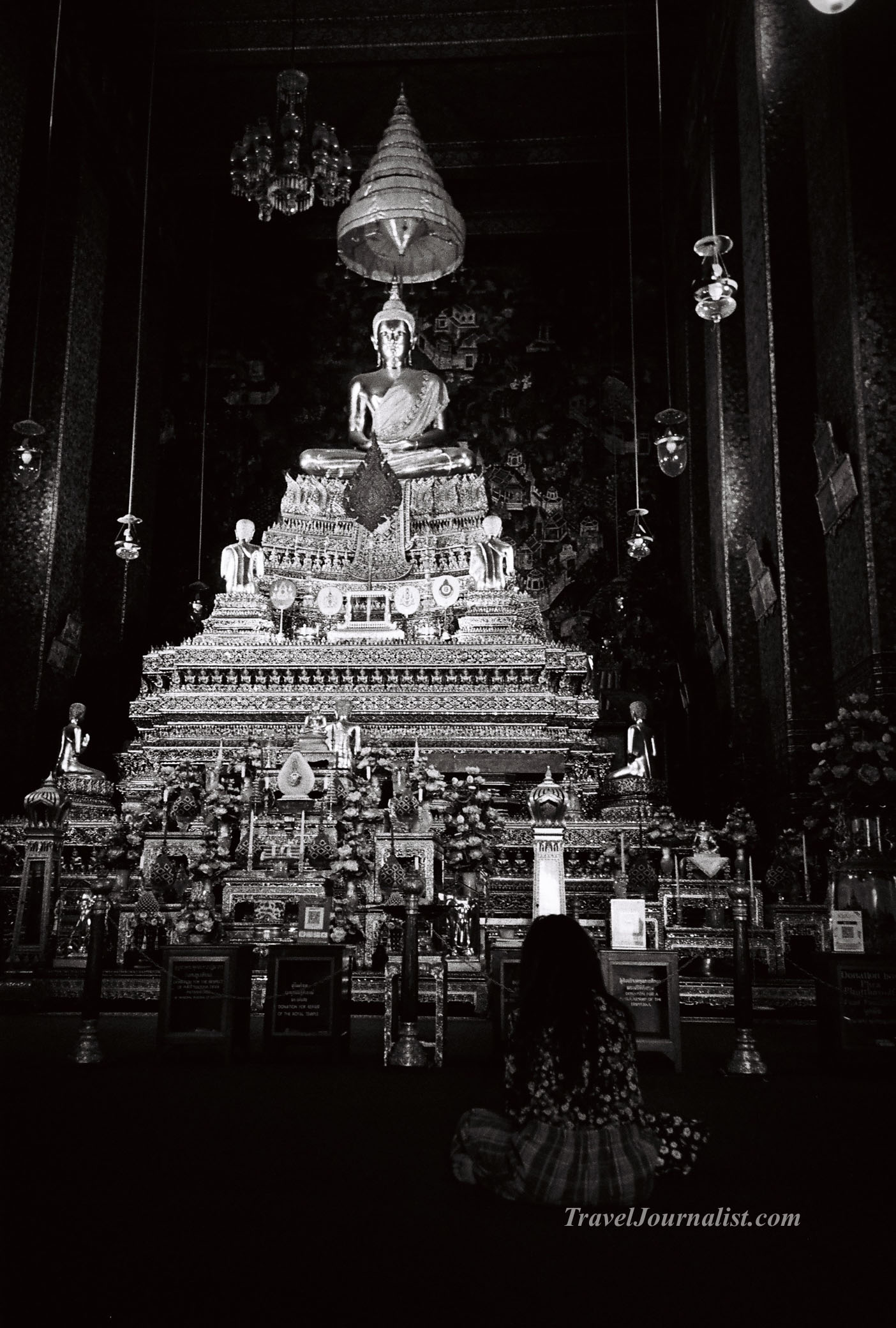
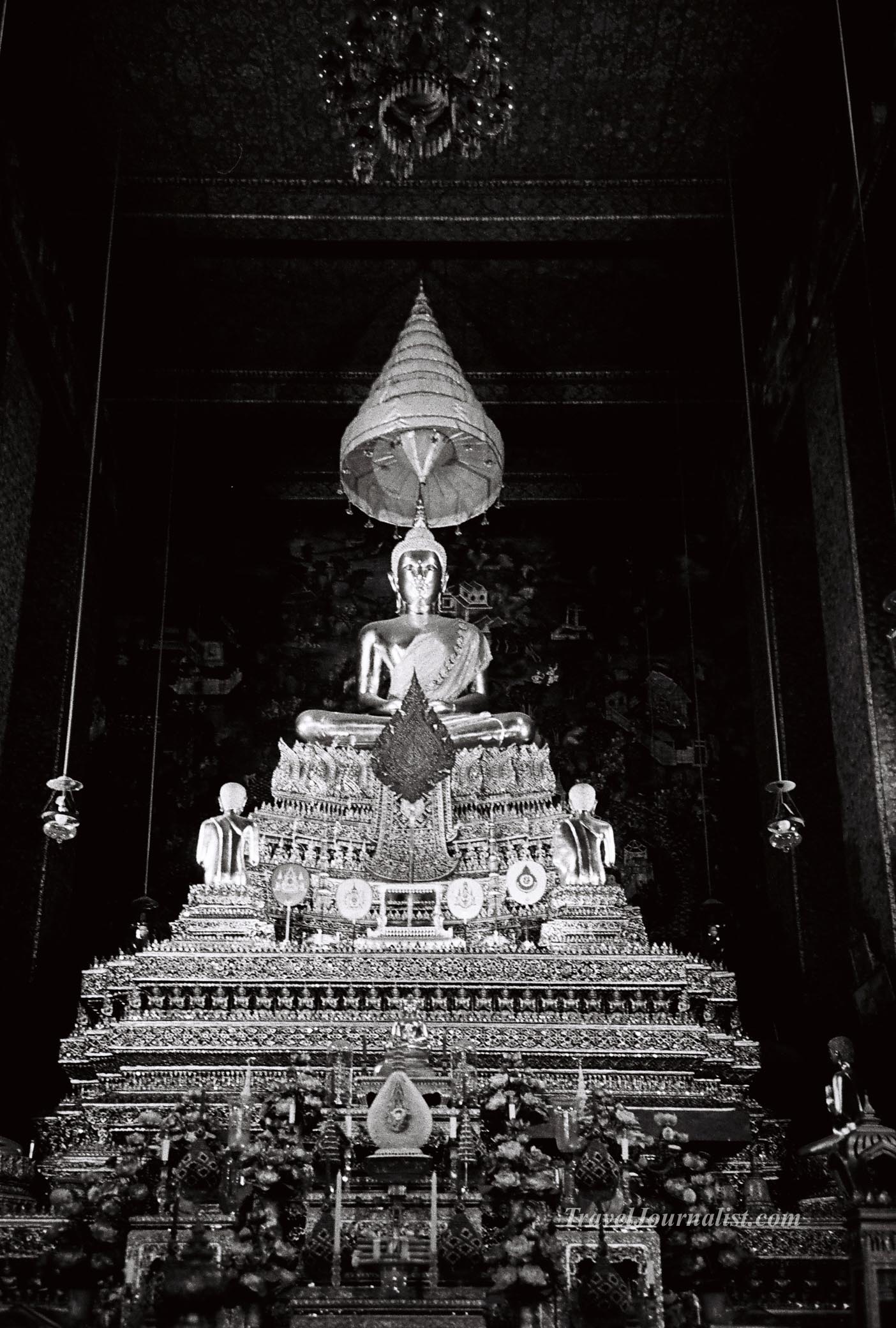
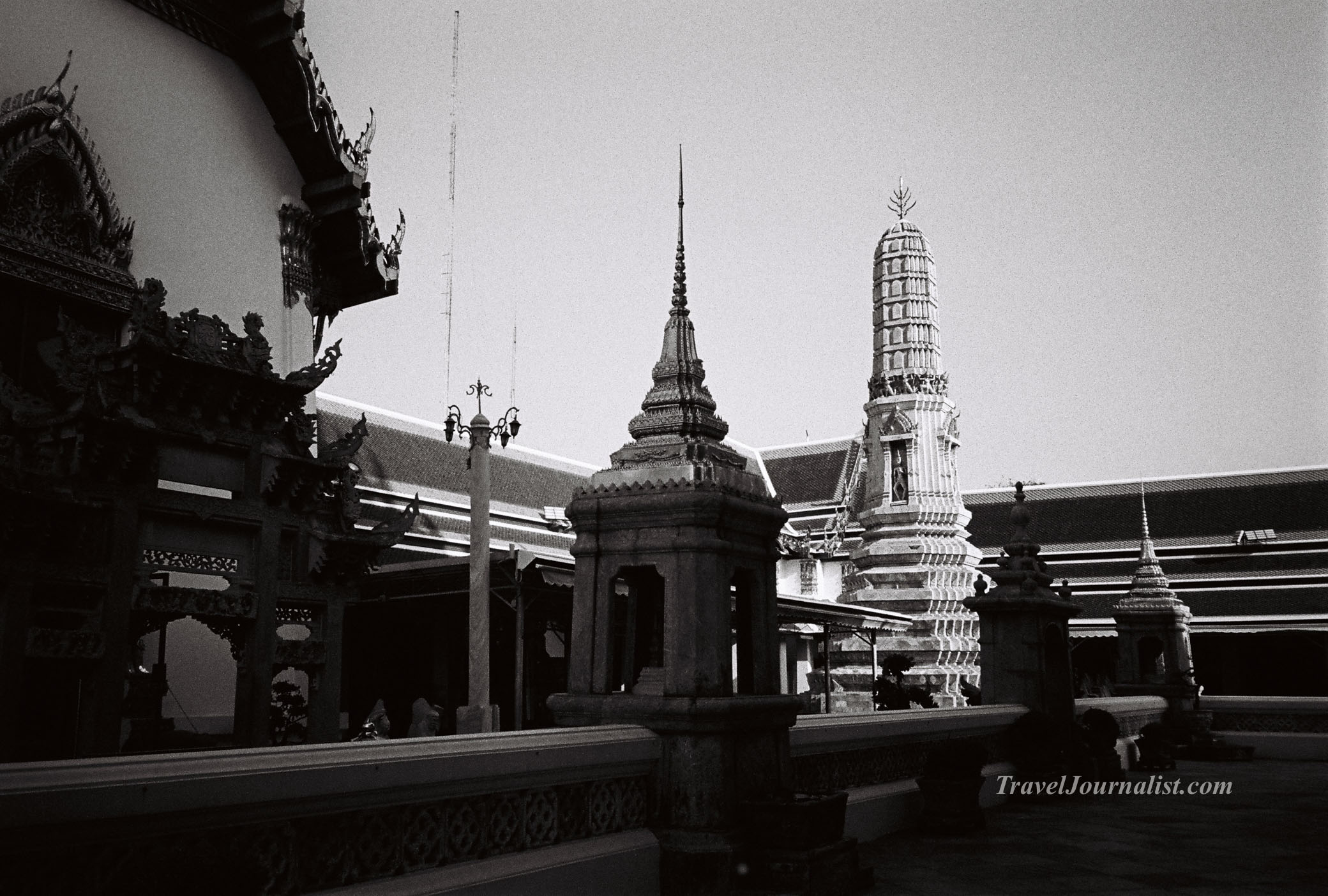
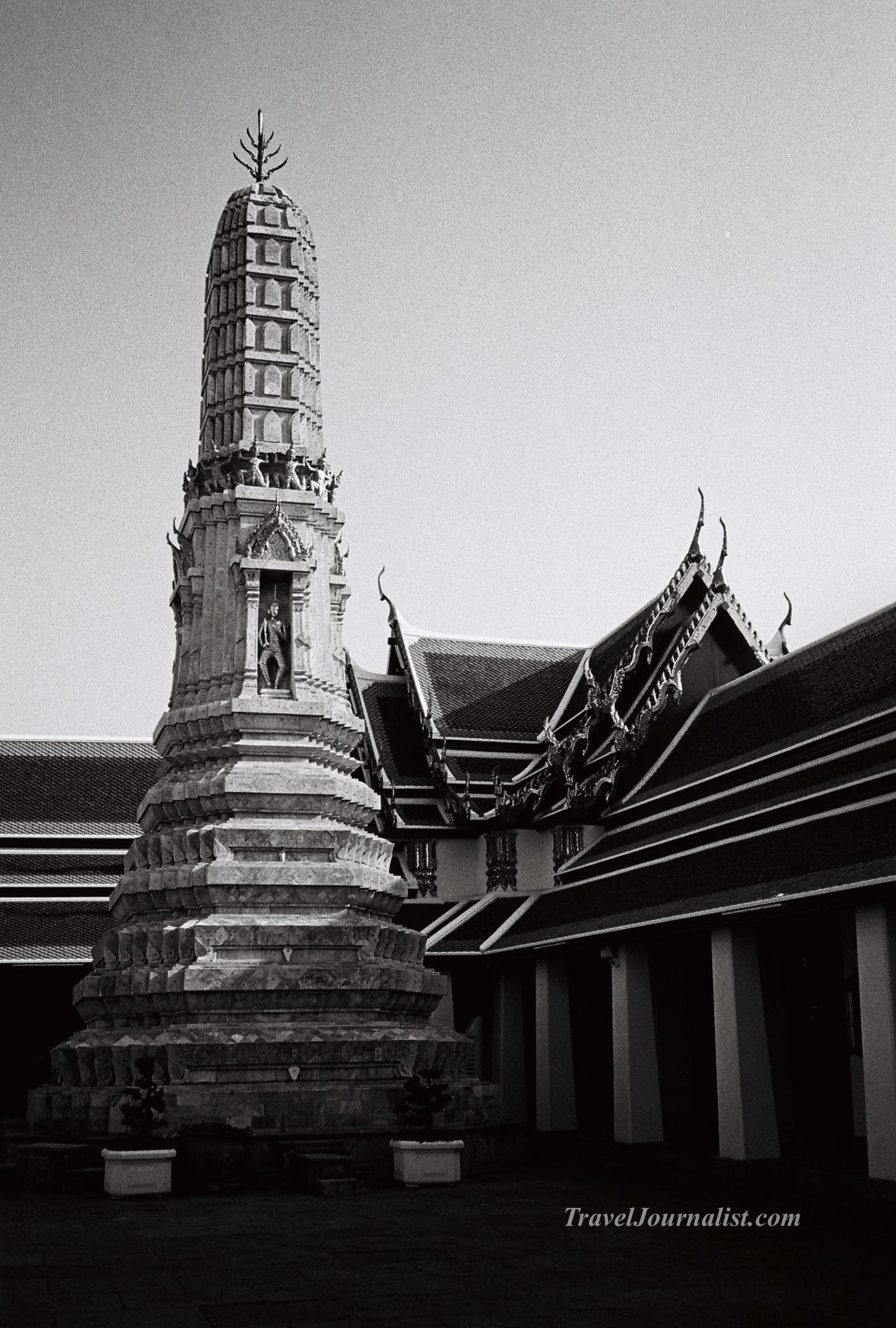
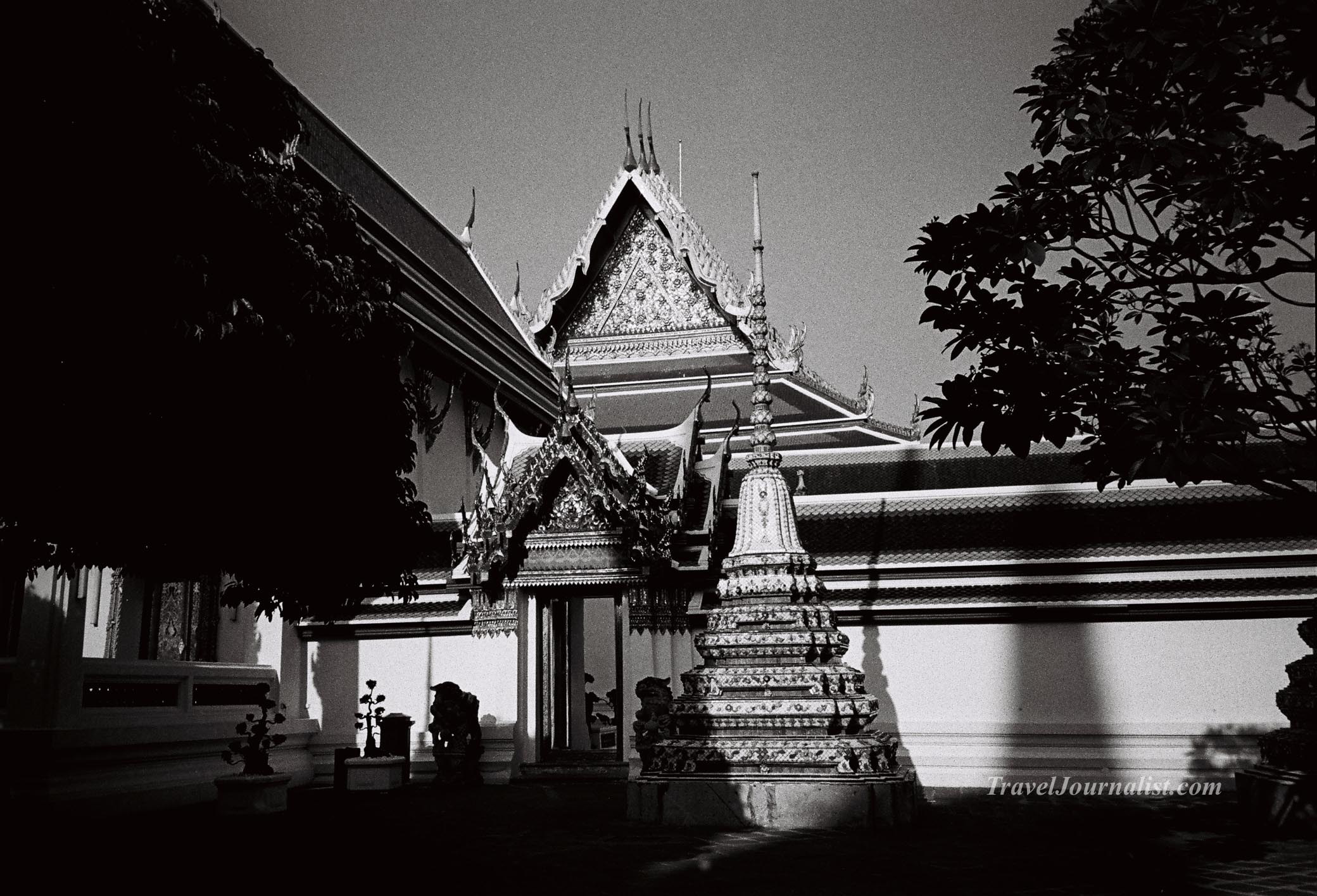
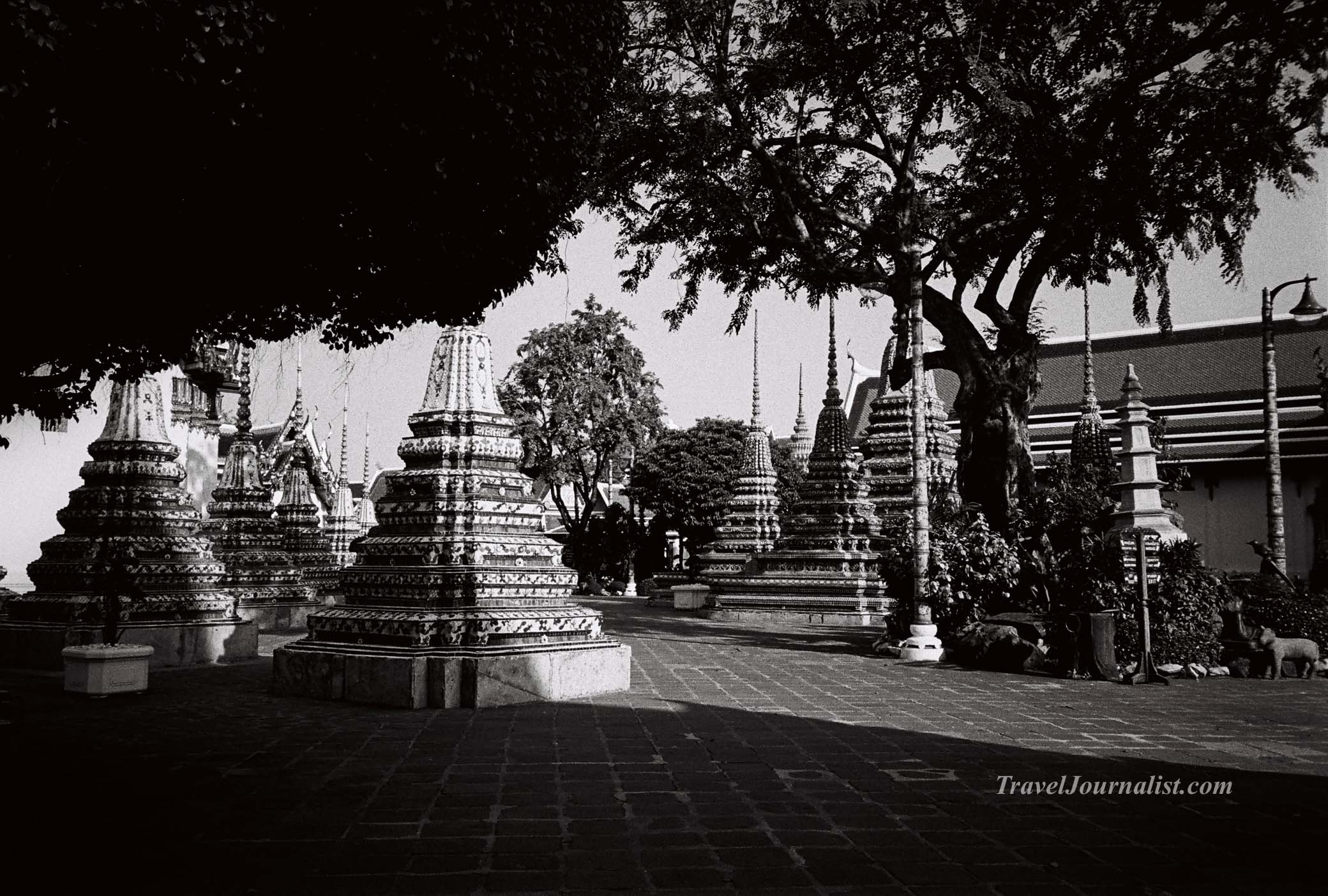
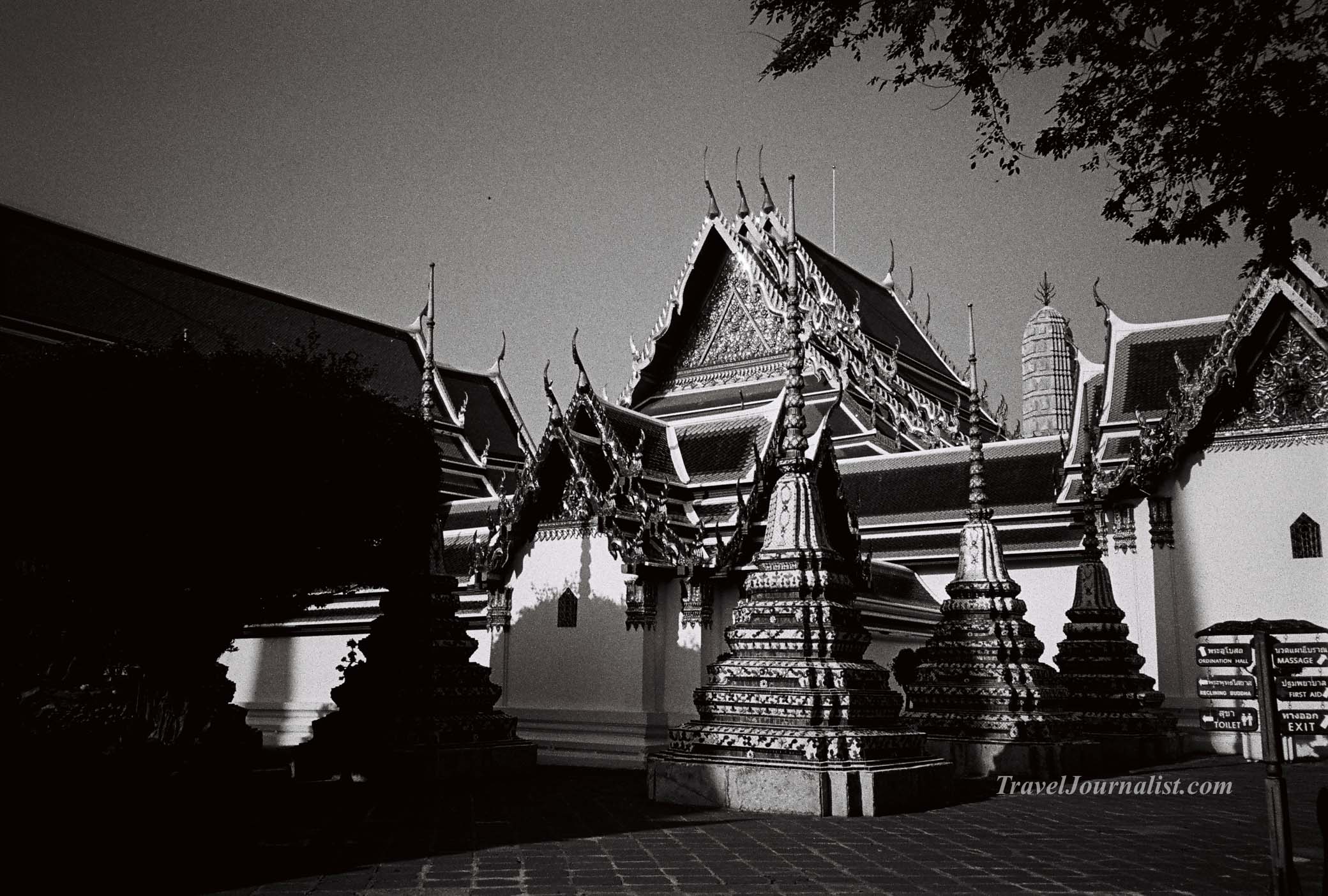
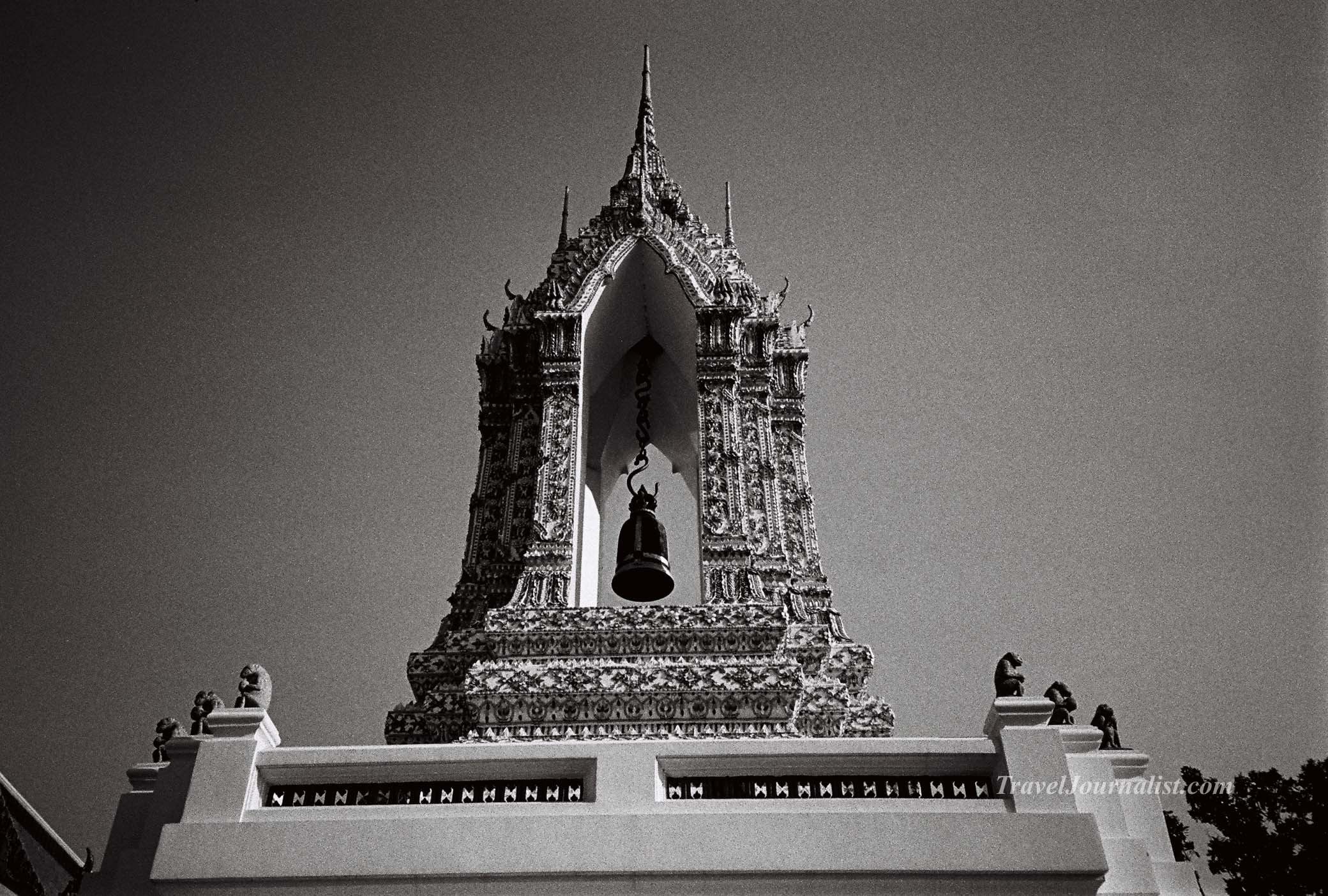
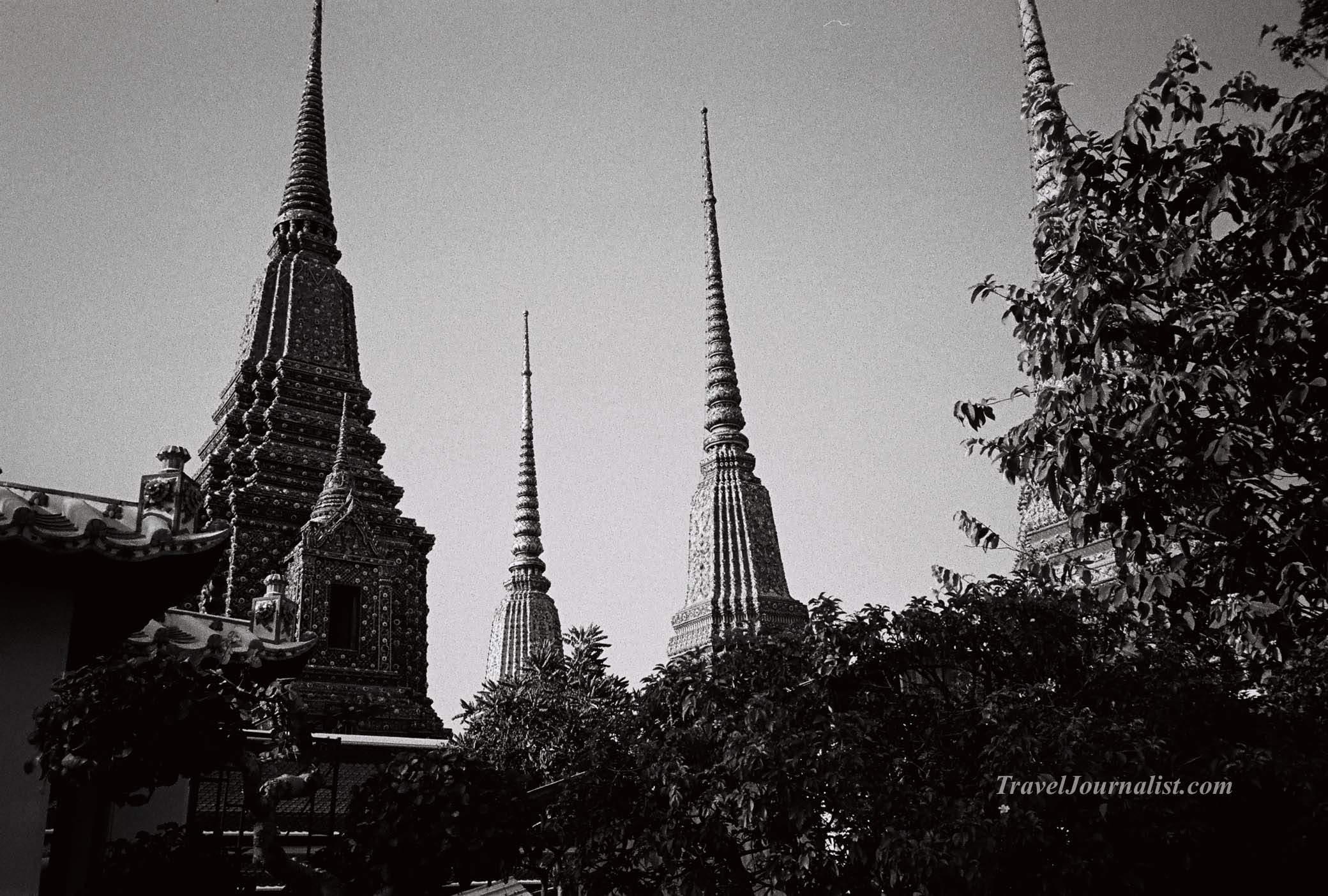
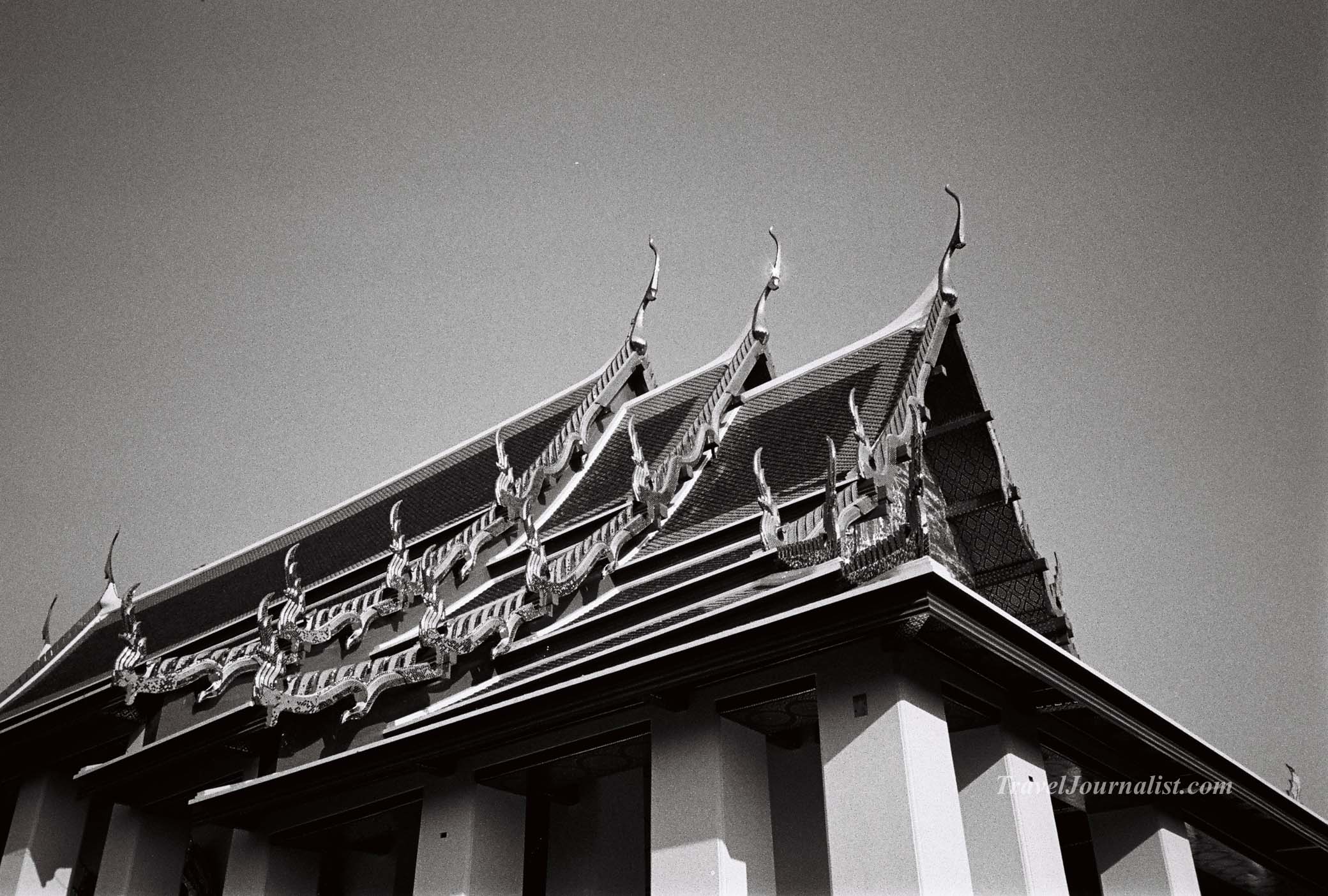
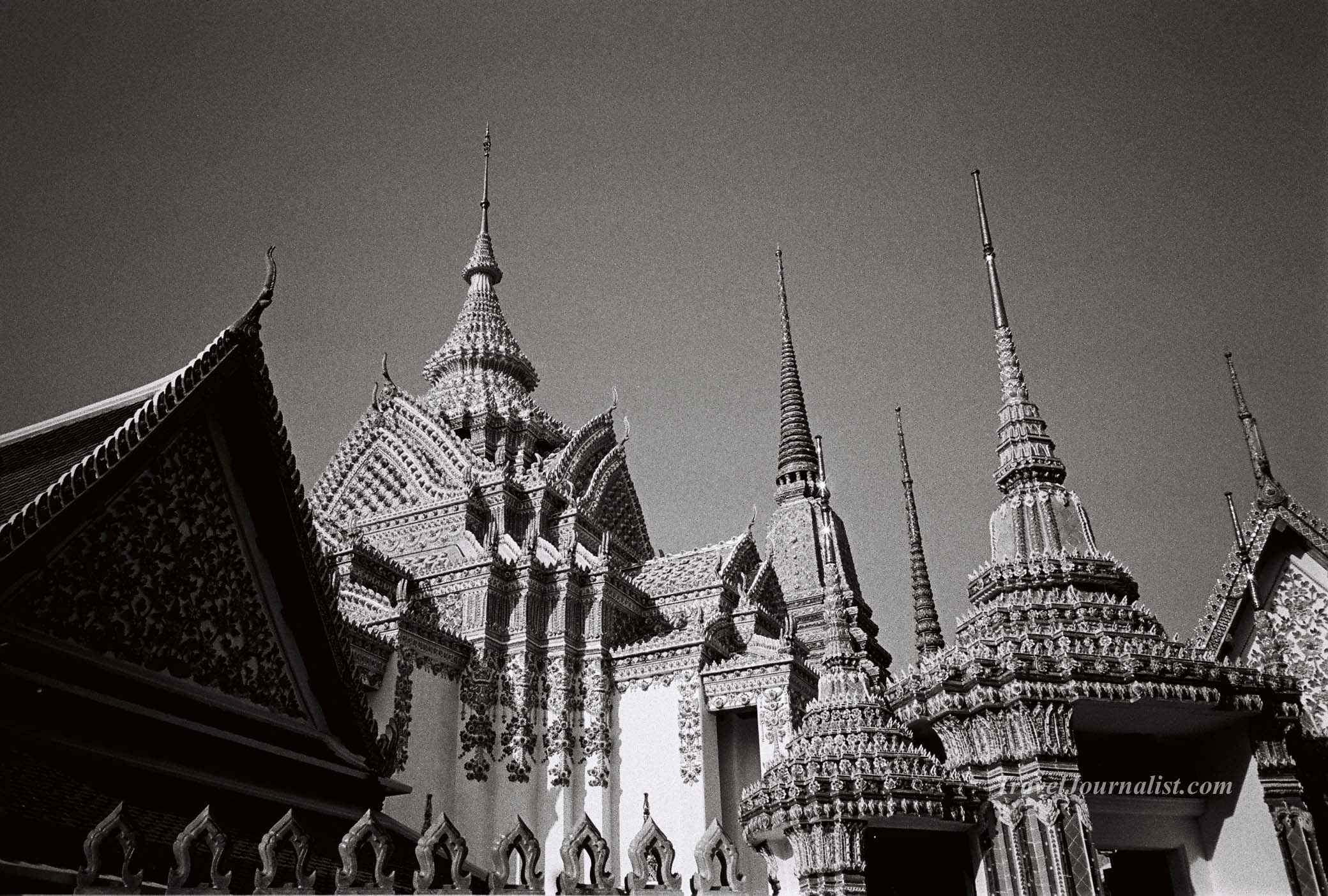
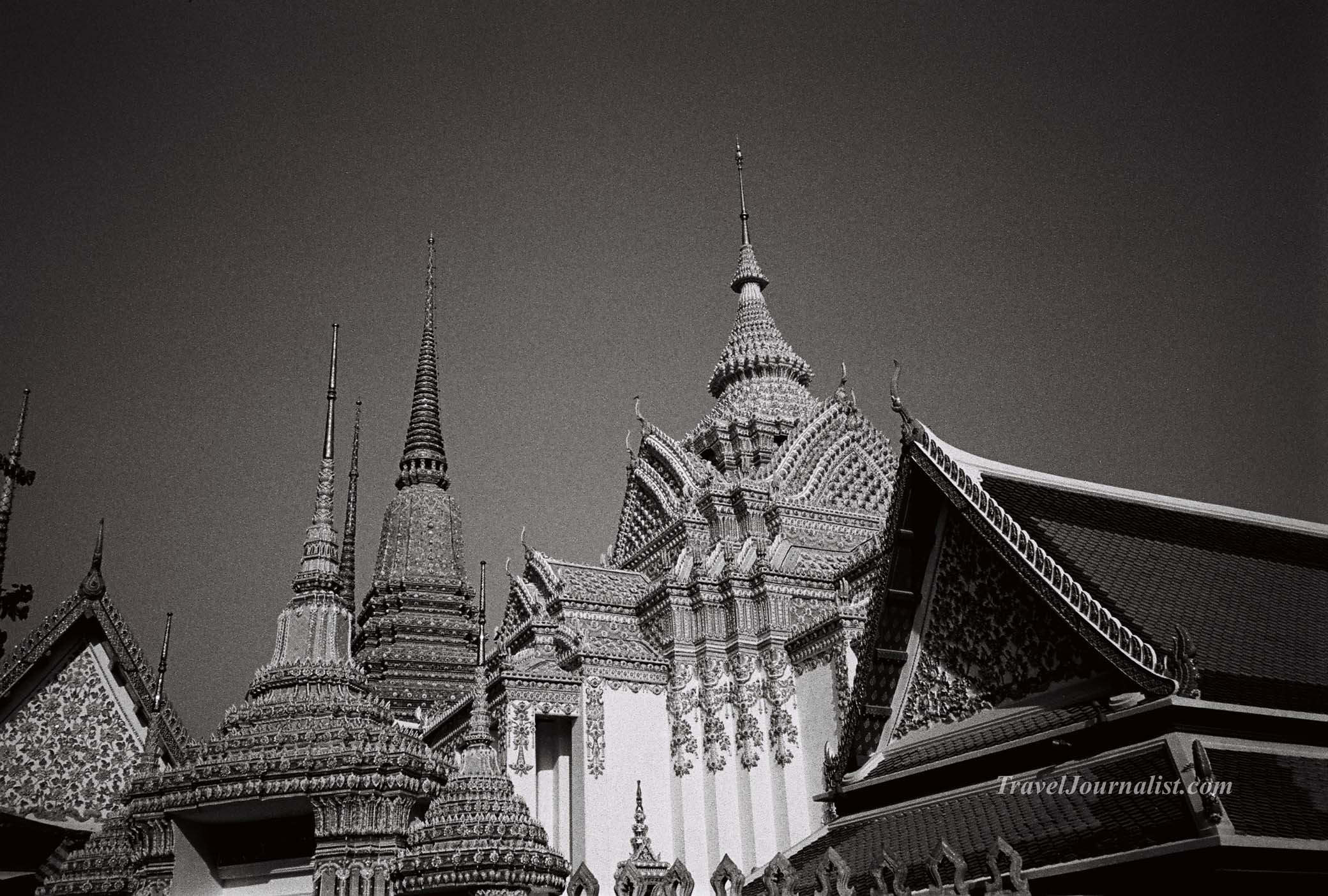
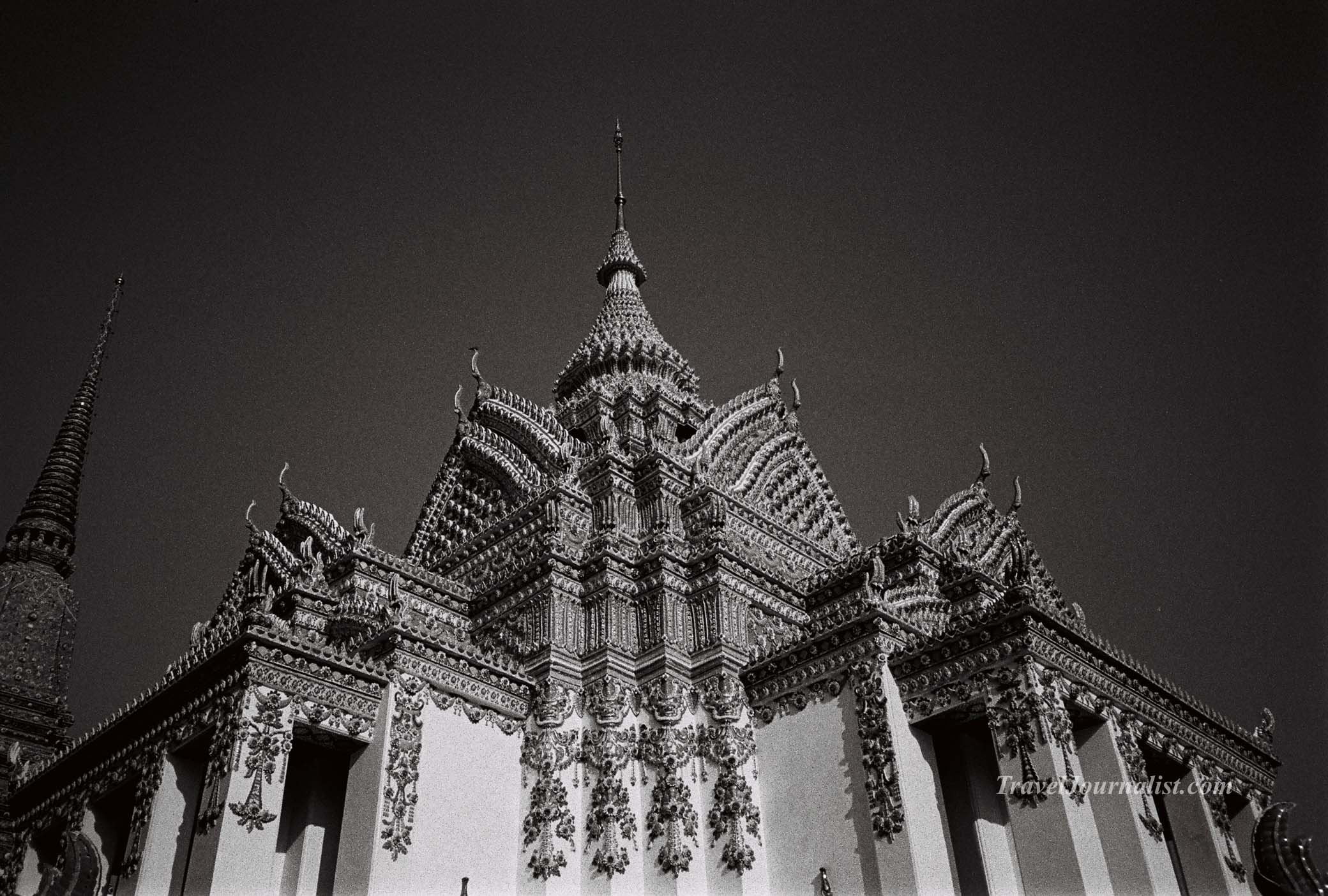

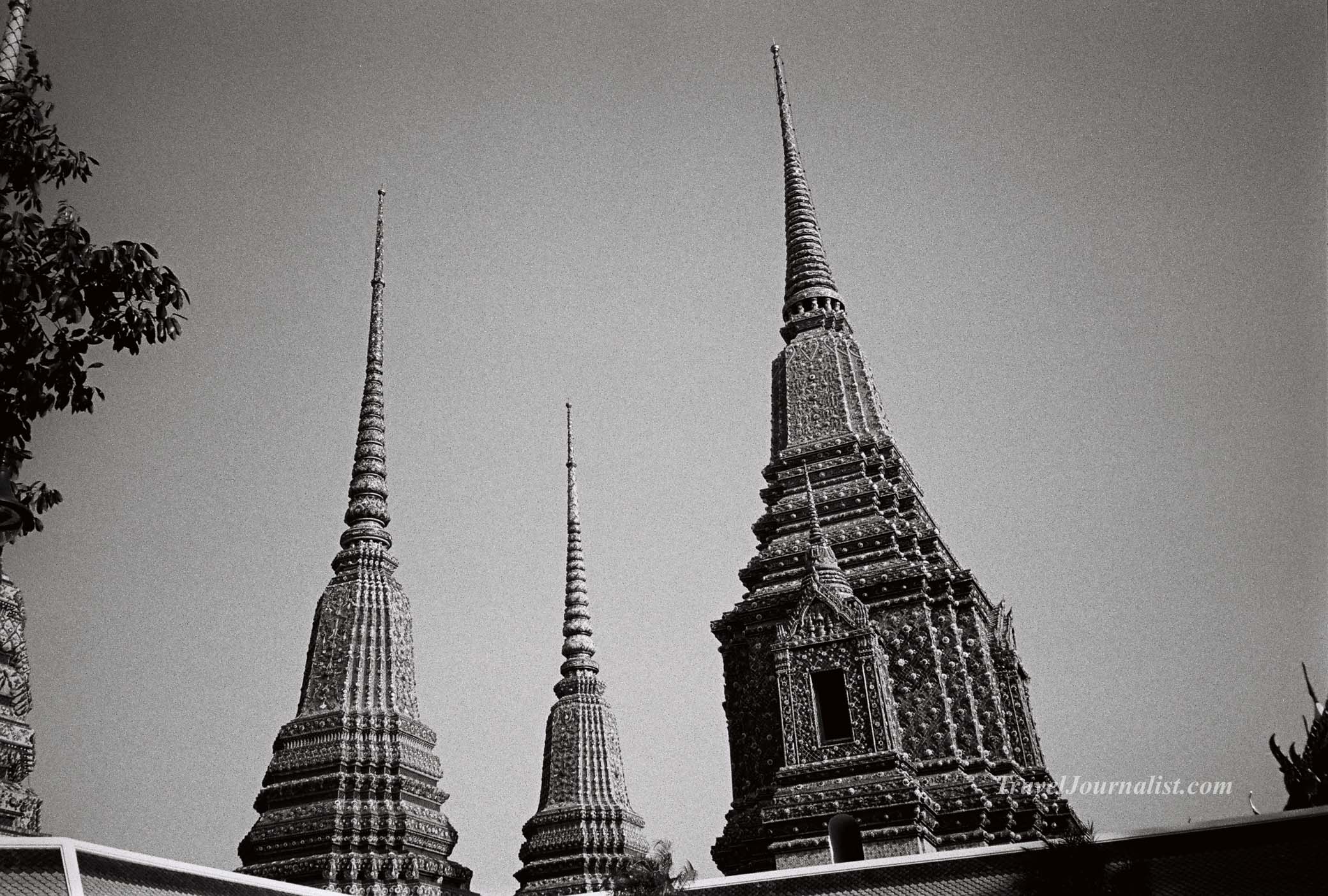
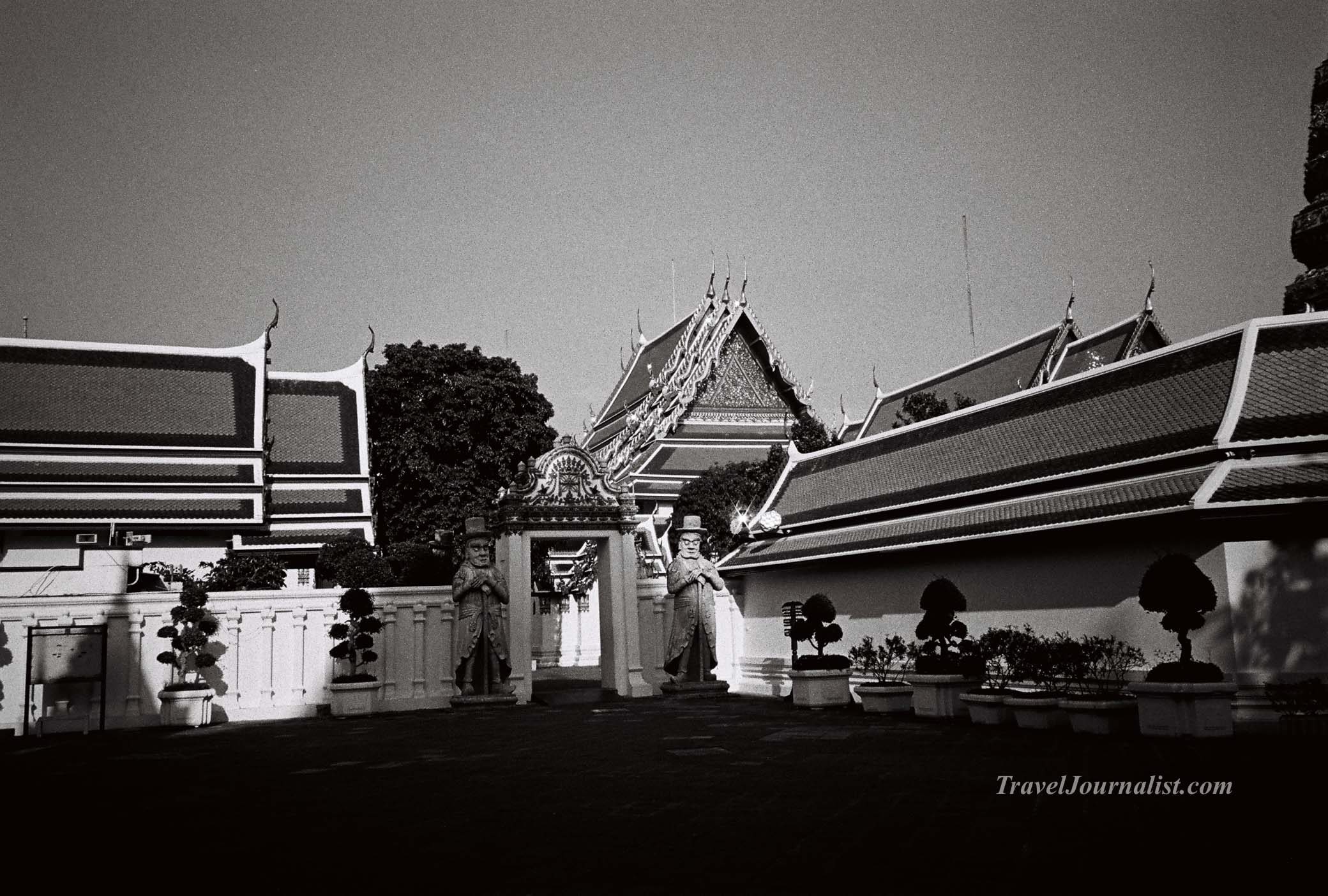
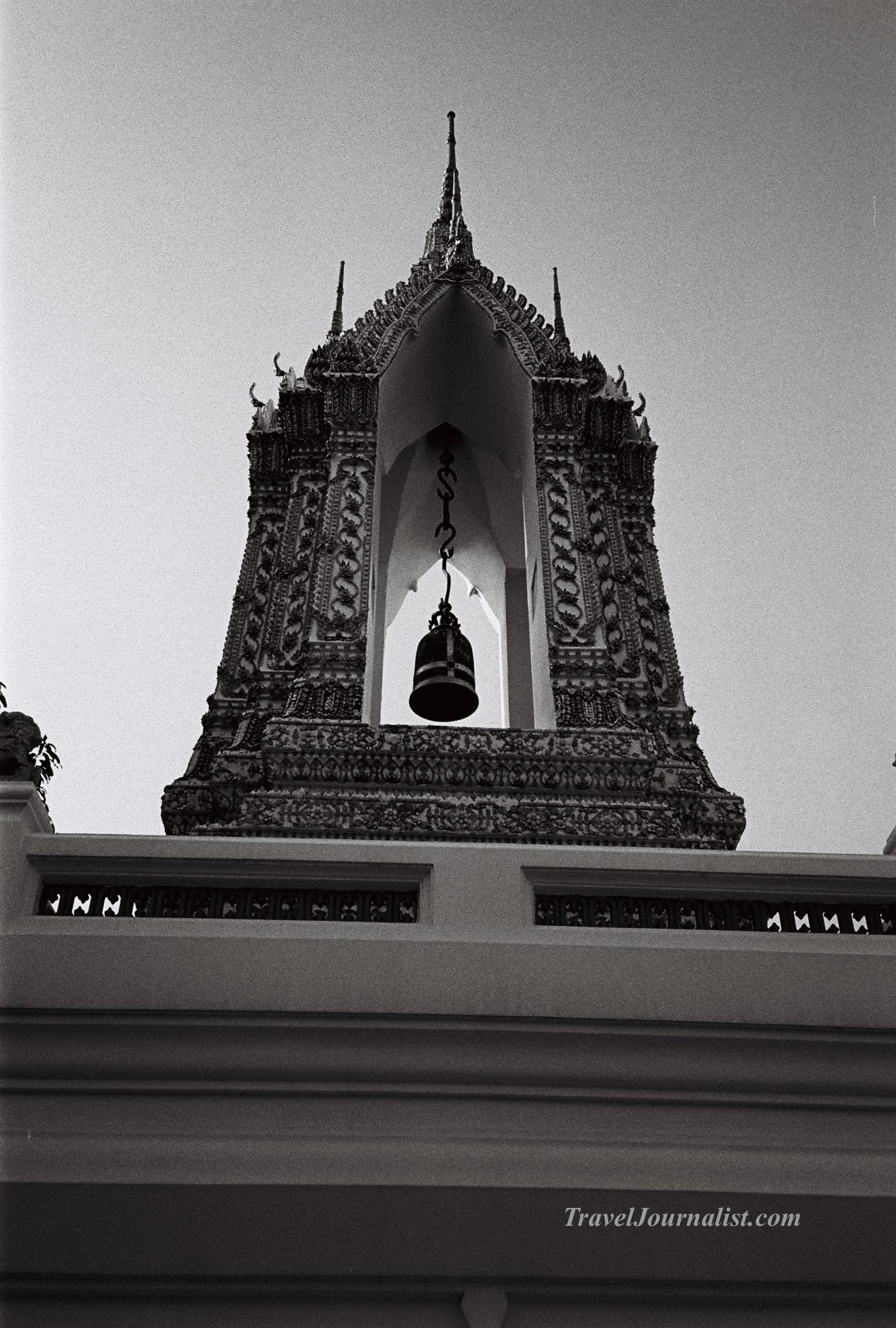
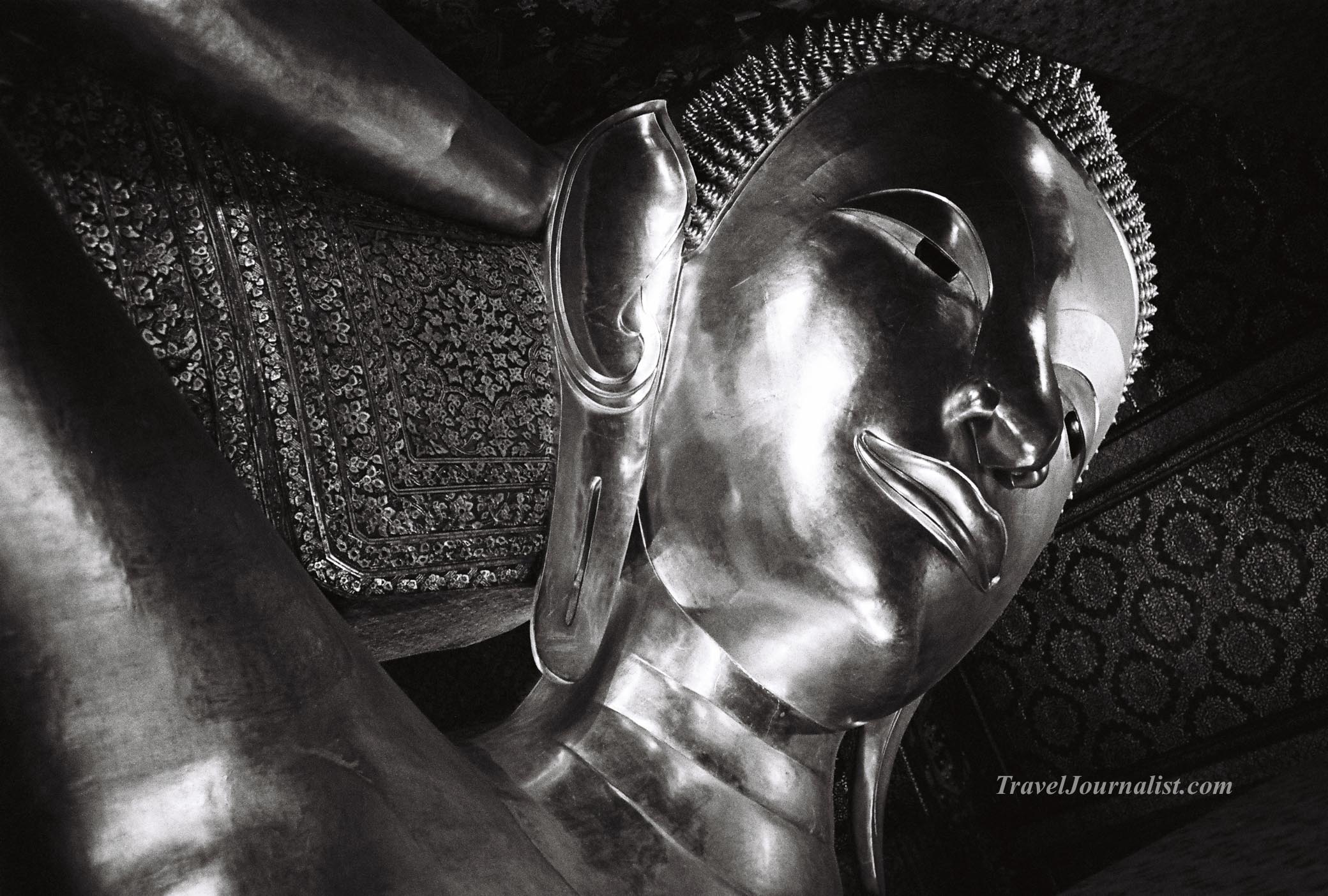
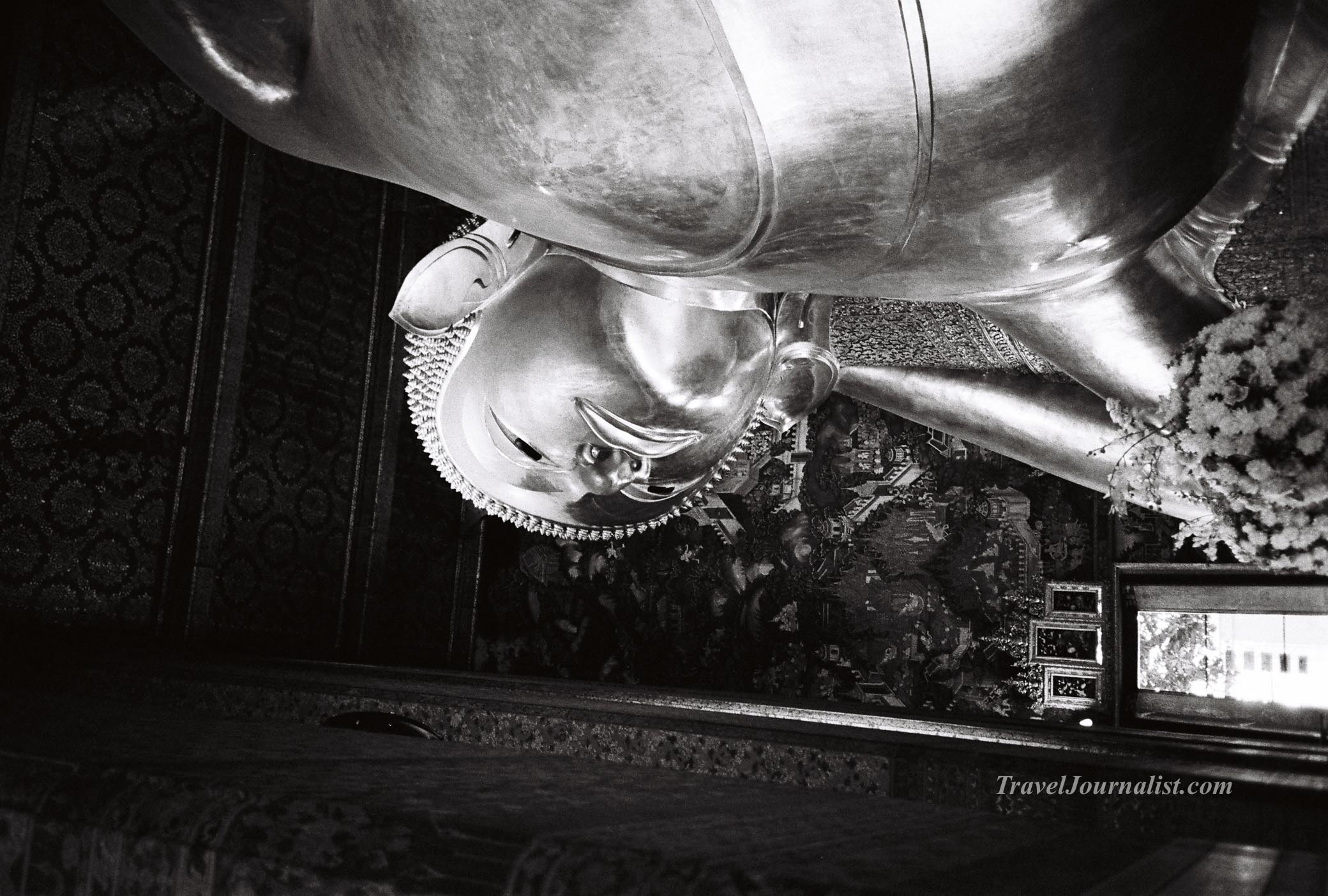
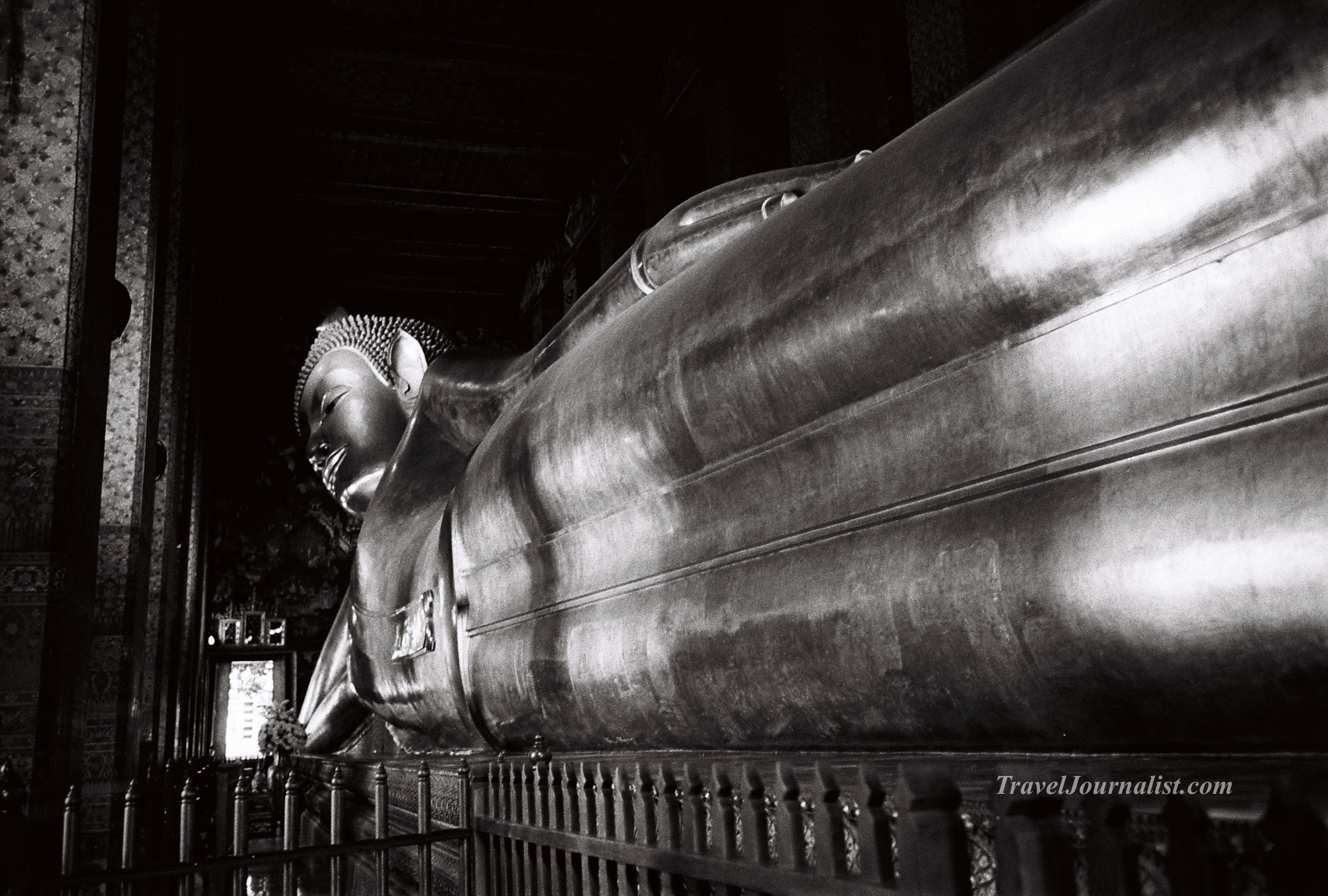
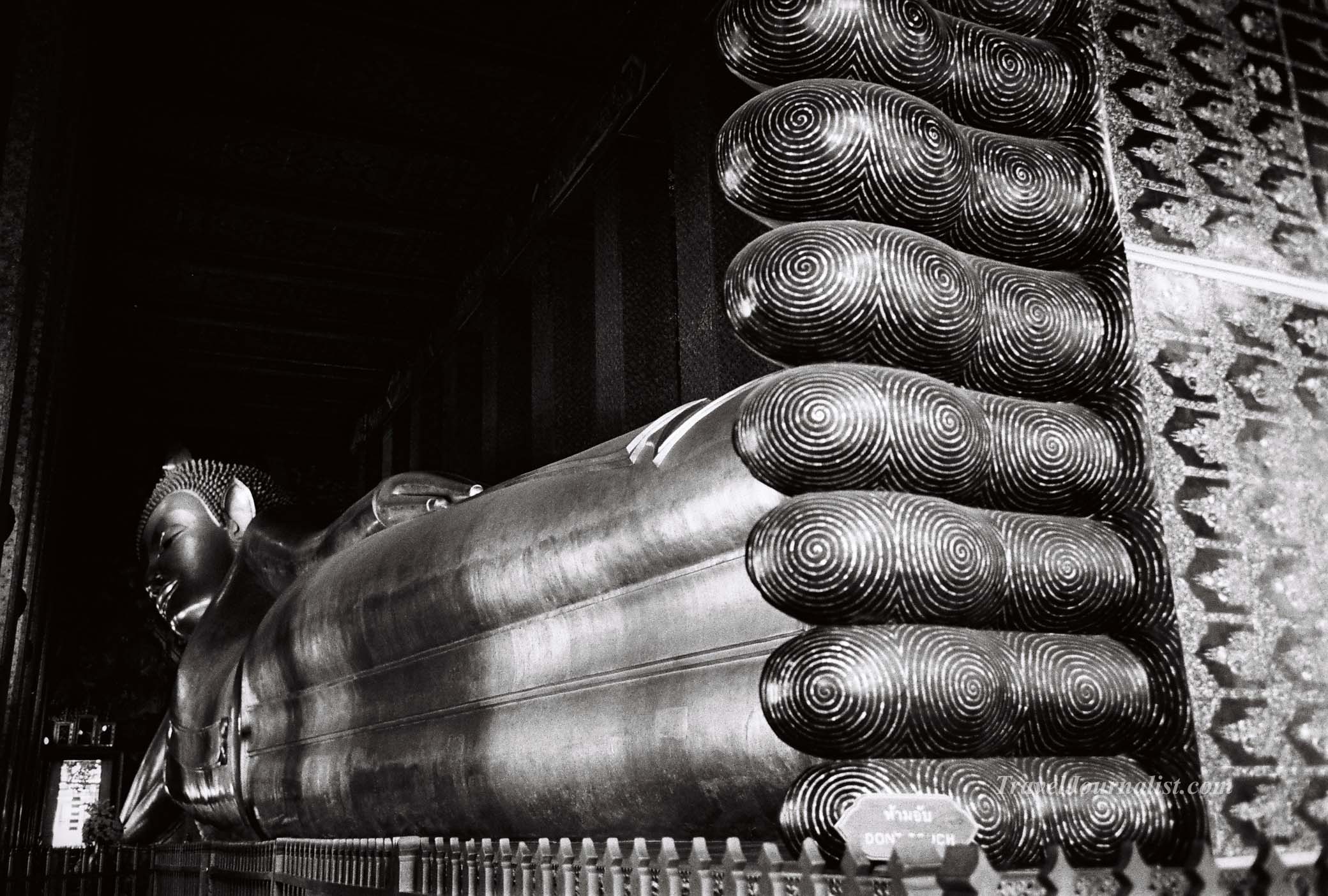
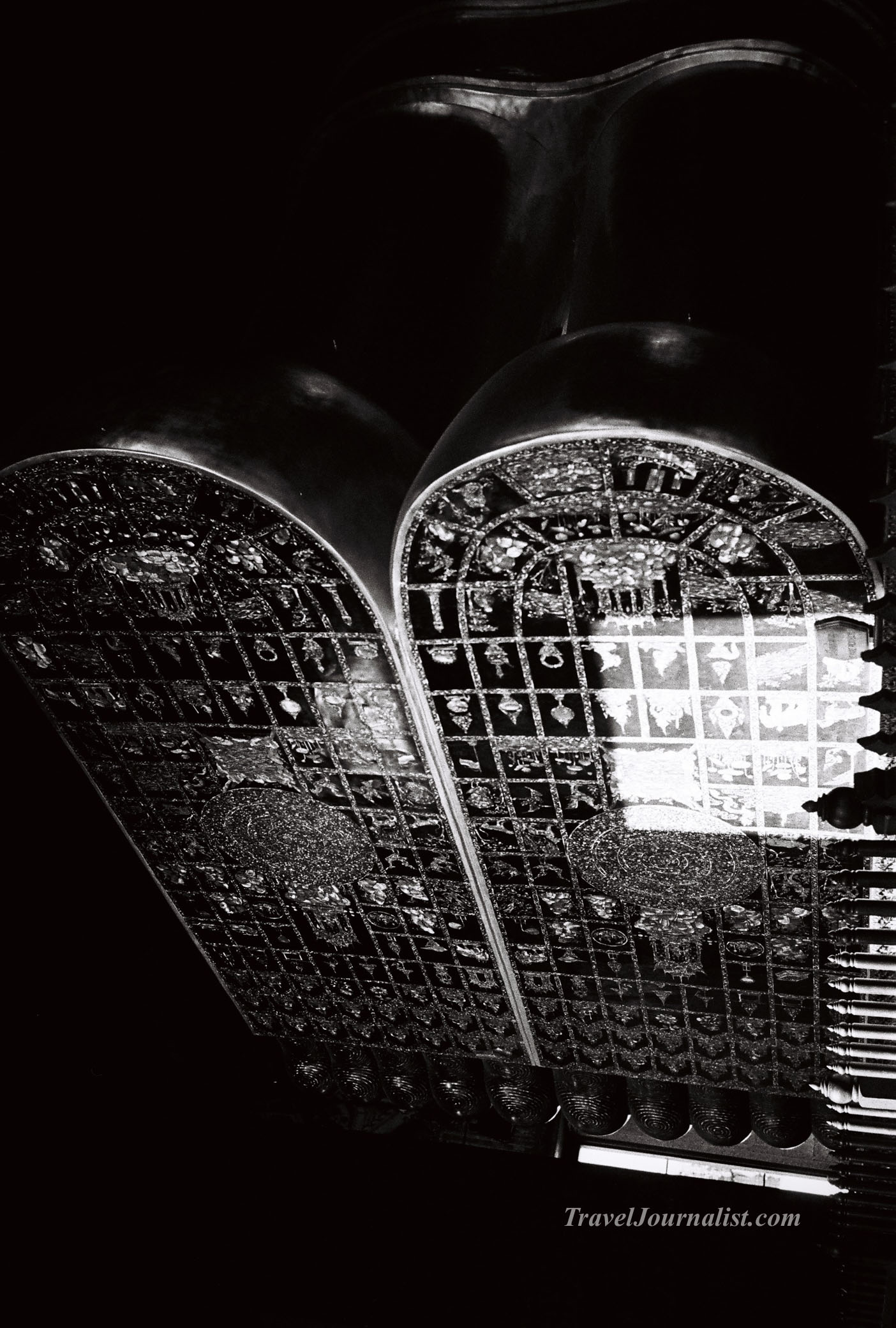
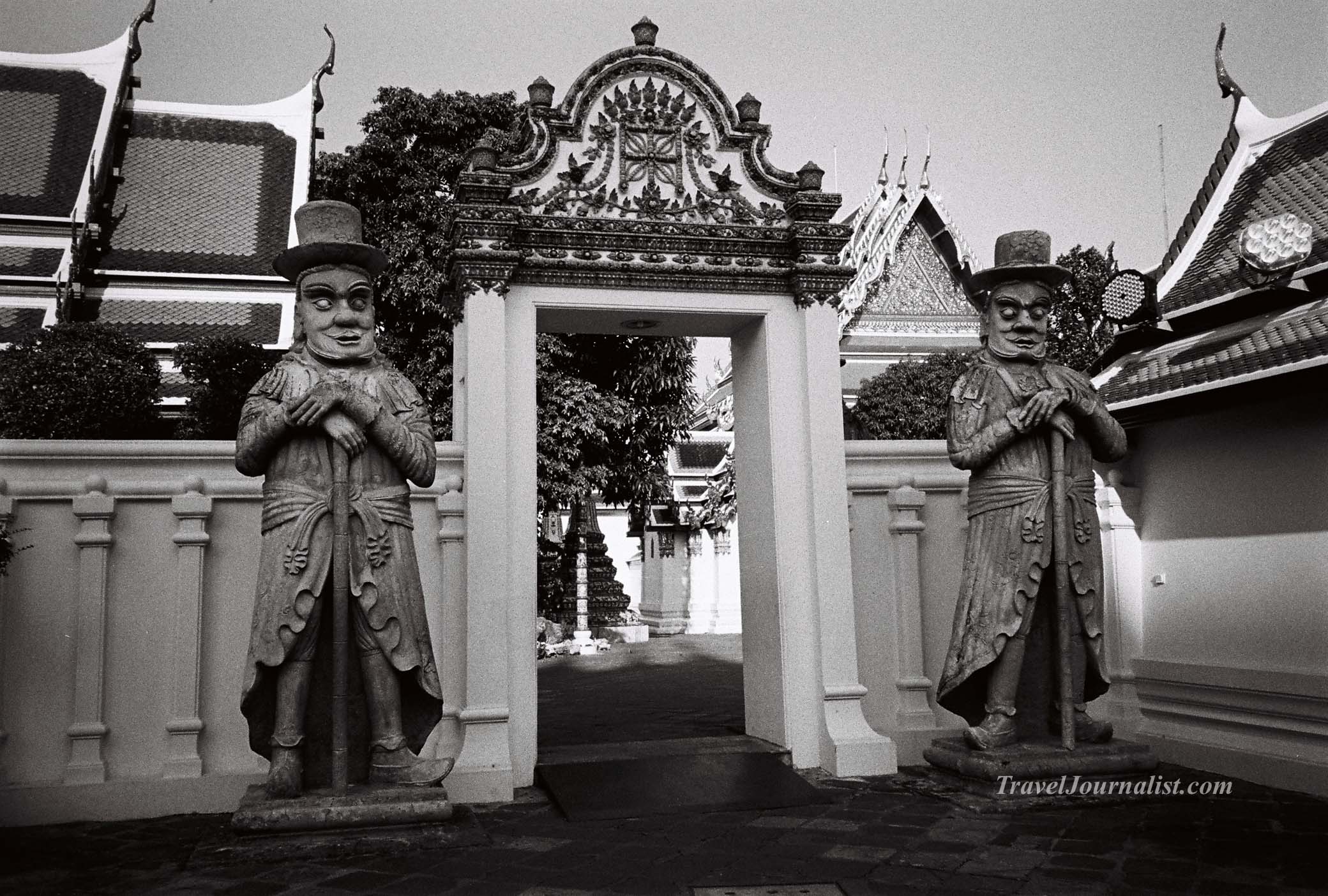

If you have any questions or comments …
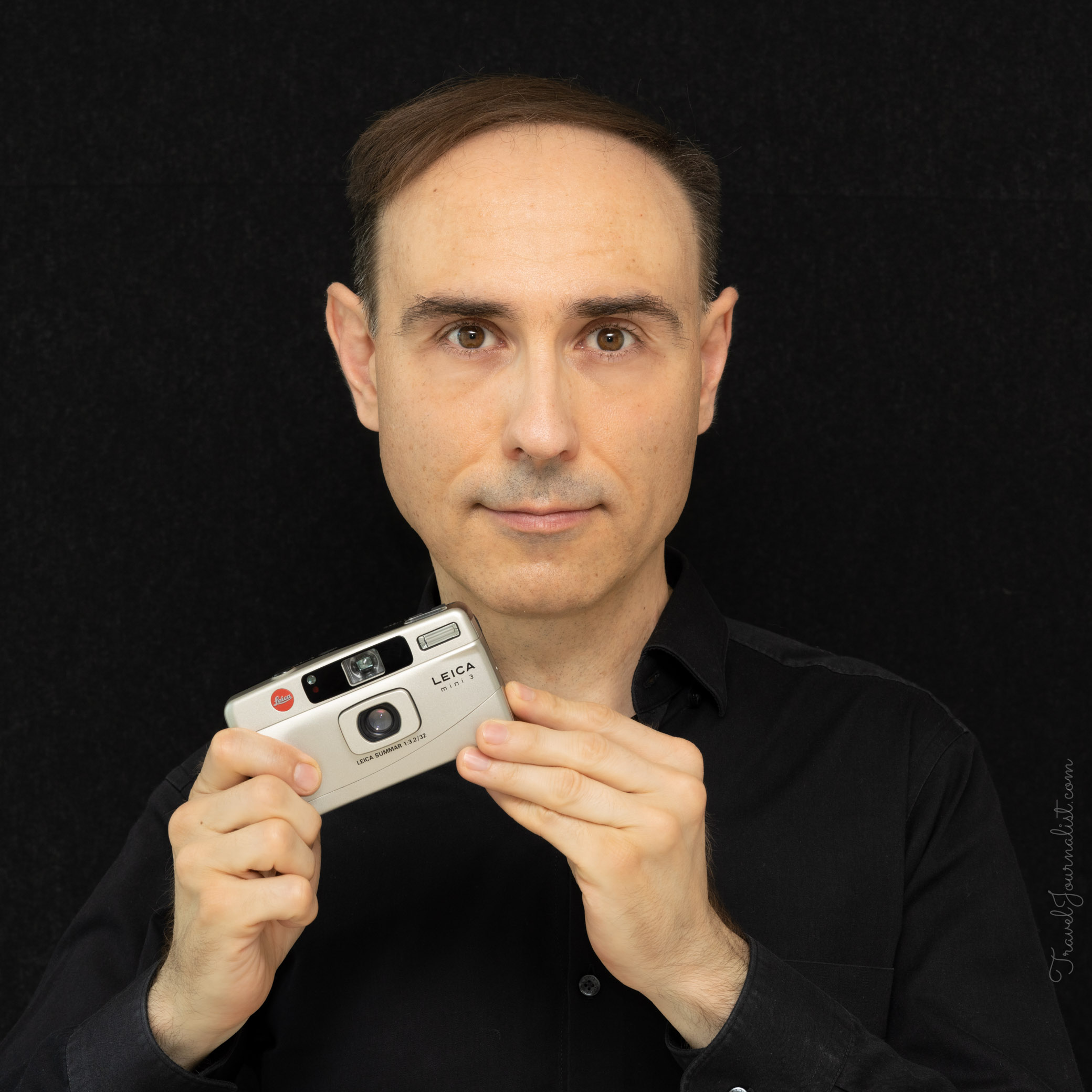
You can contact me or follow me here :
Facebook
Instagram
Youtube
Email : alexander@traveljournalist.com
